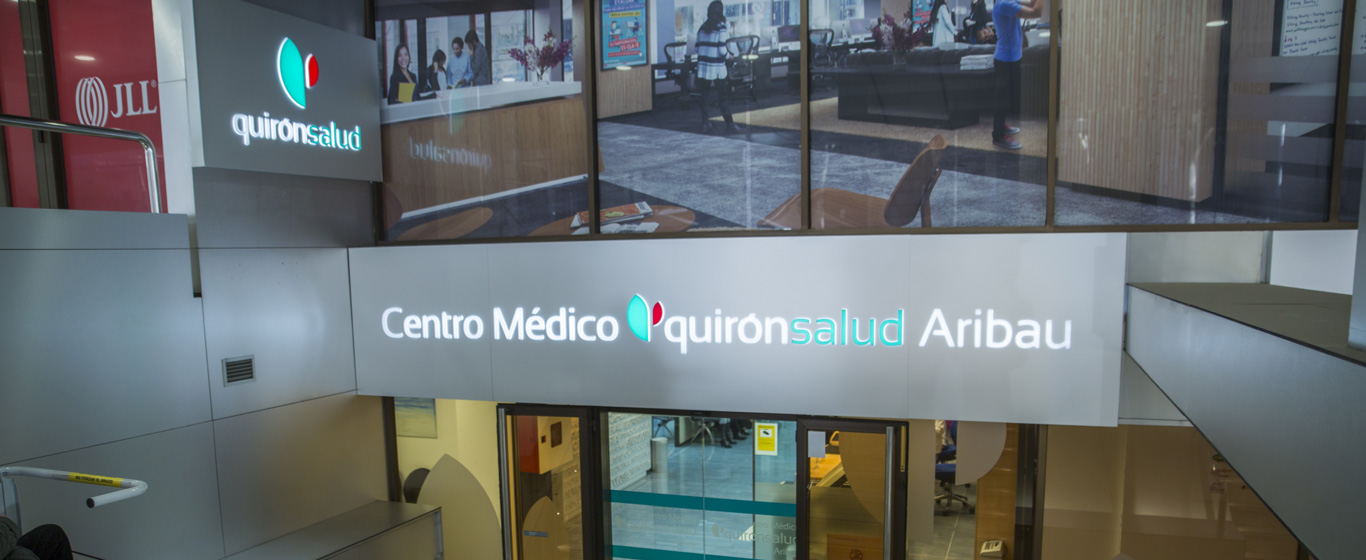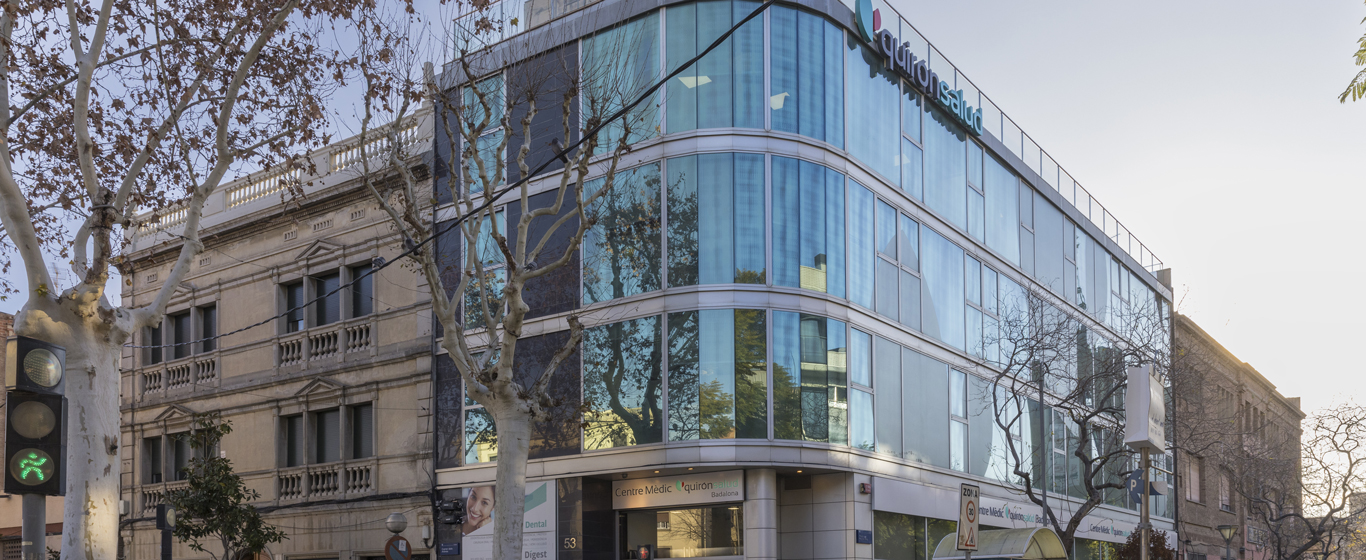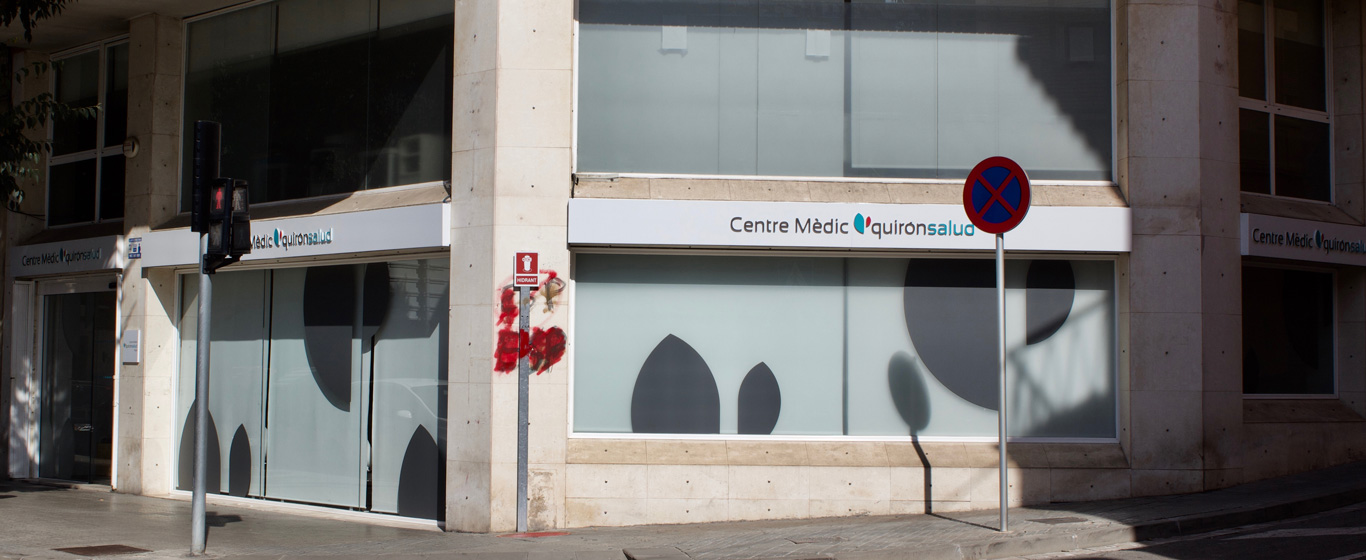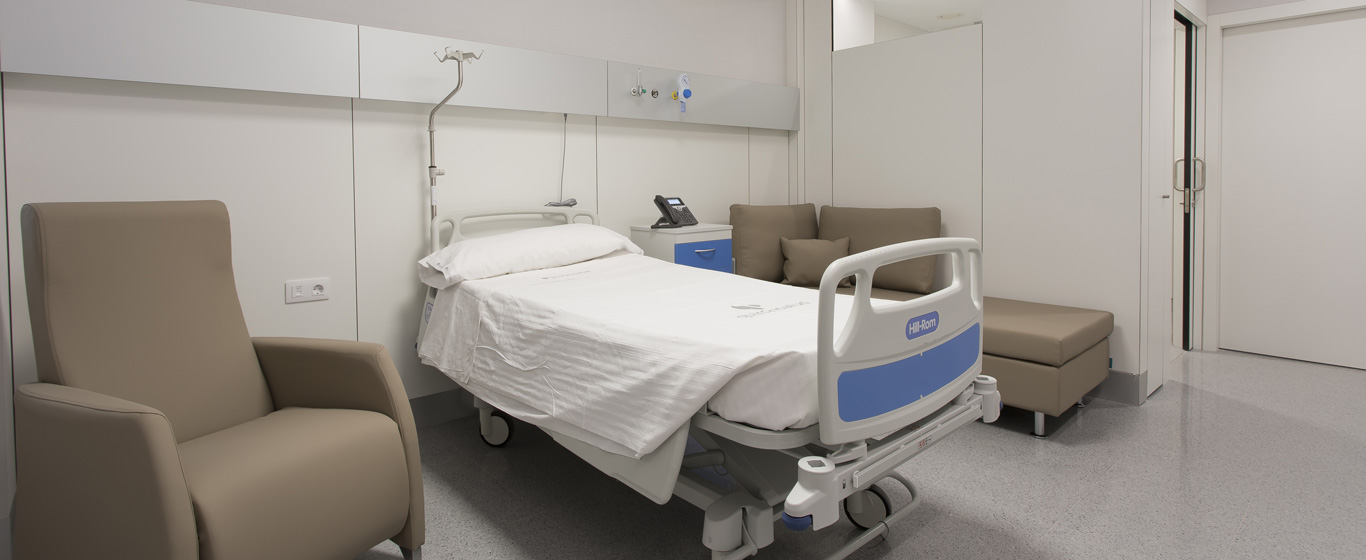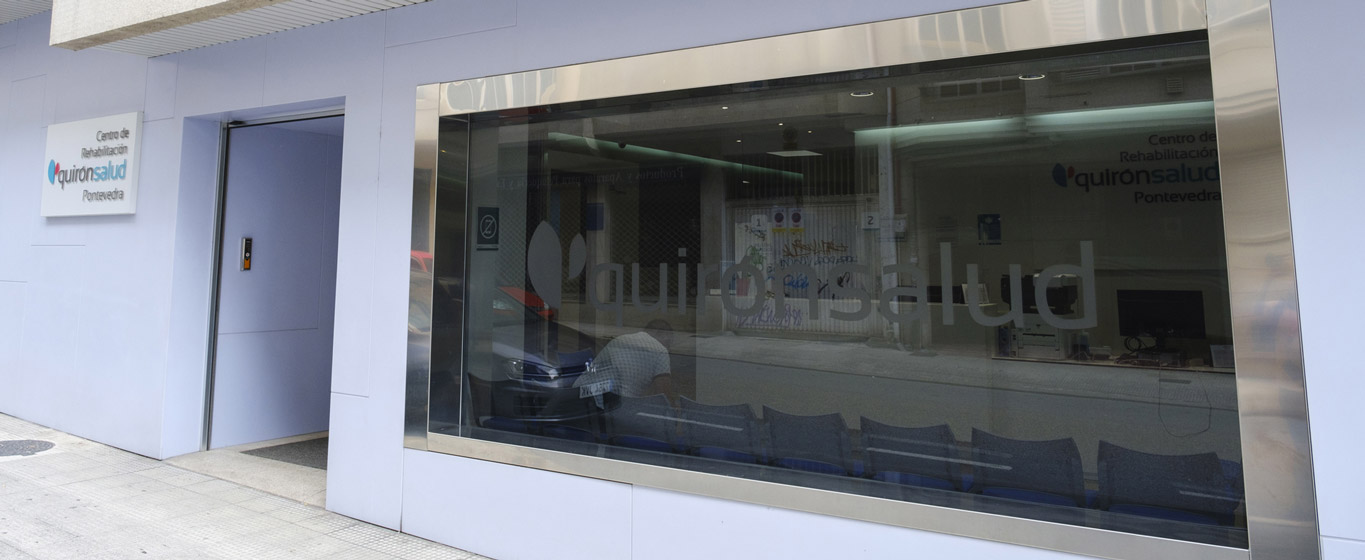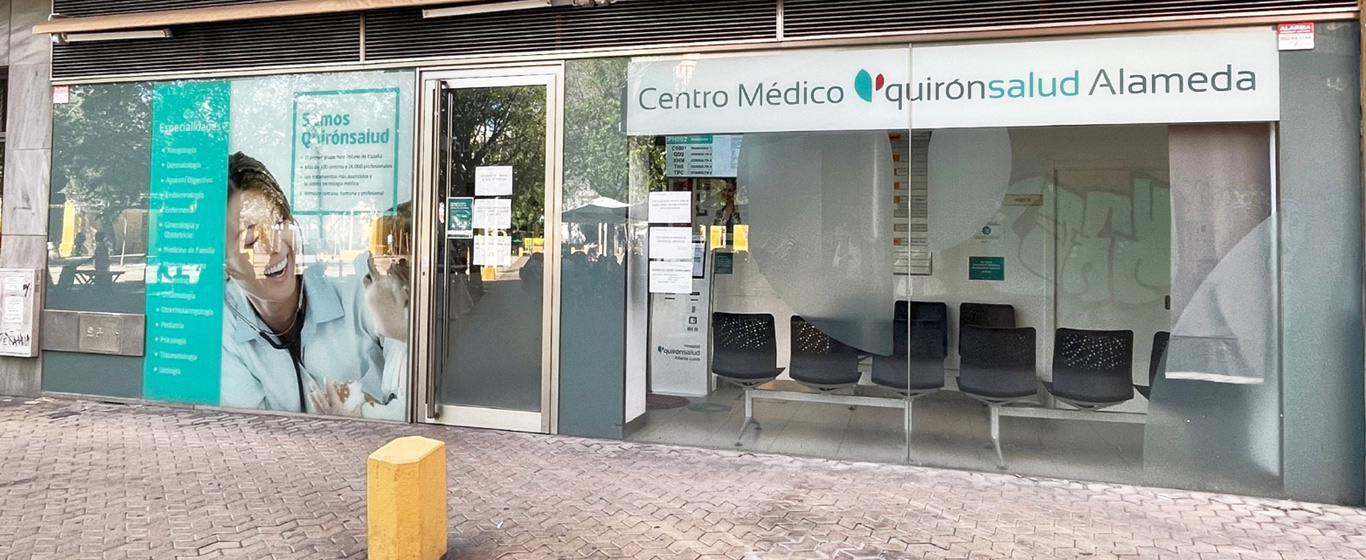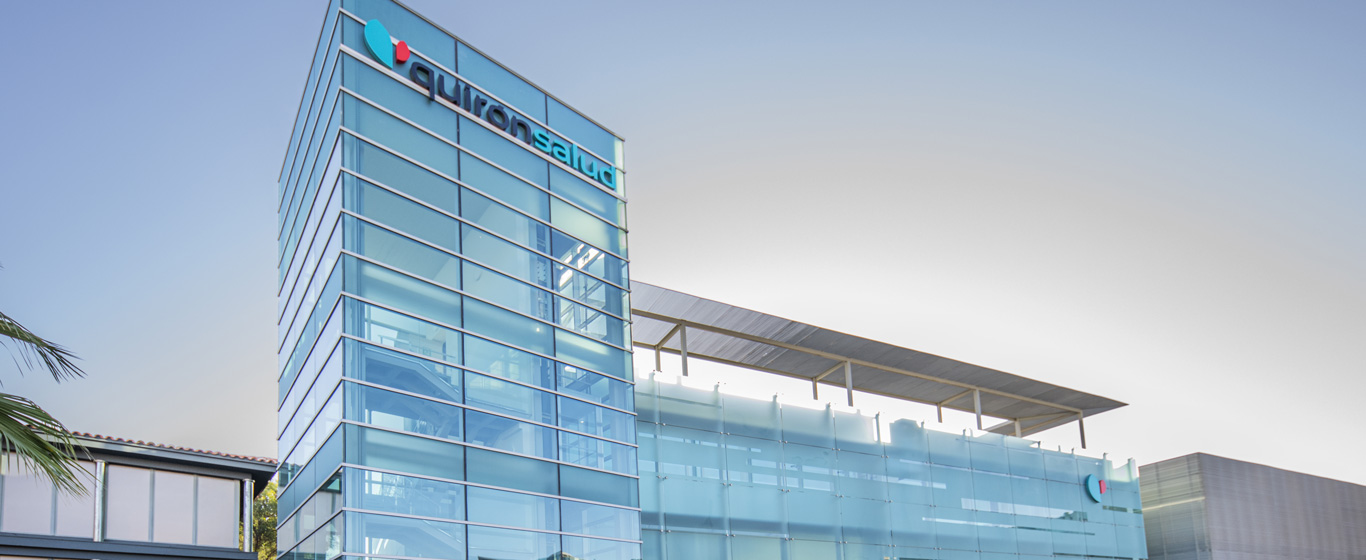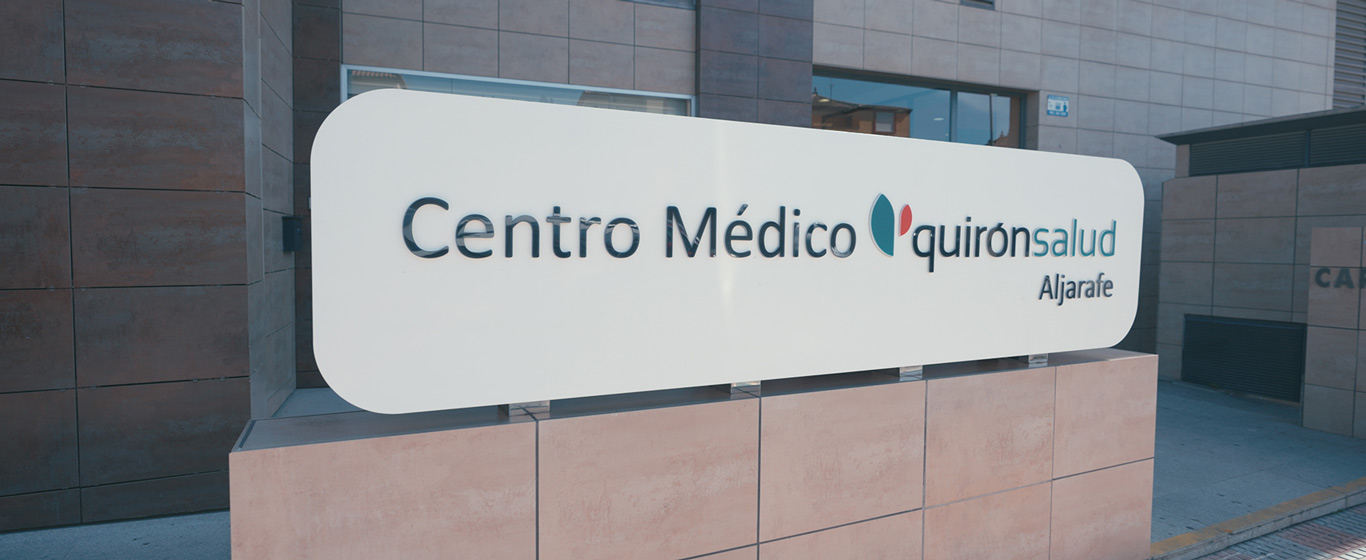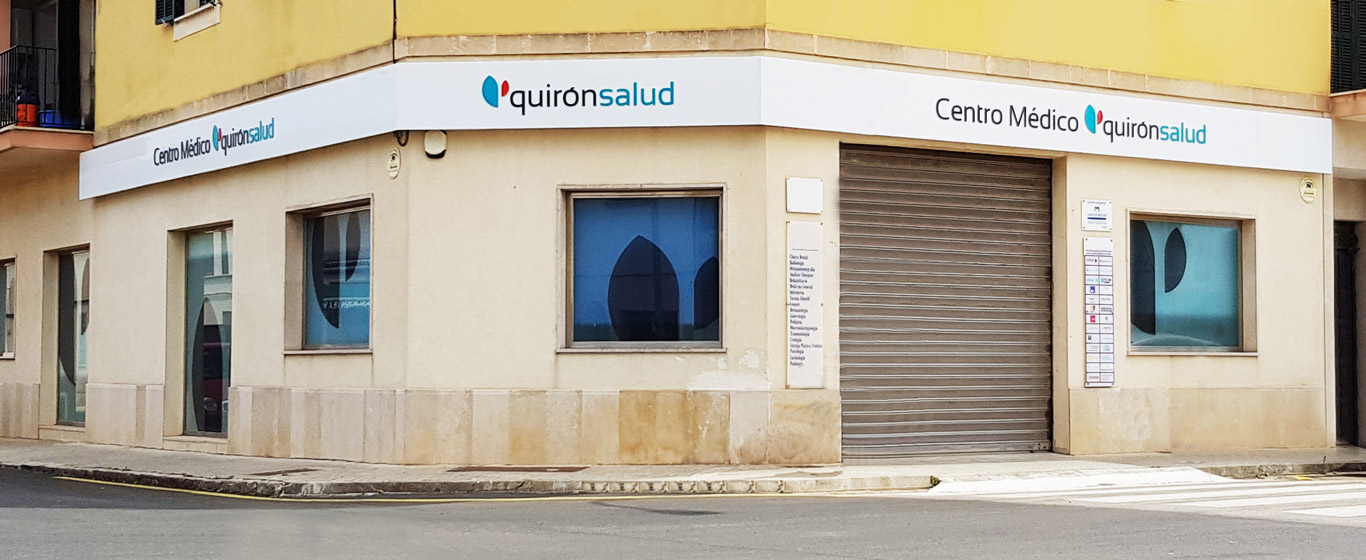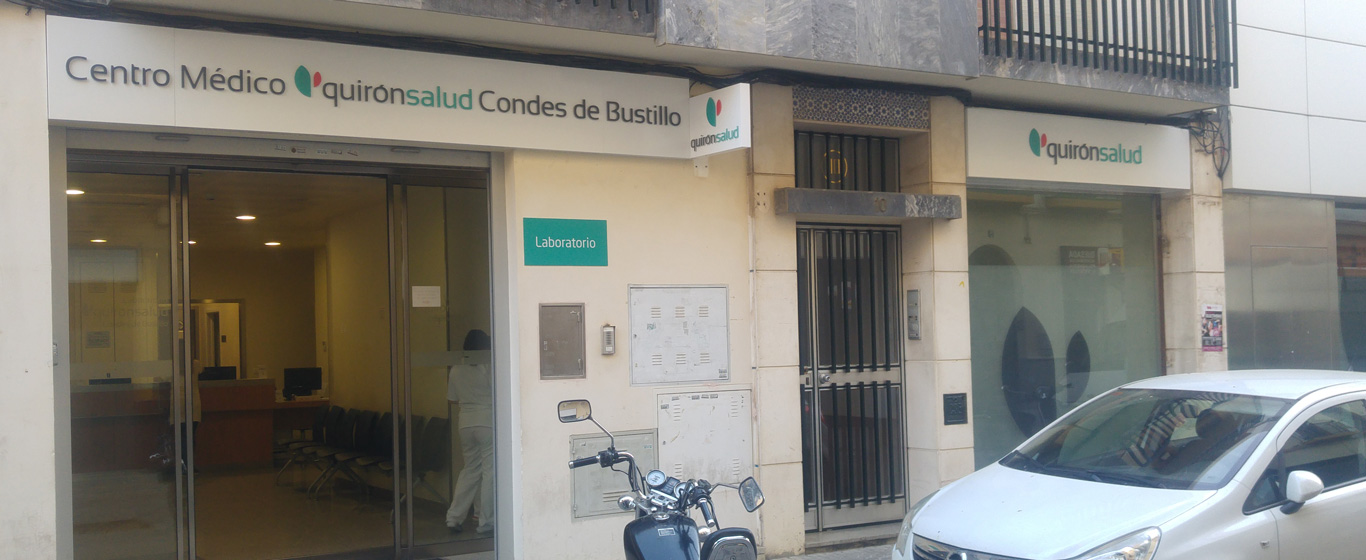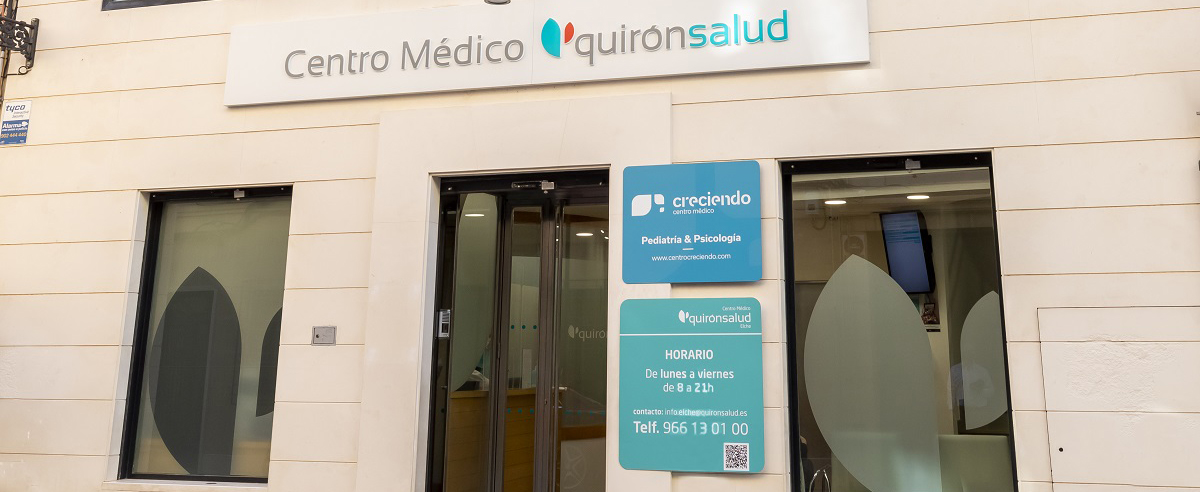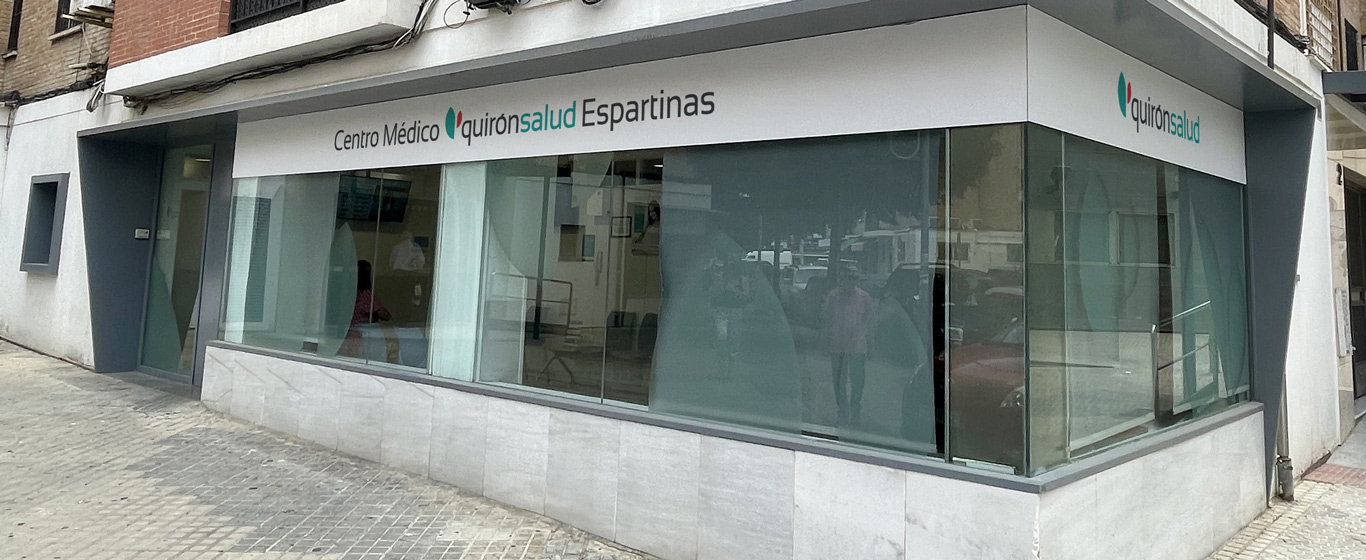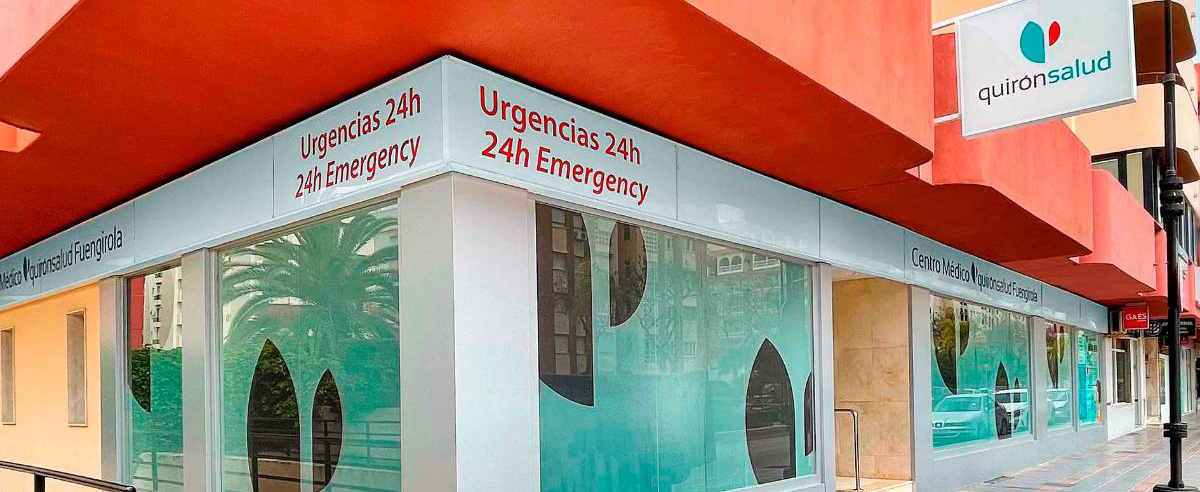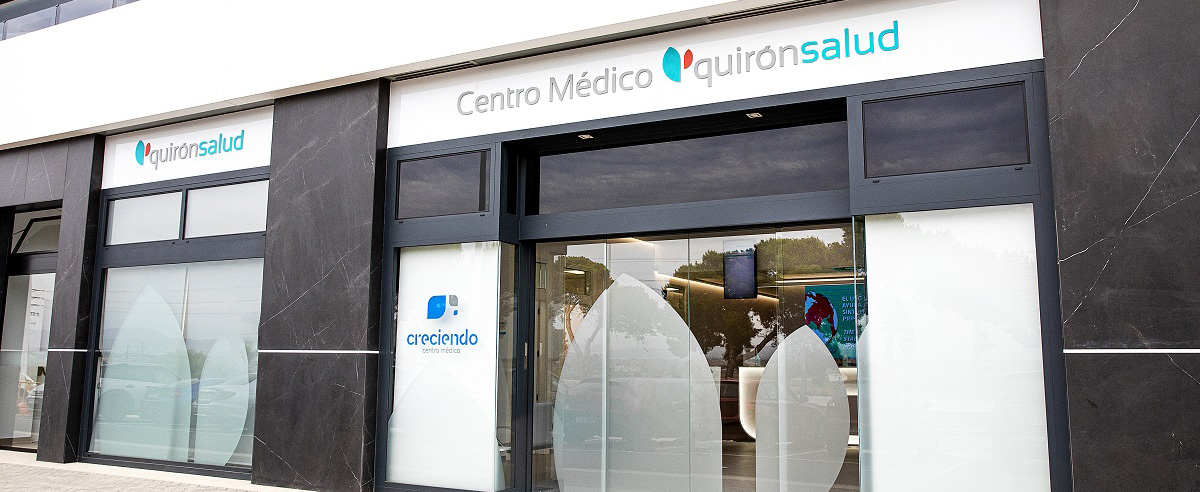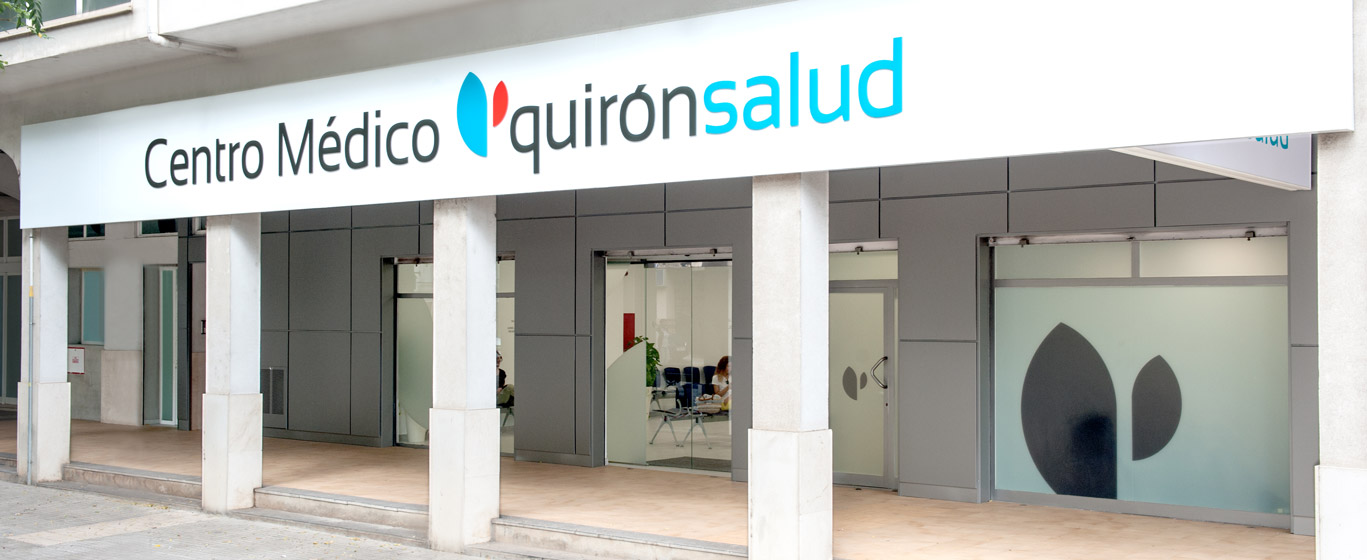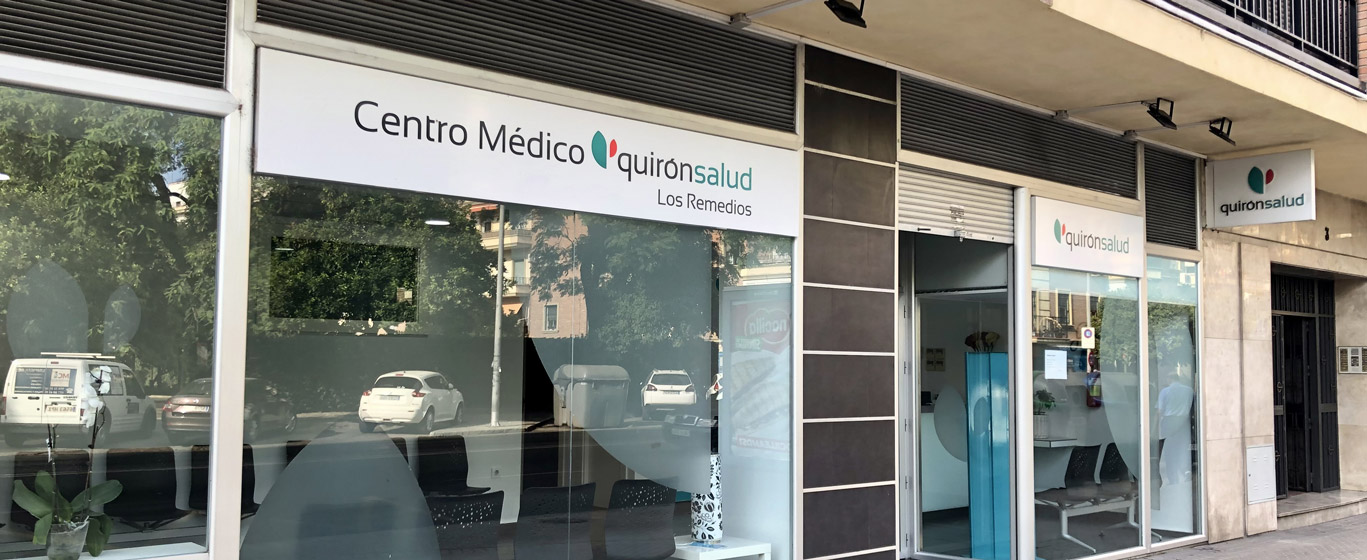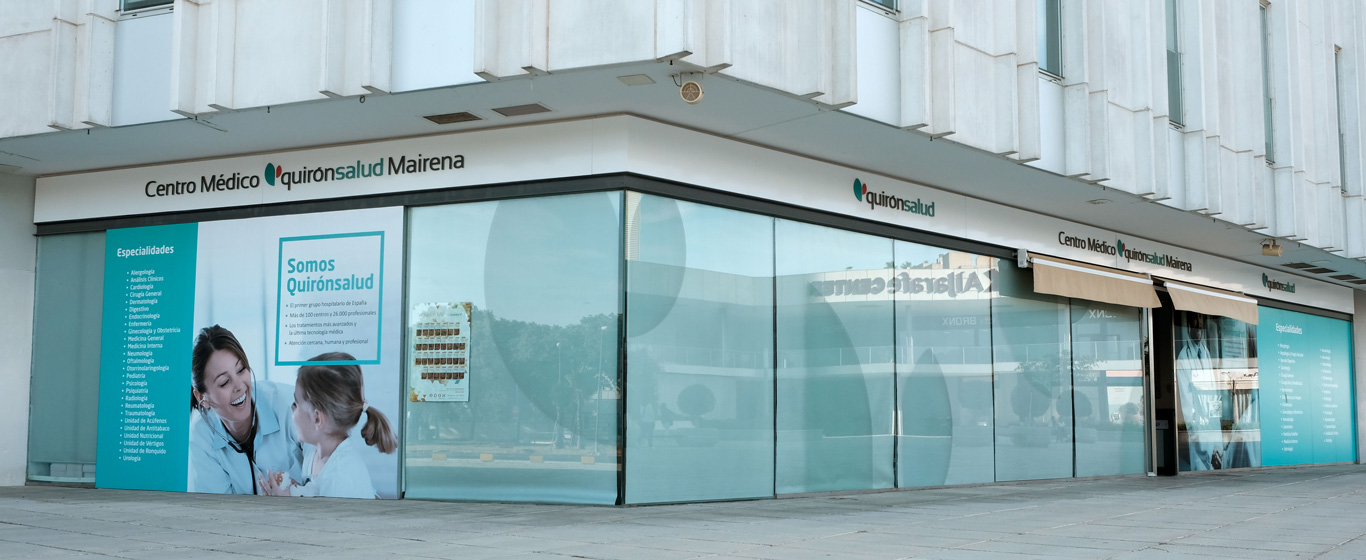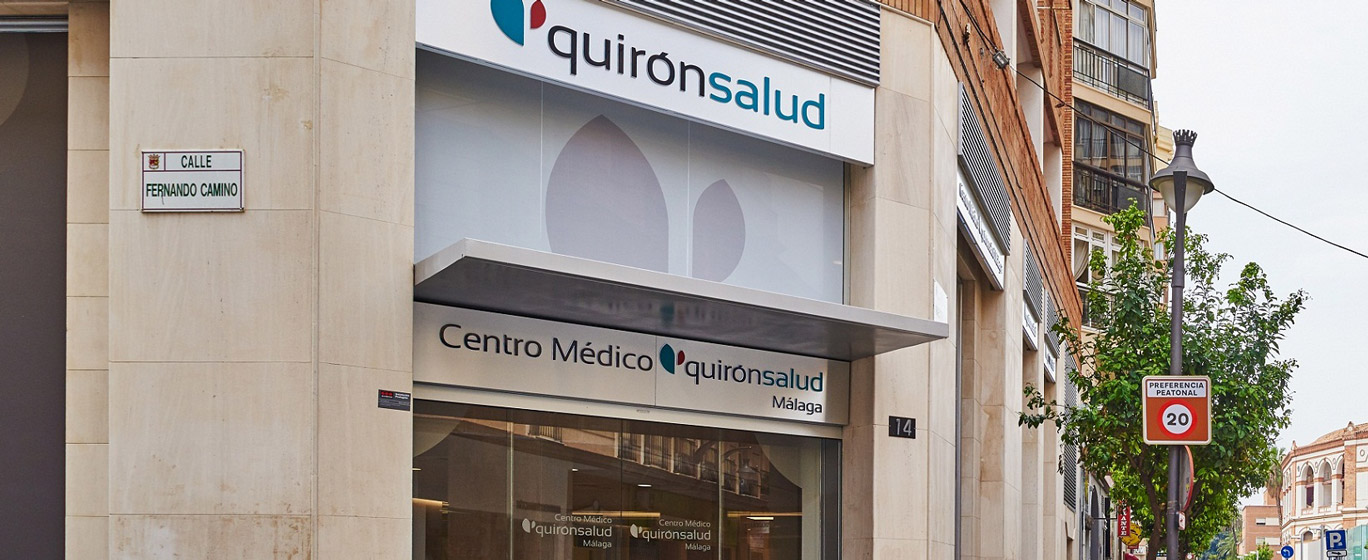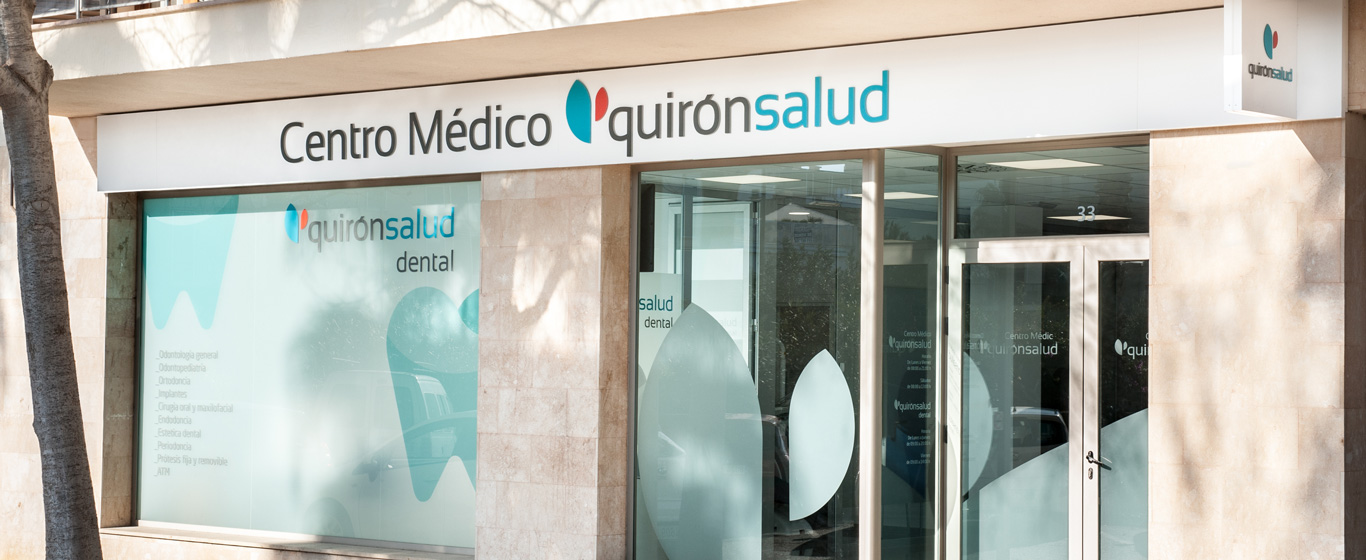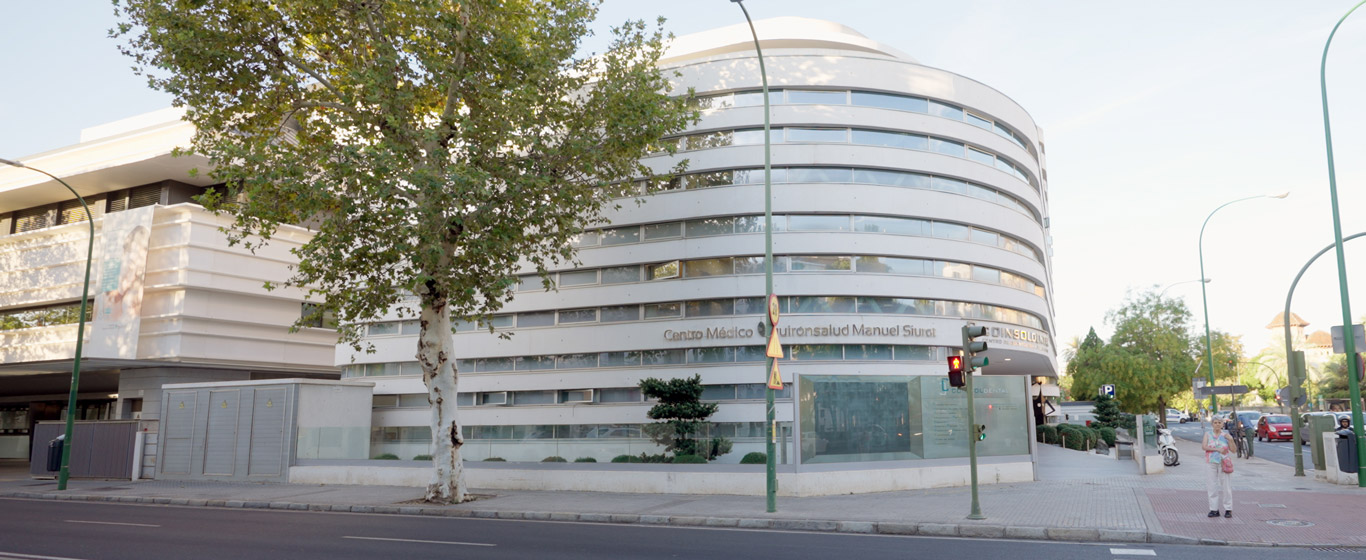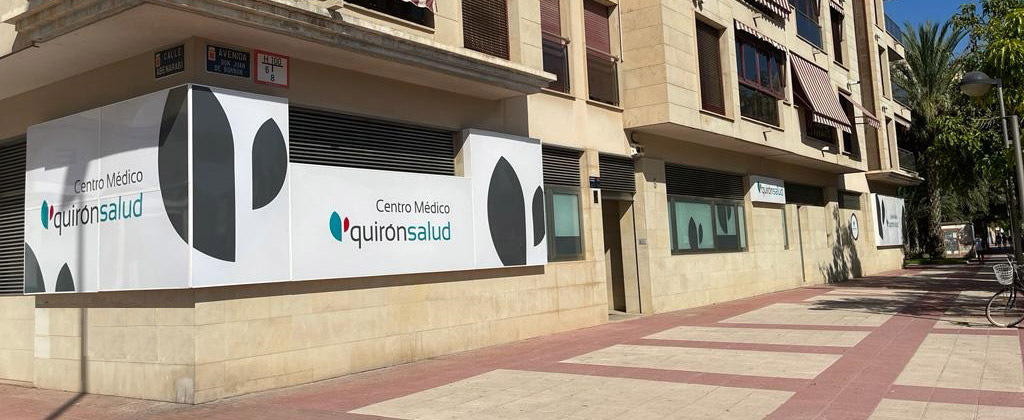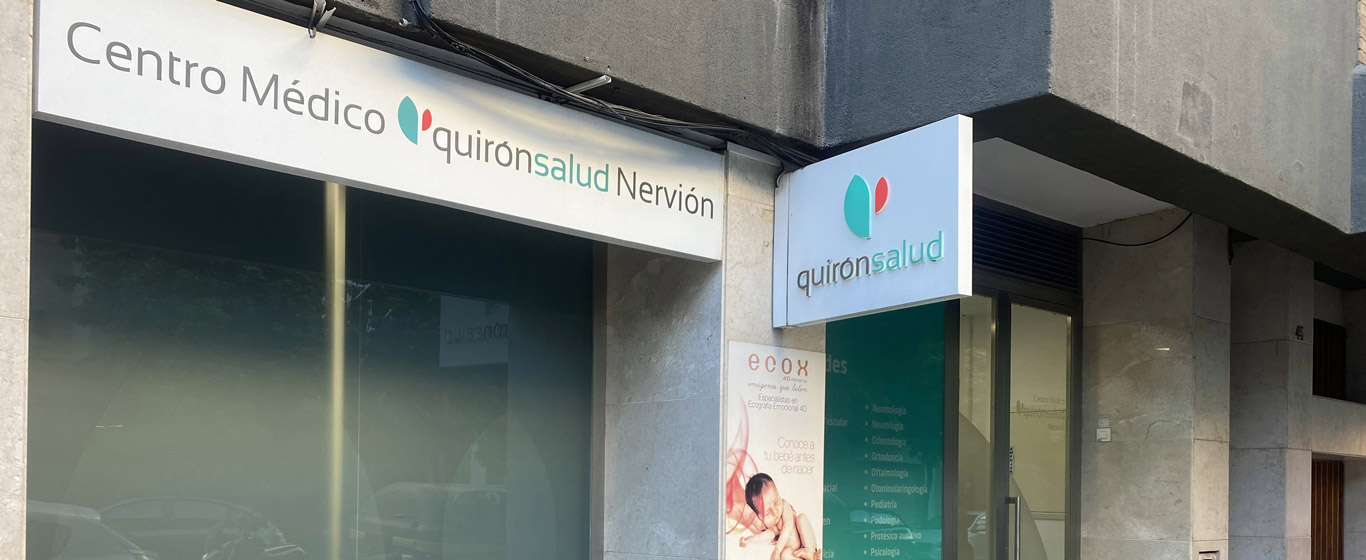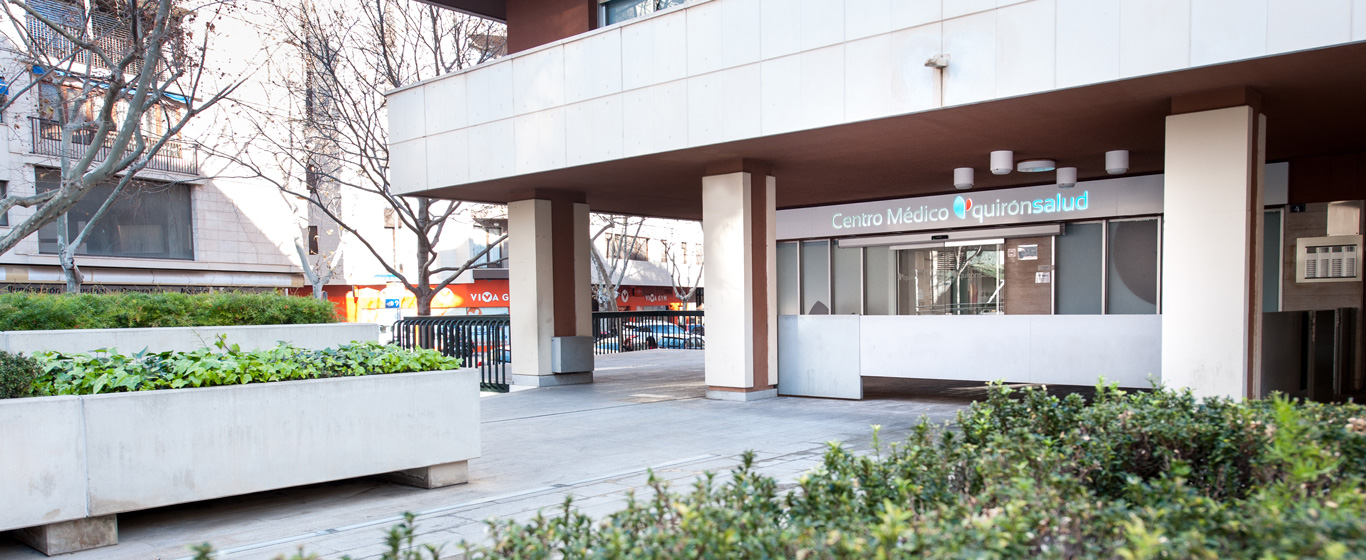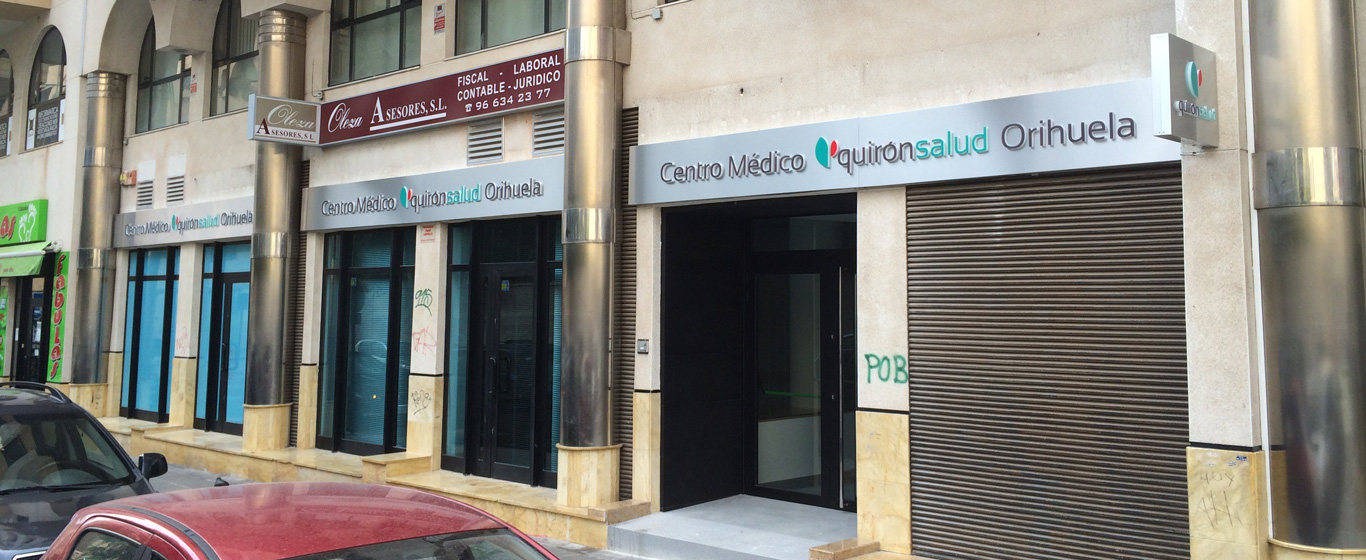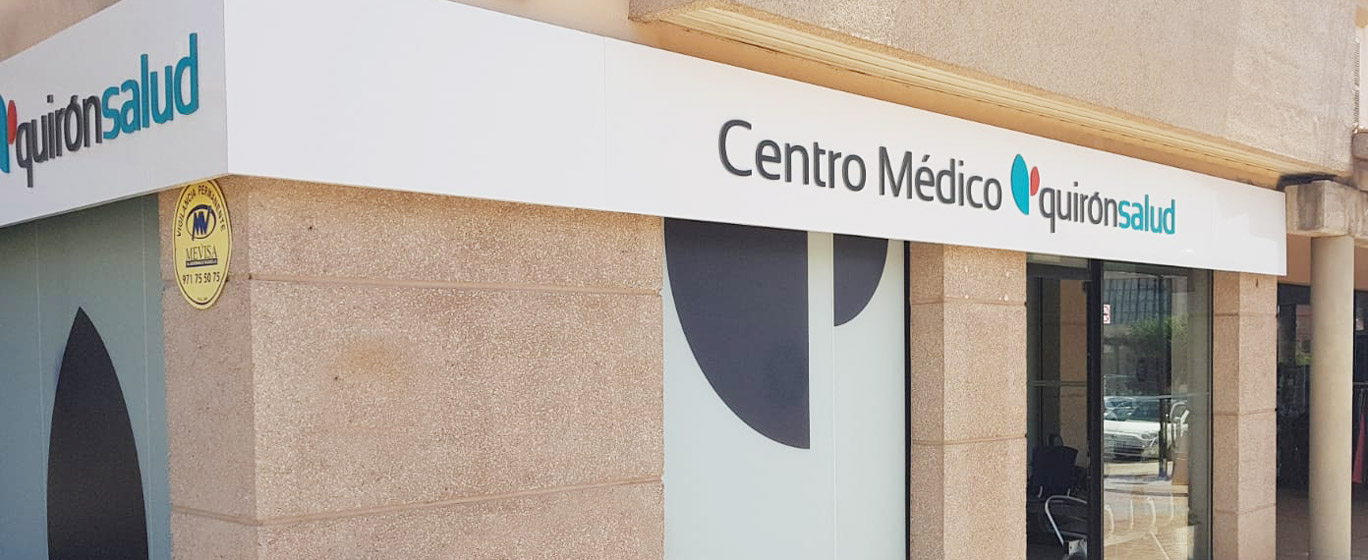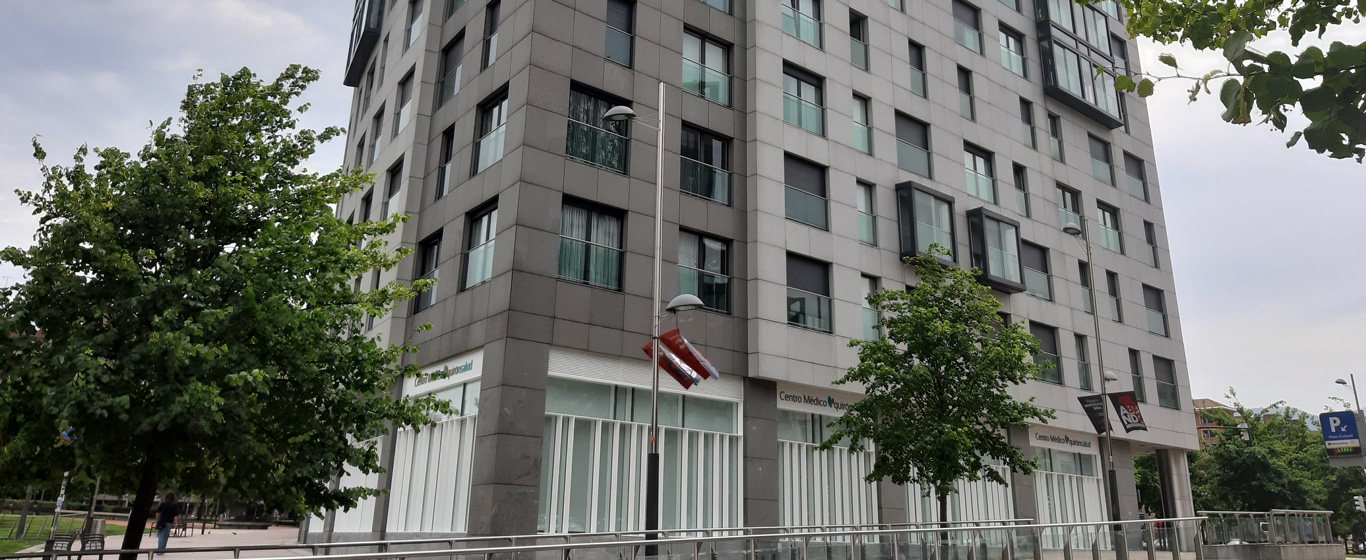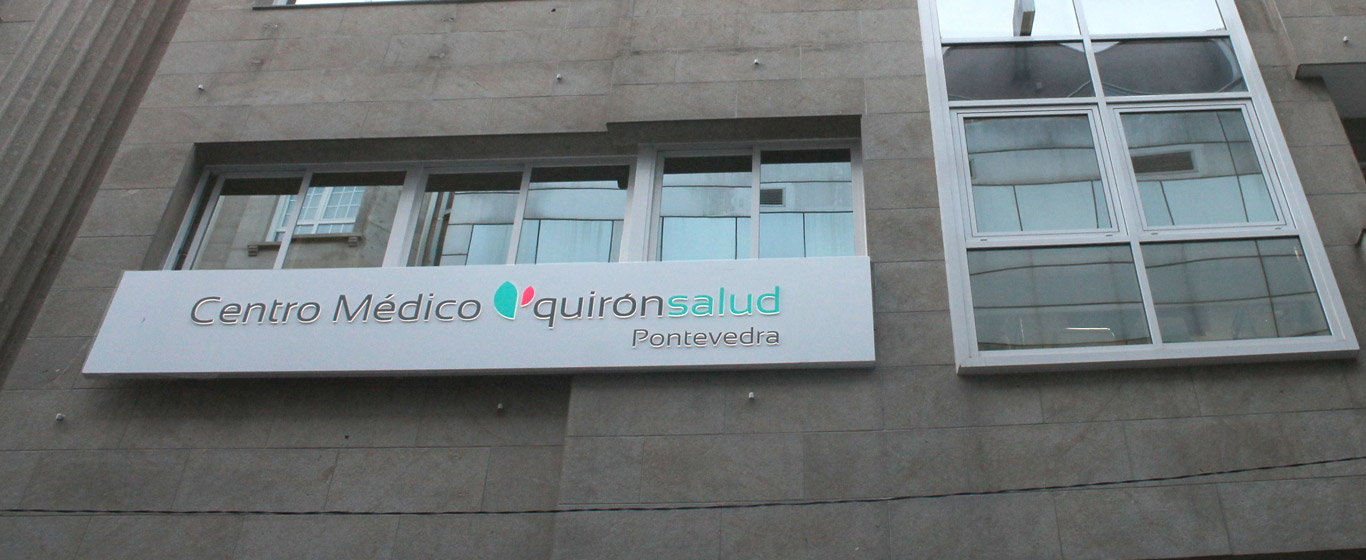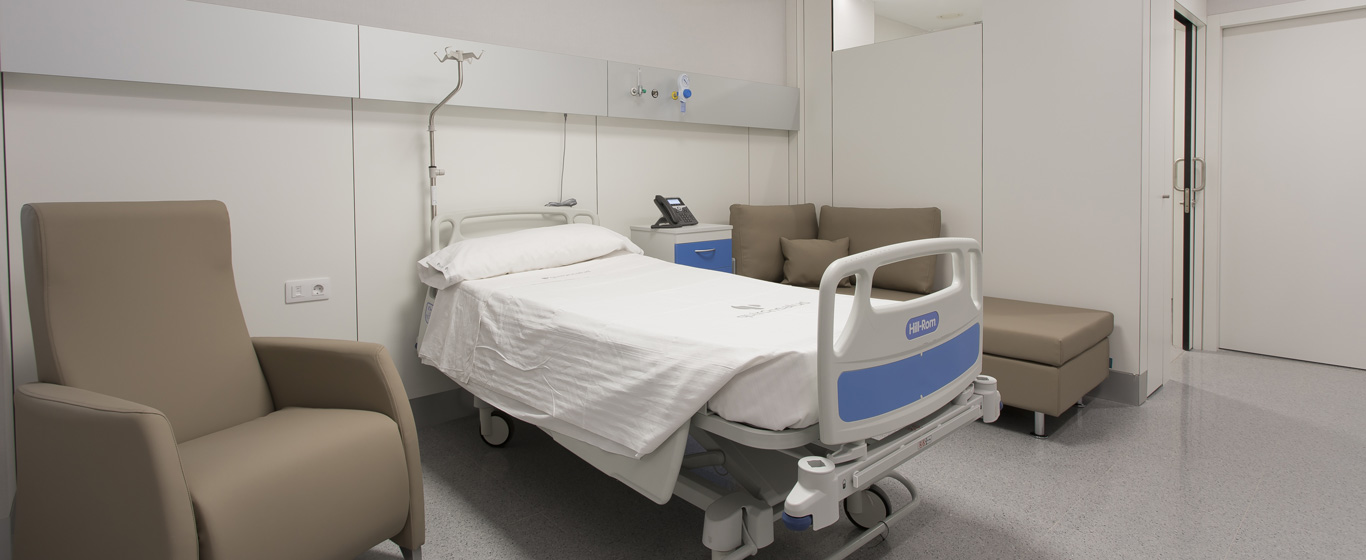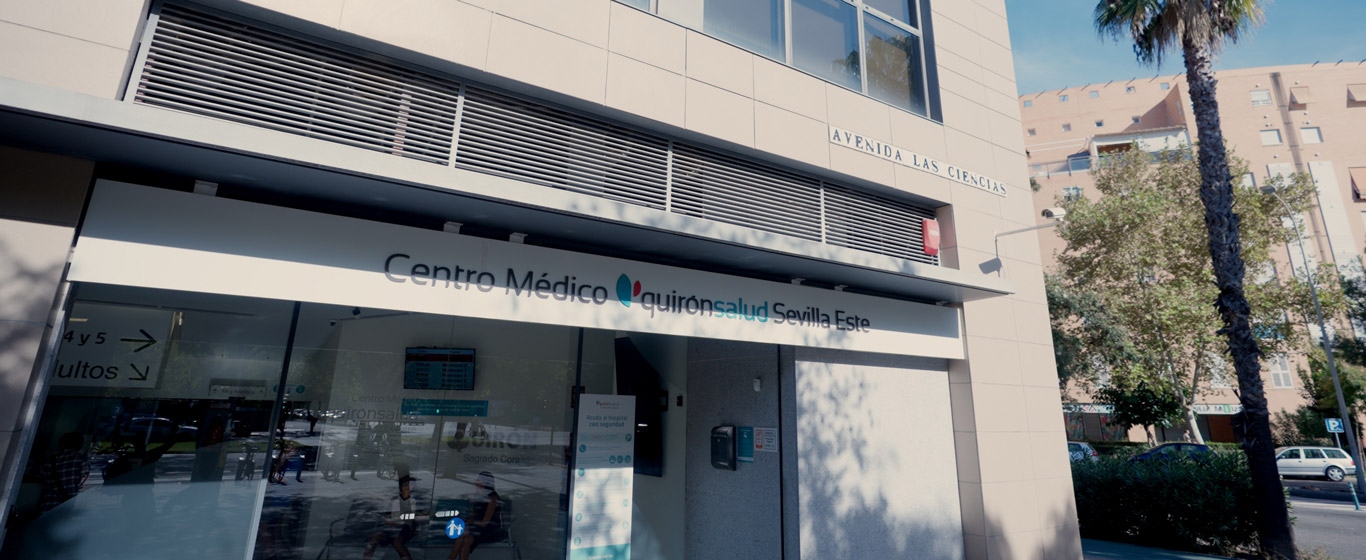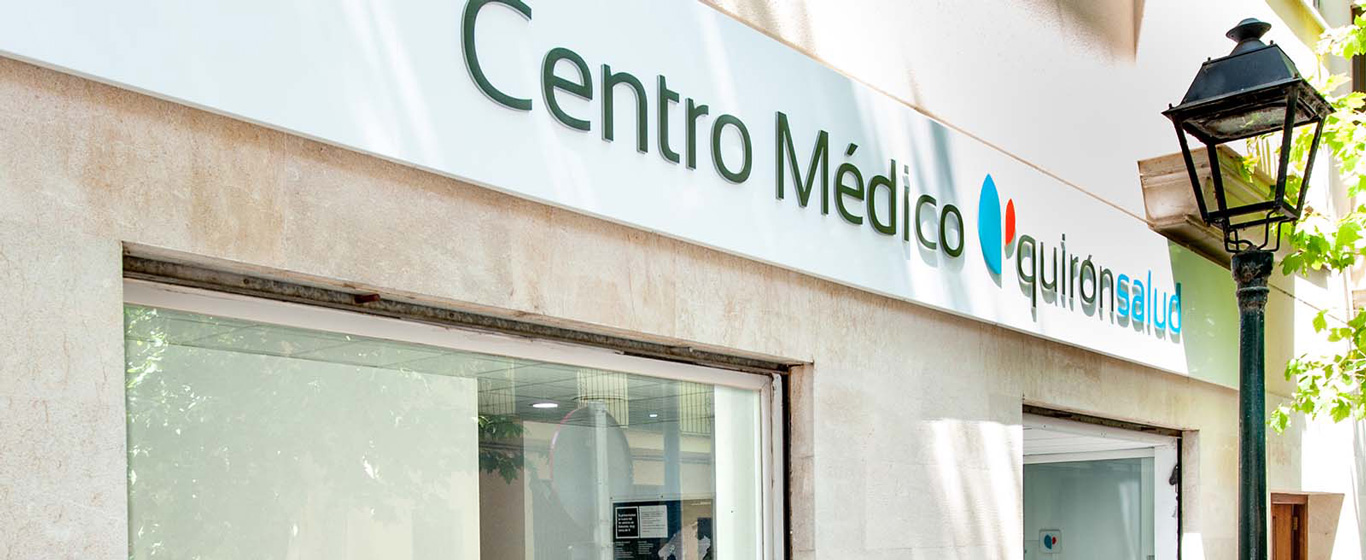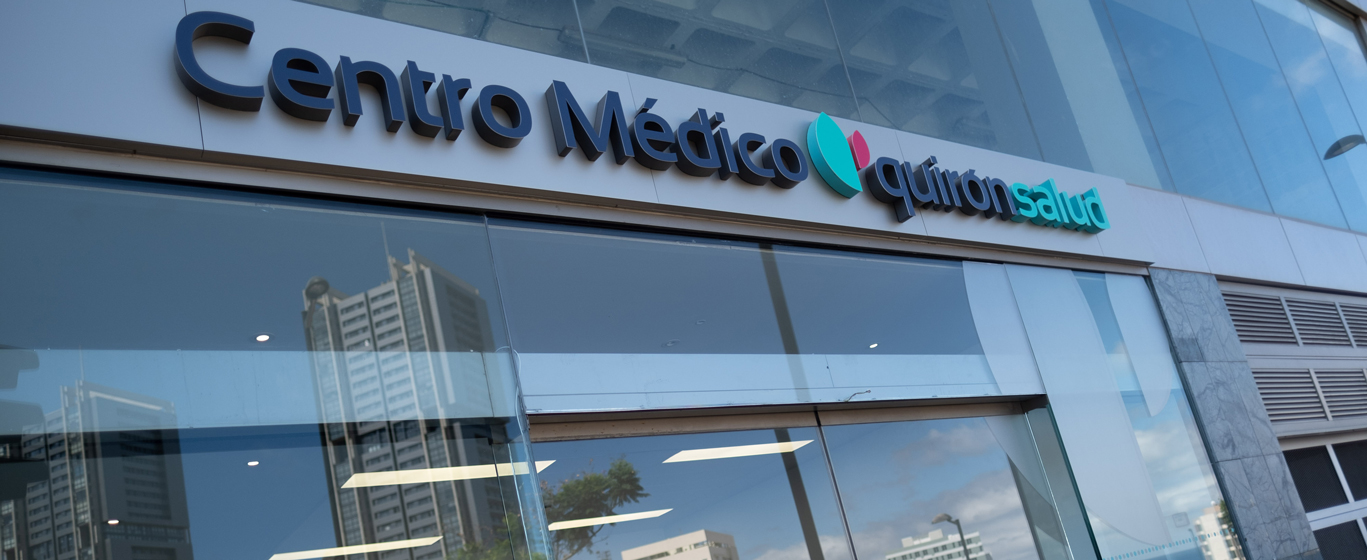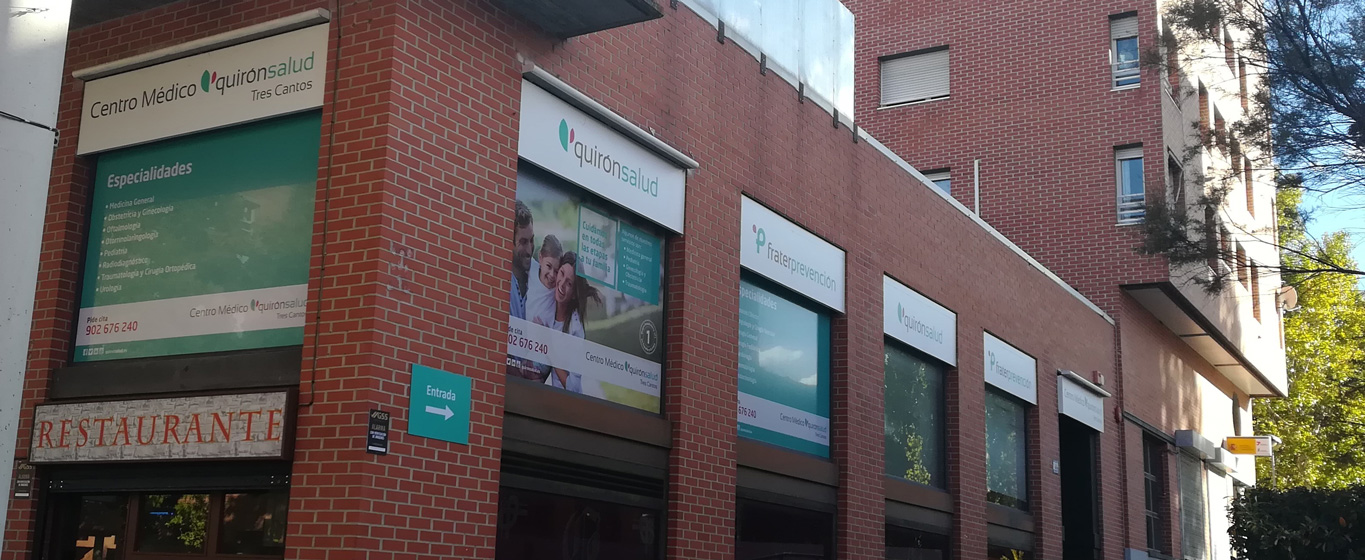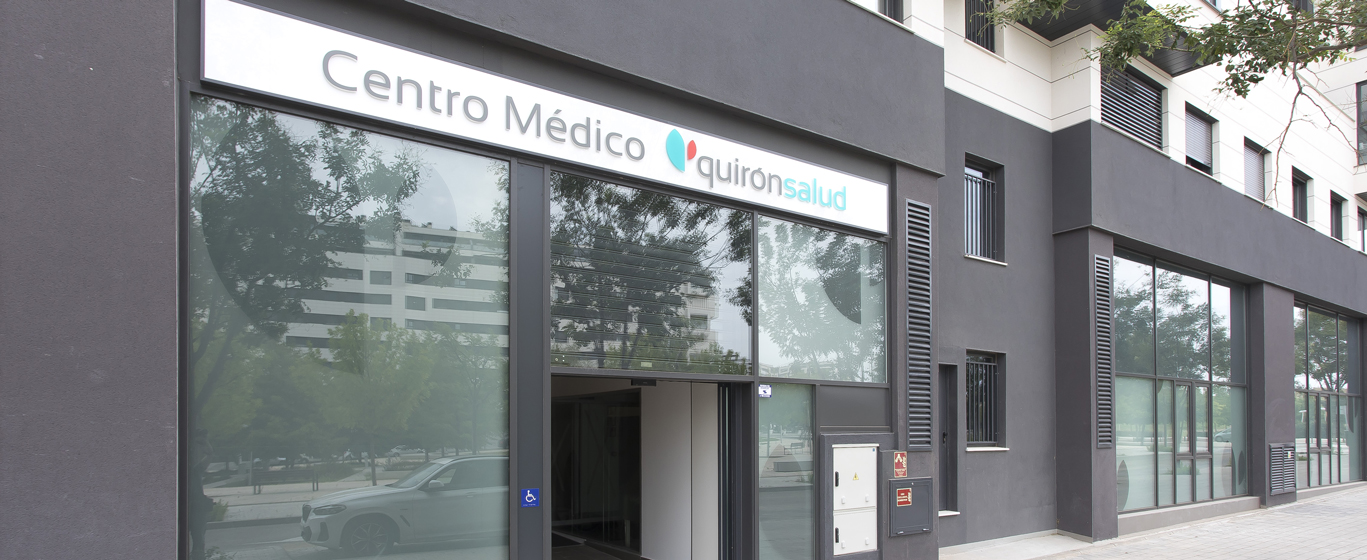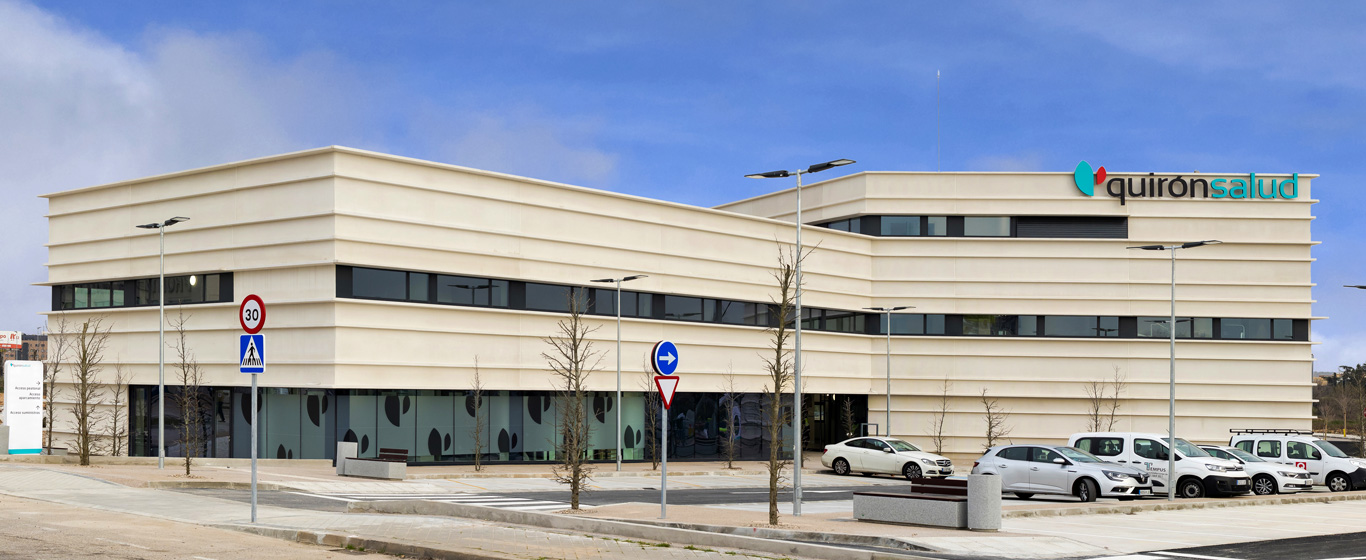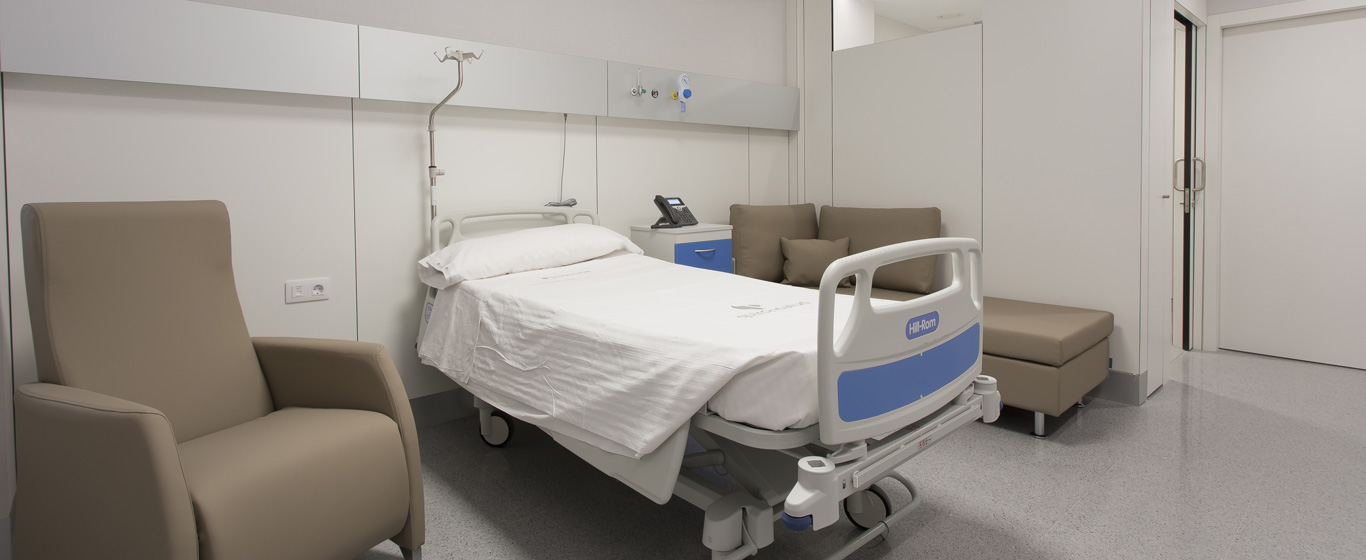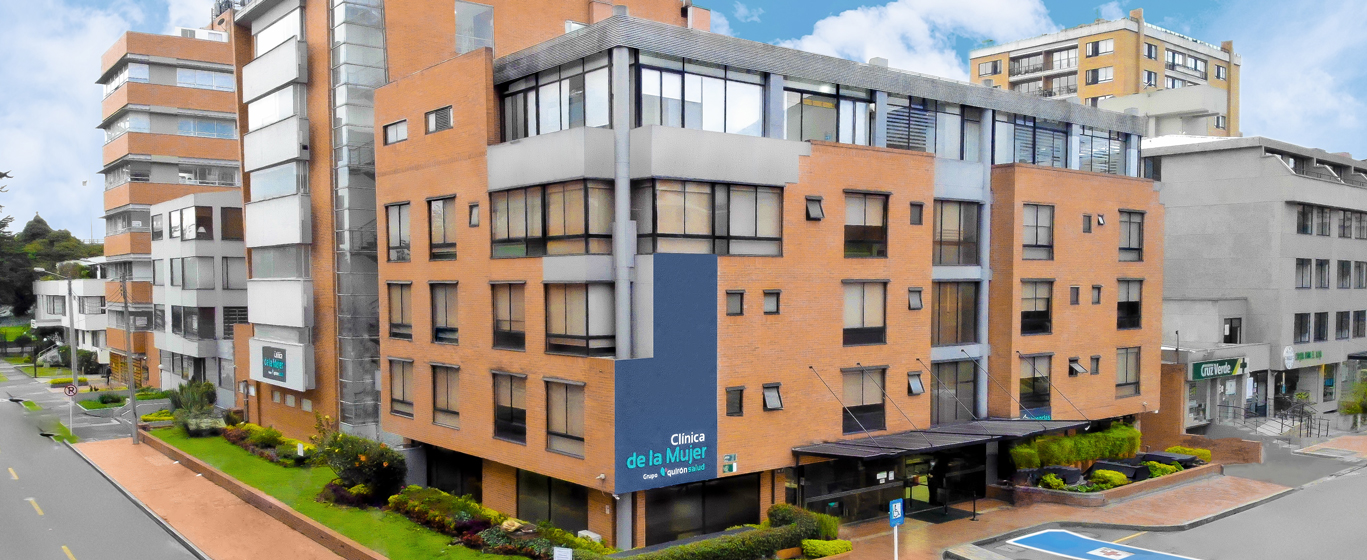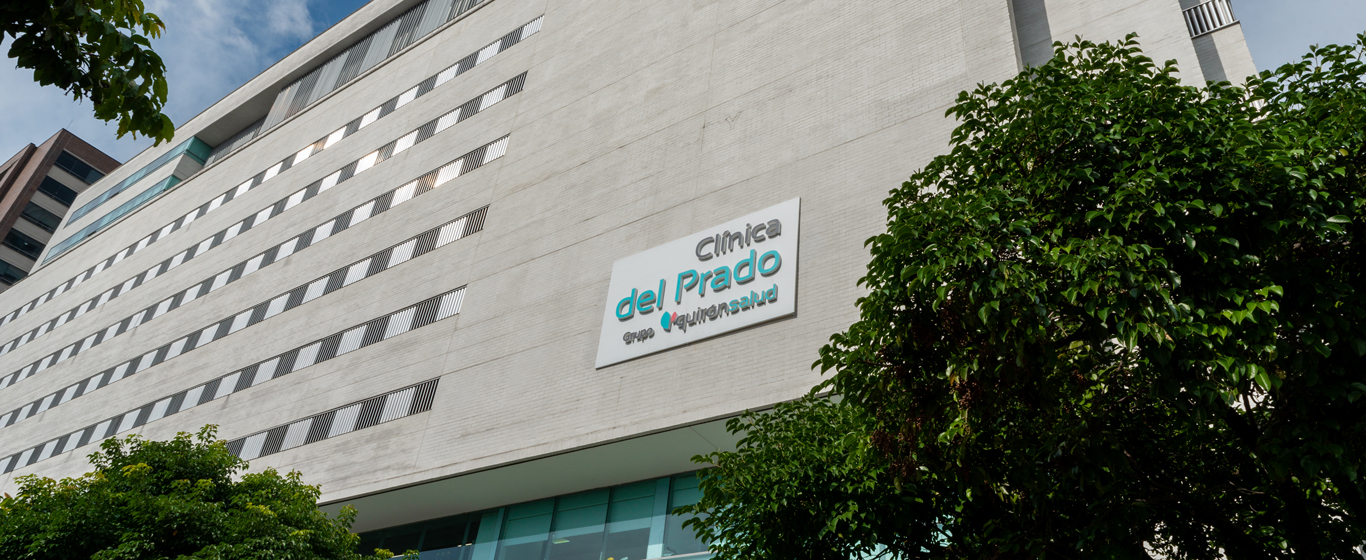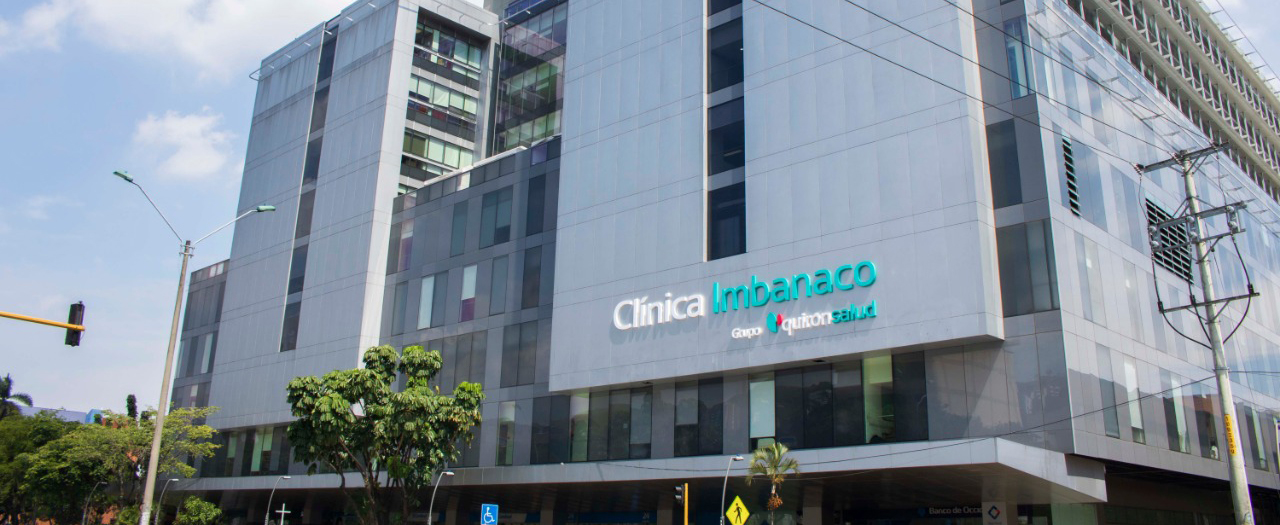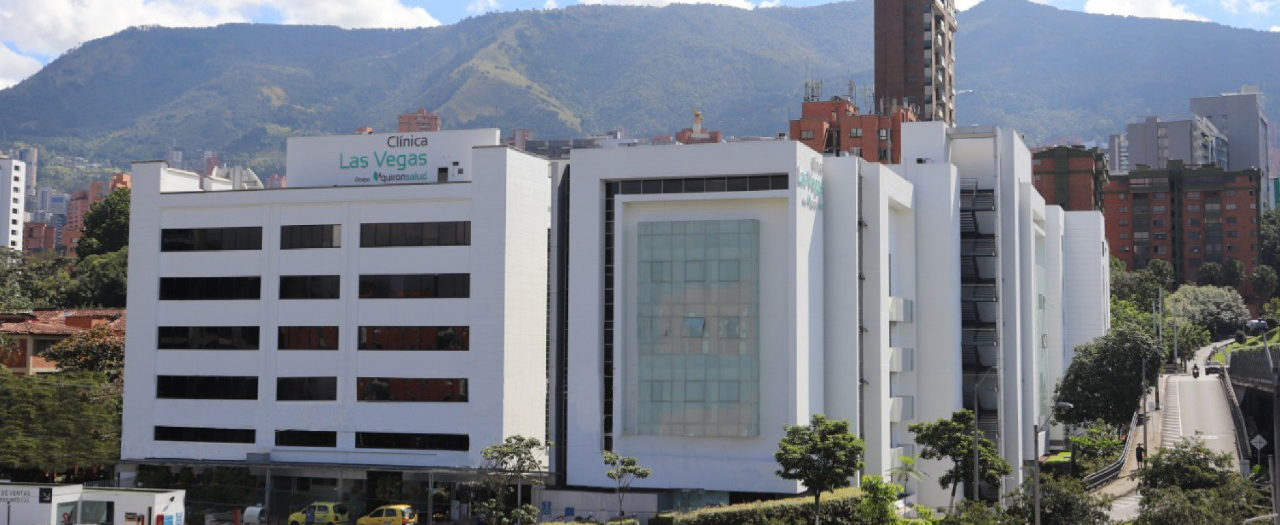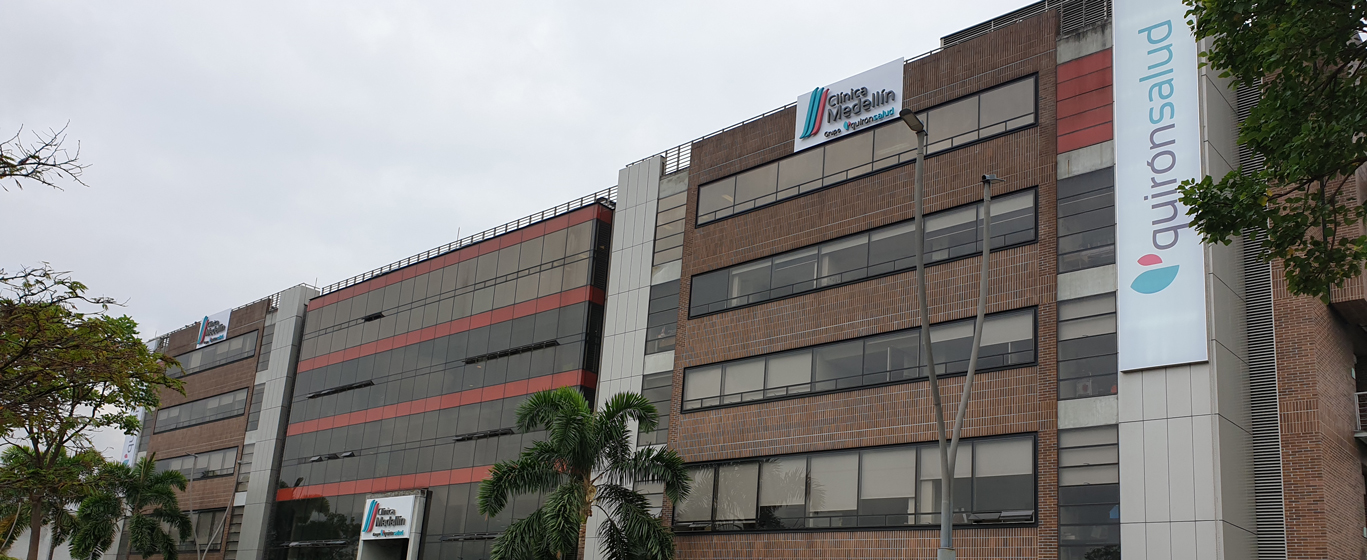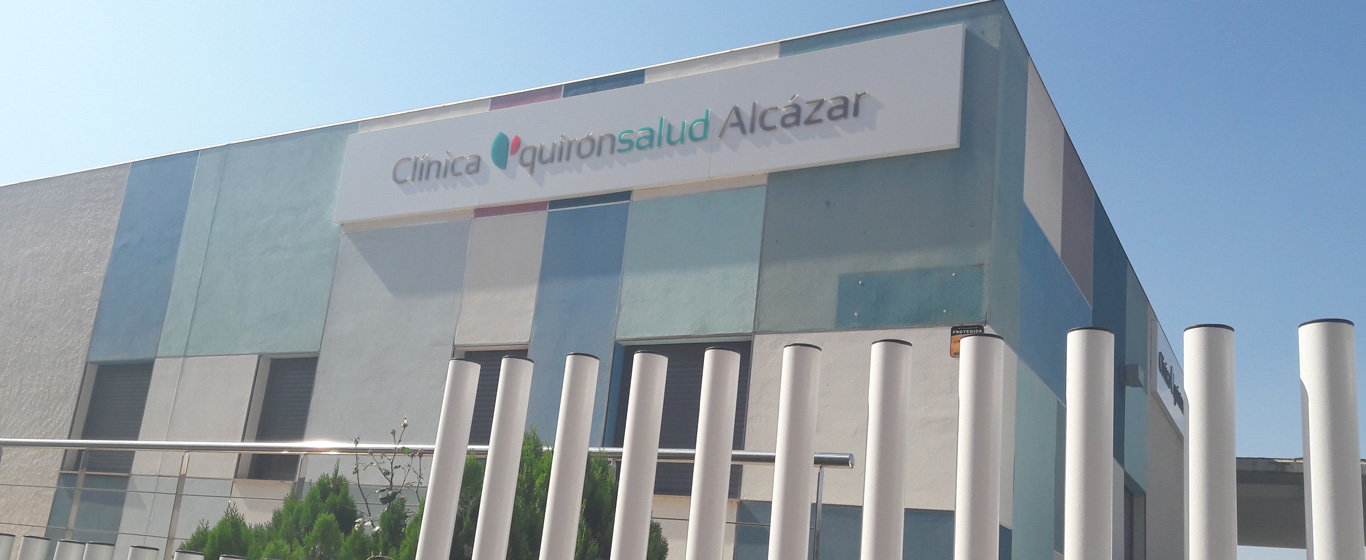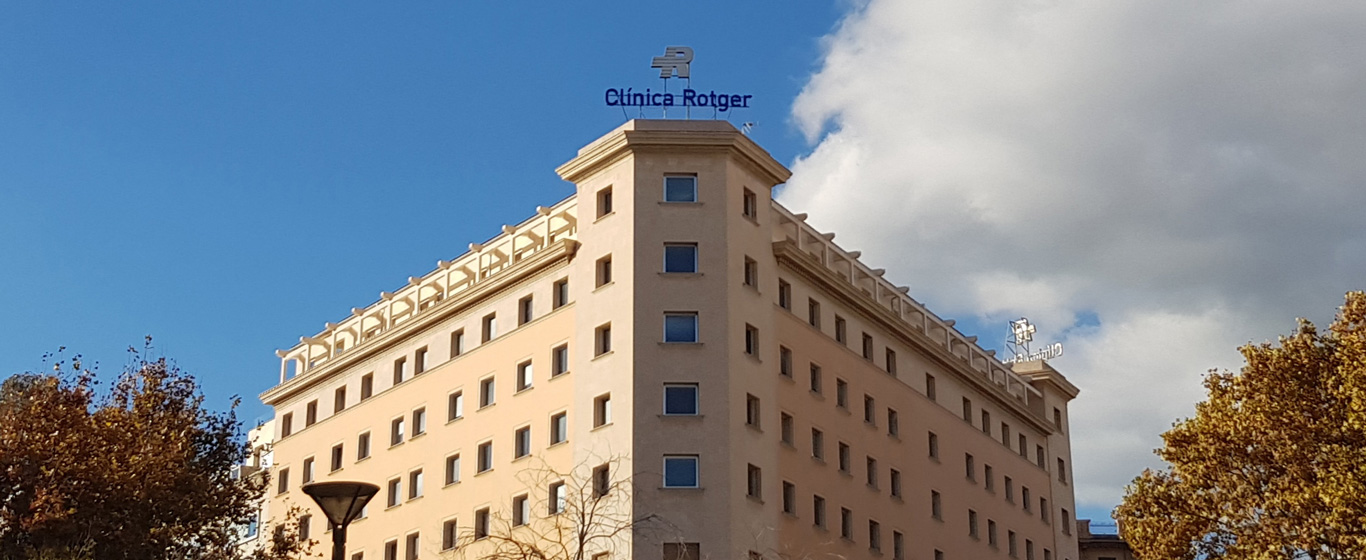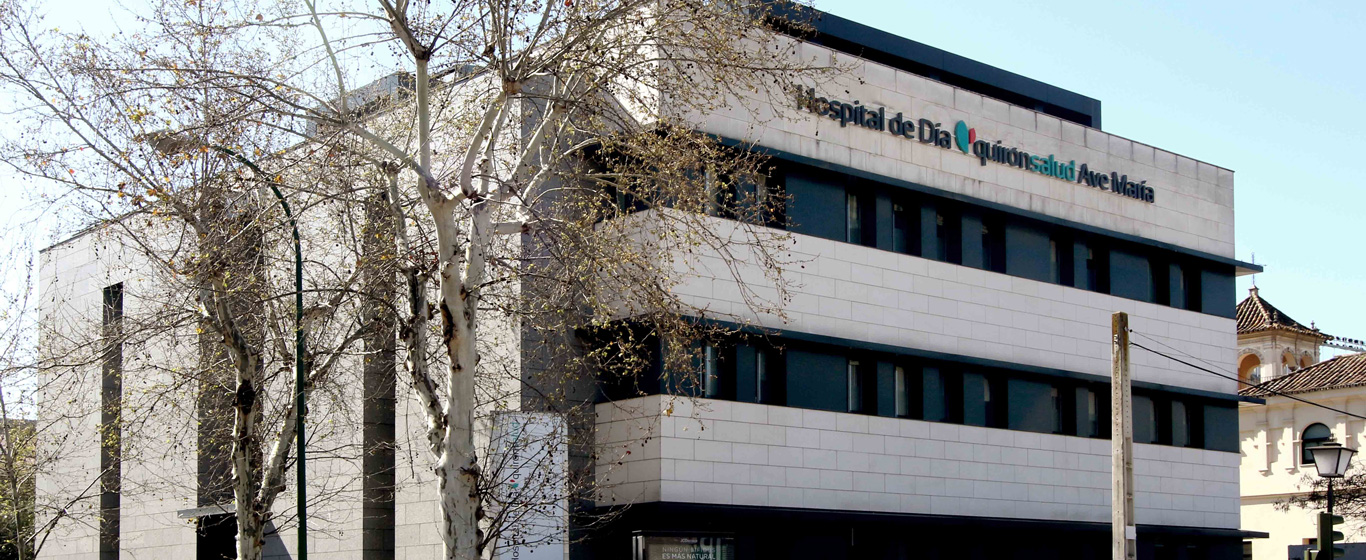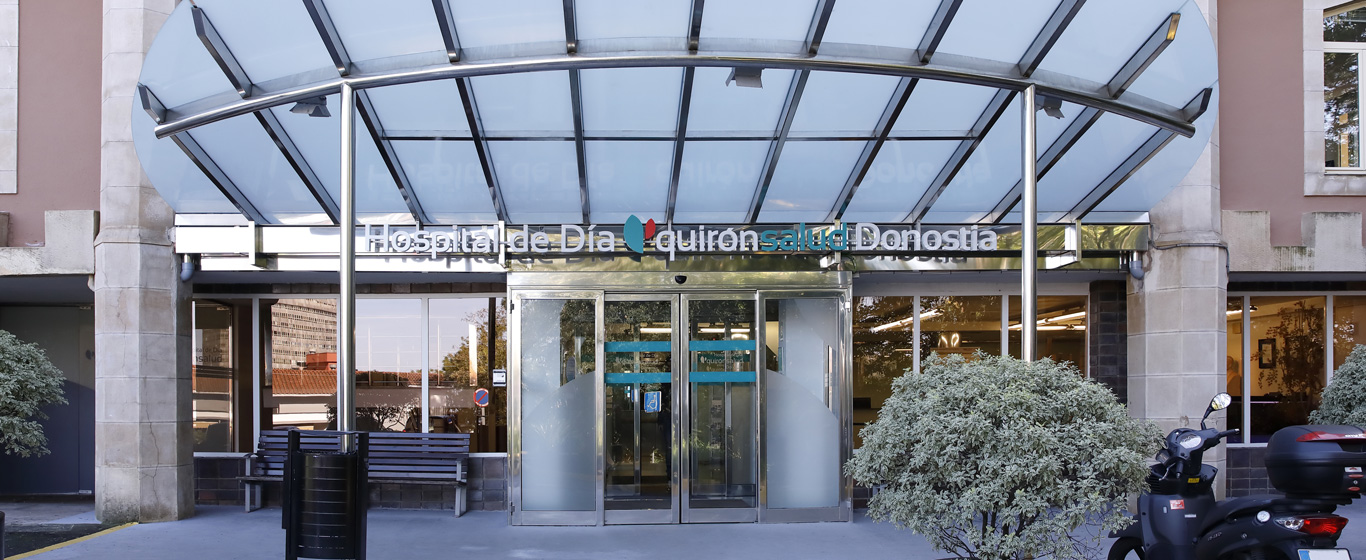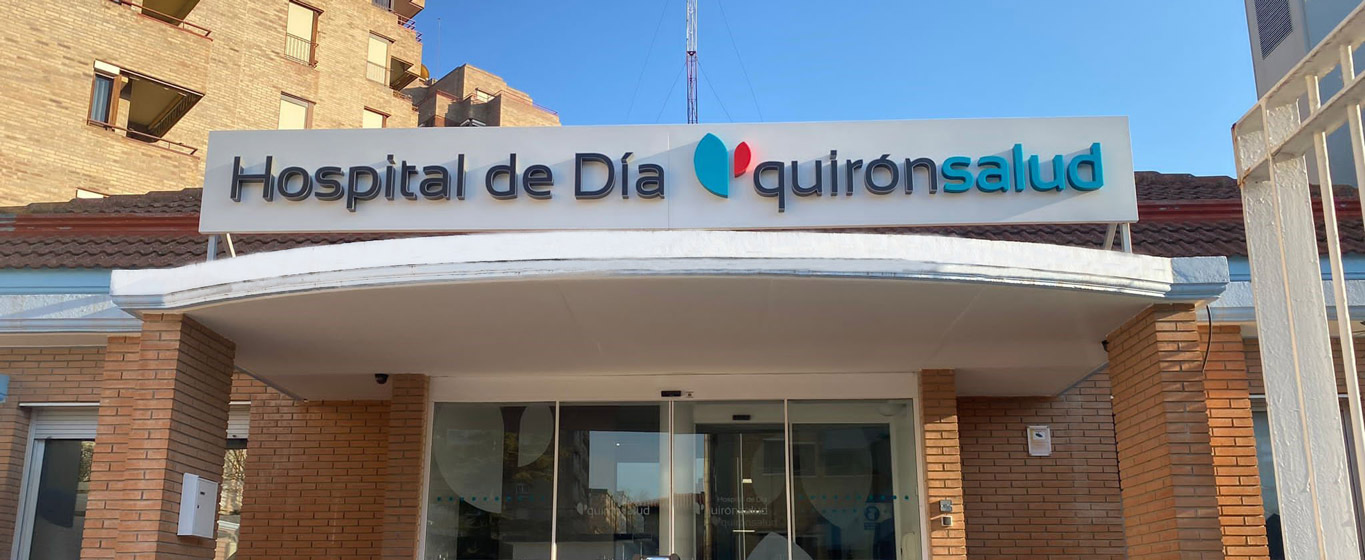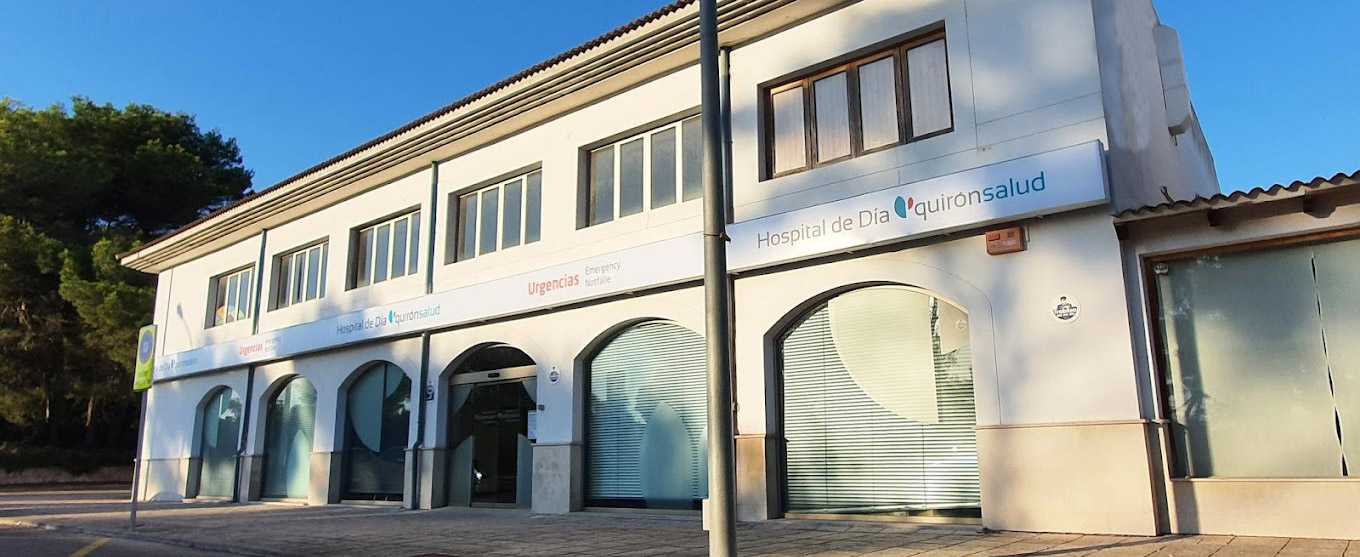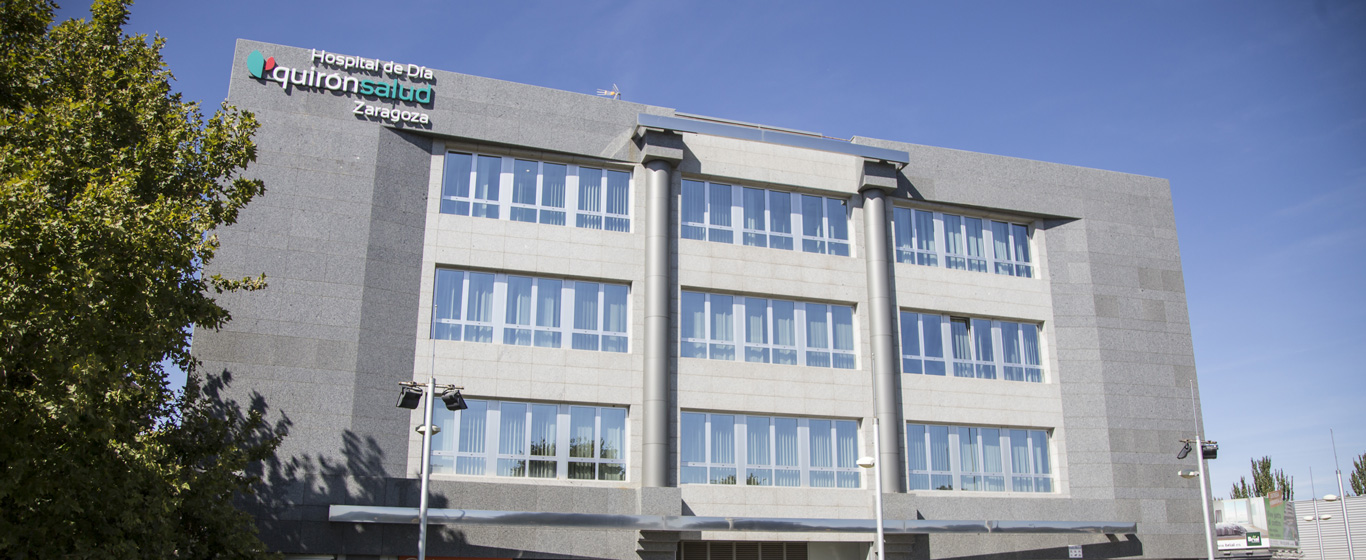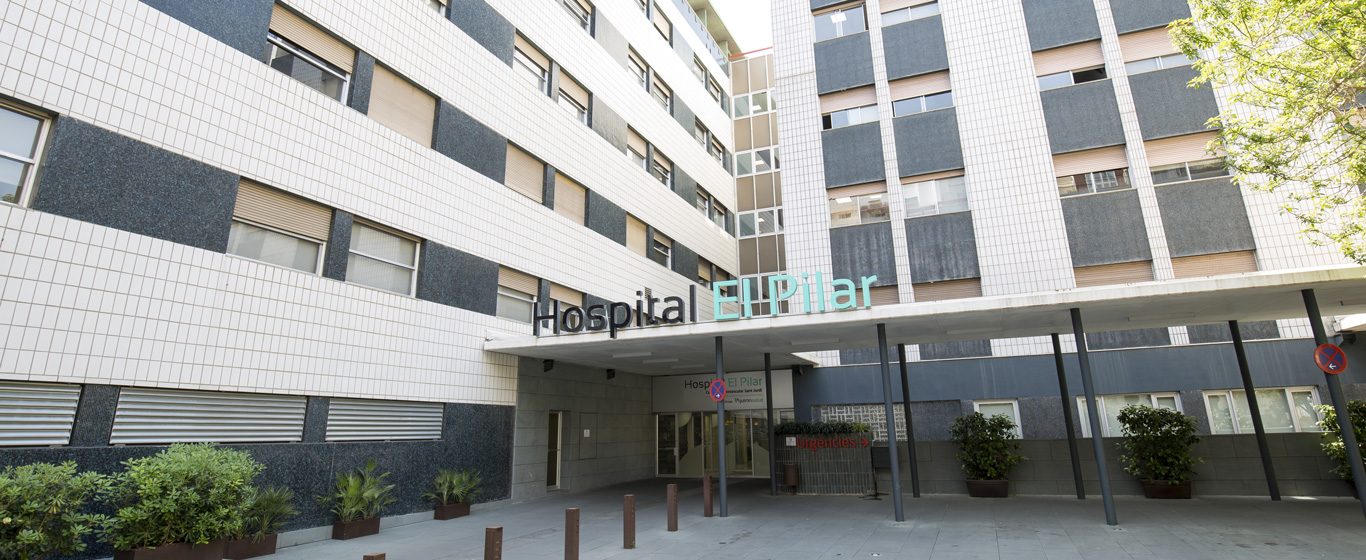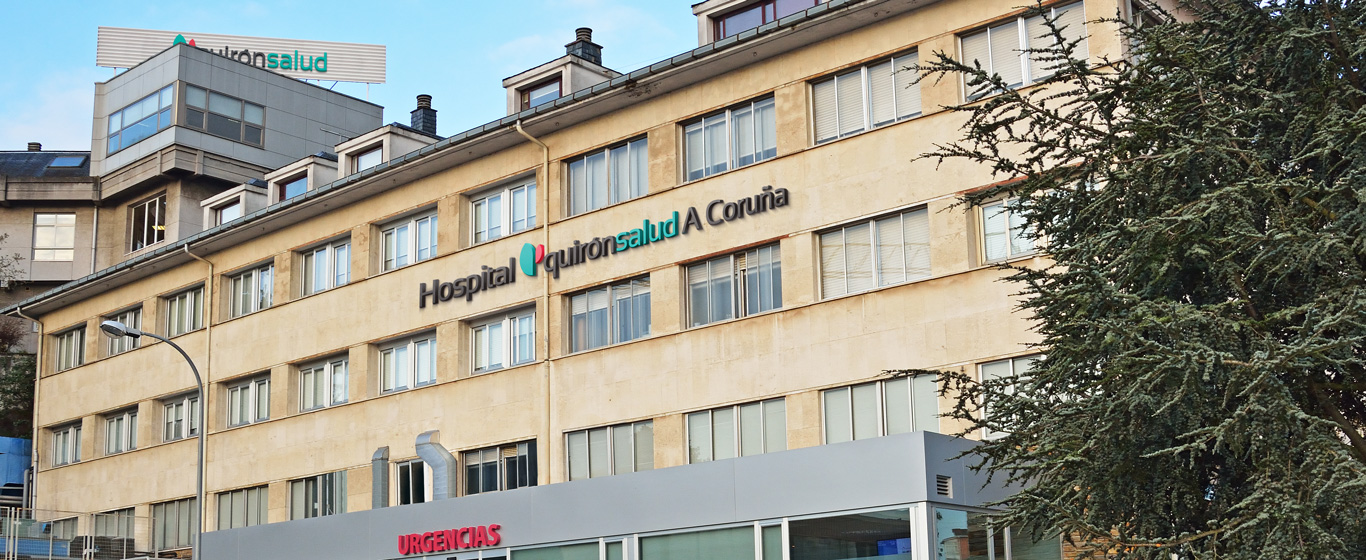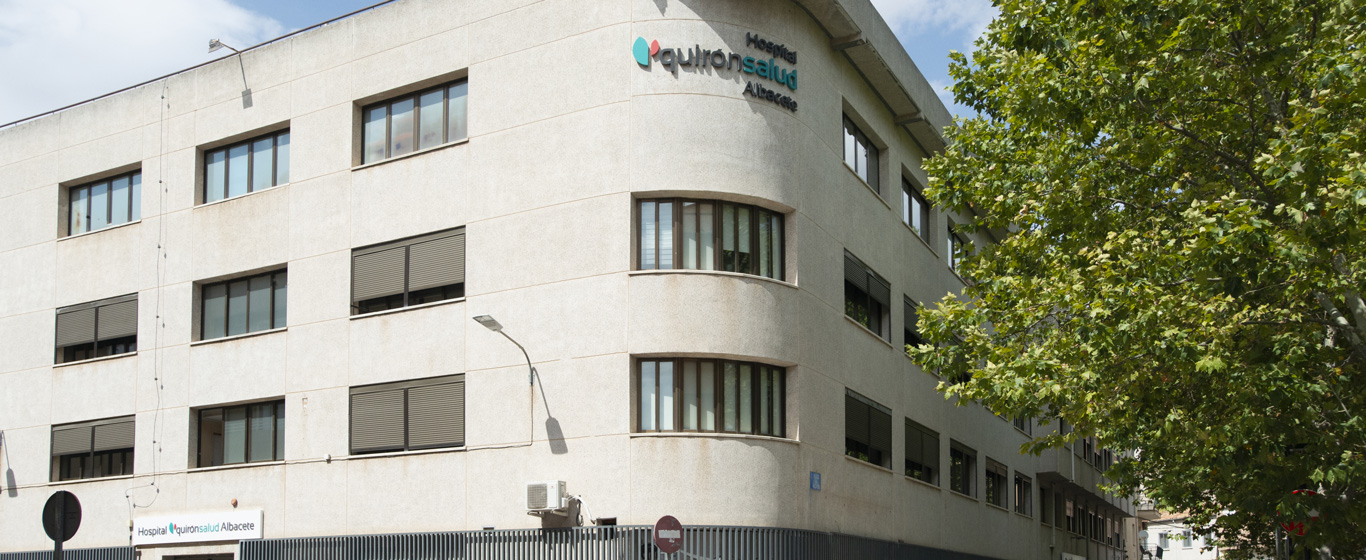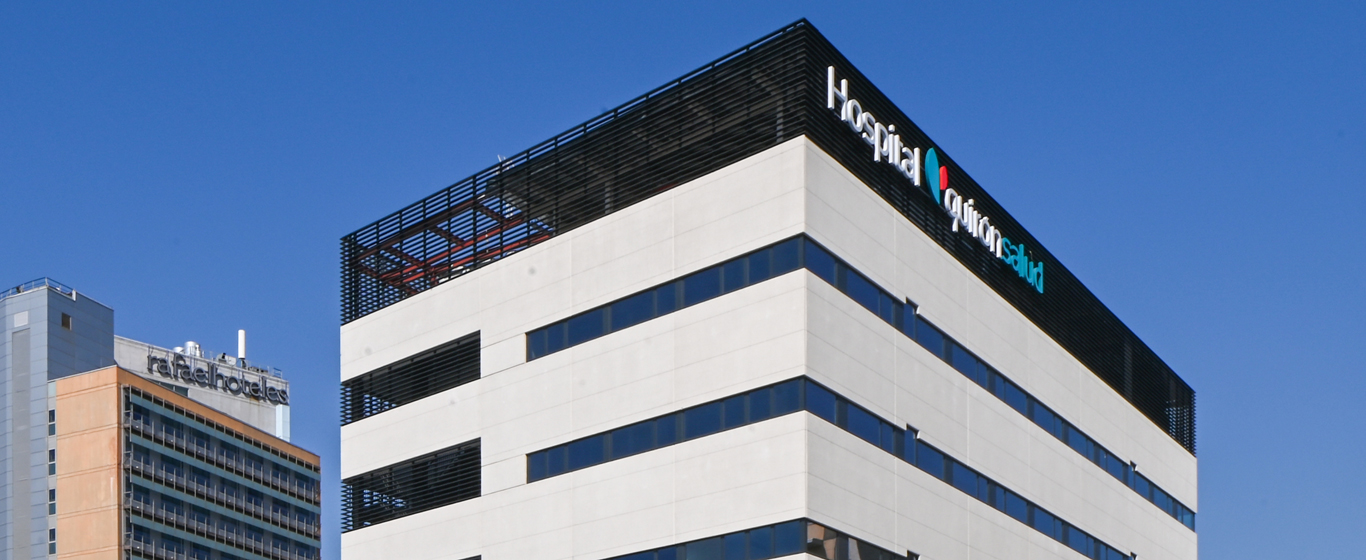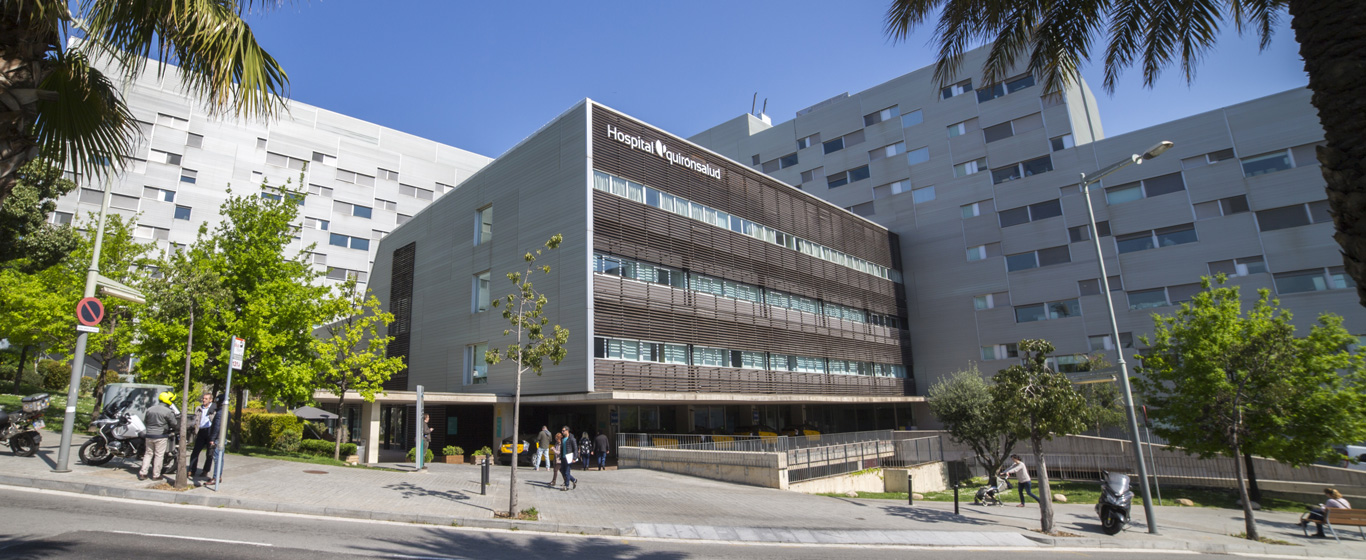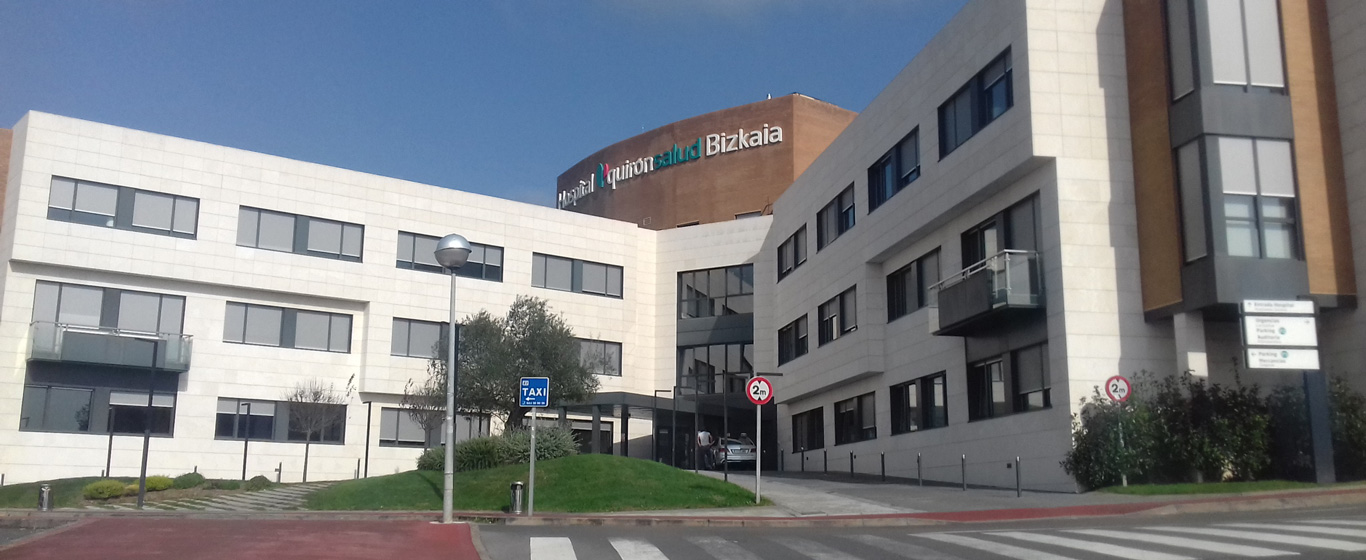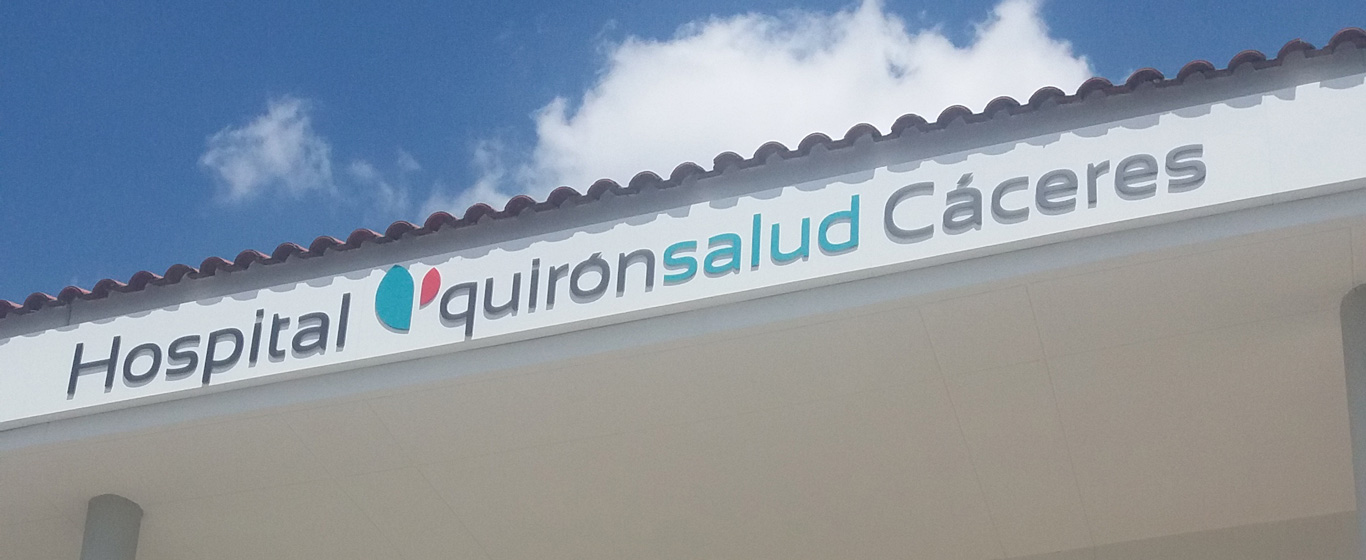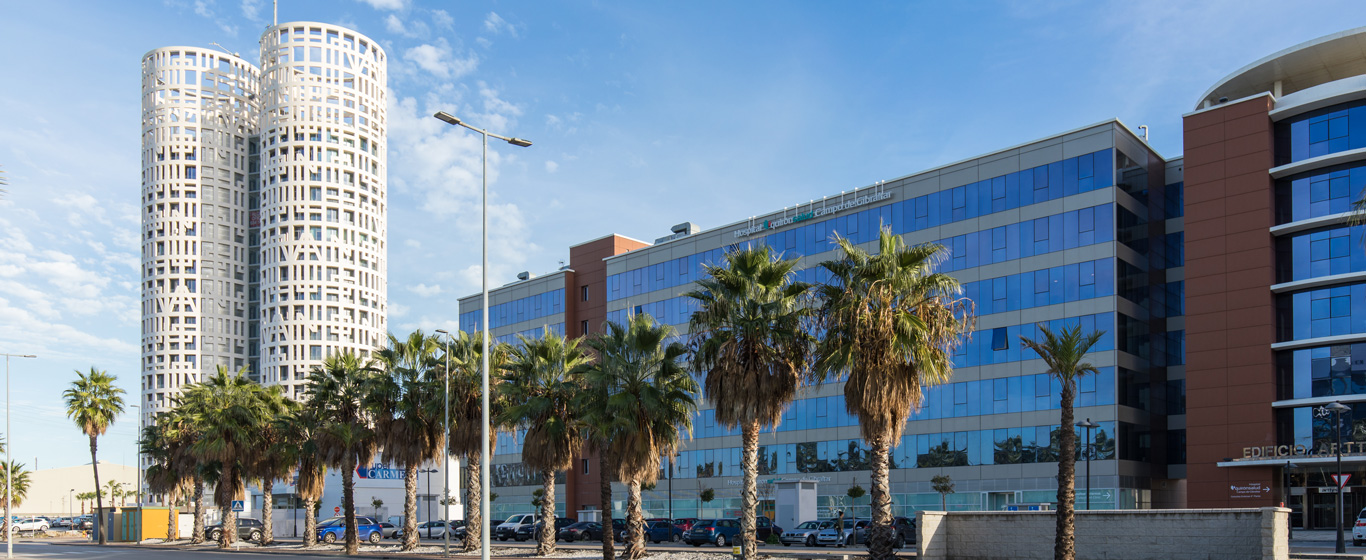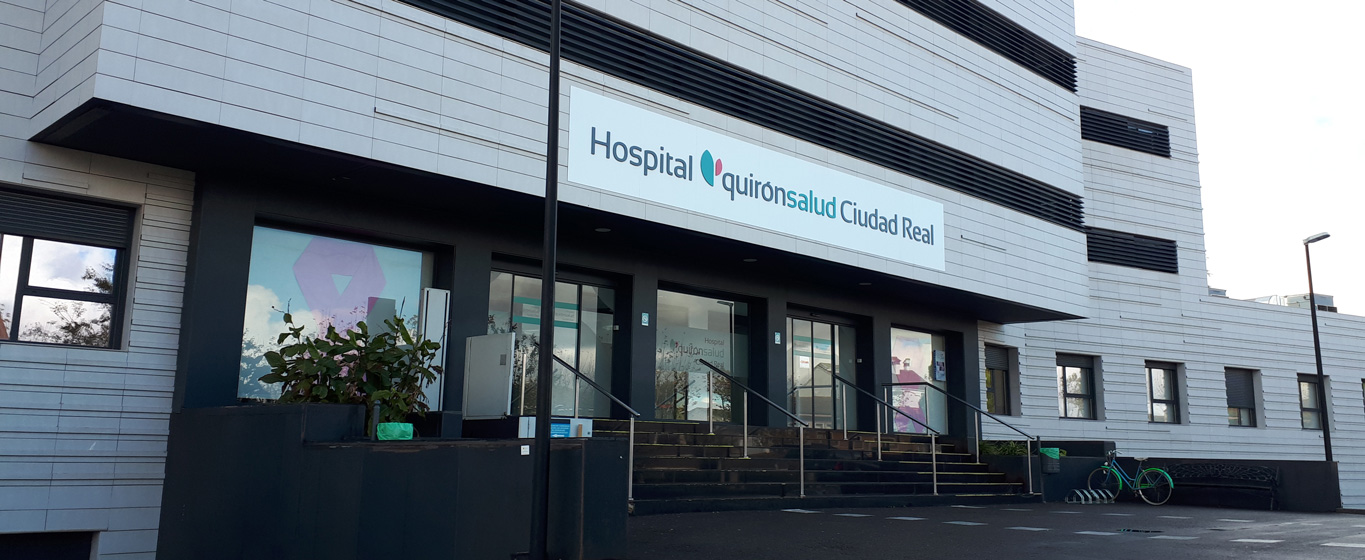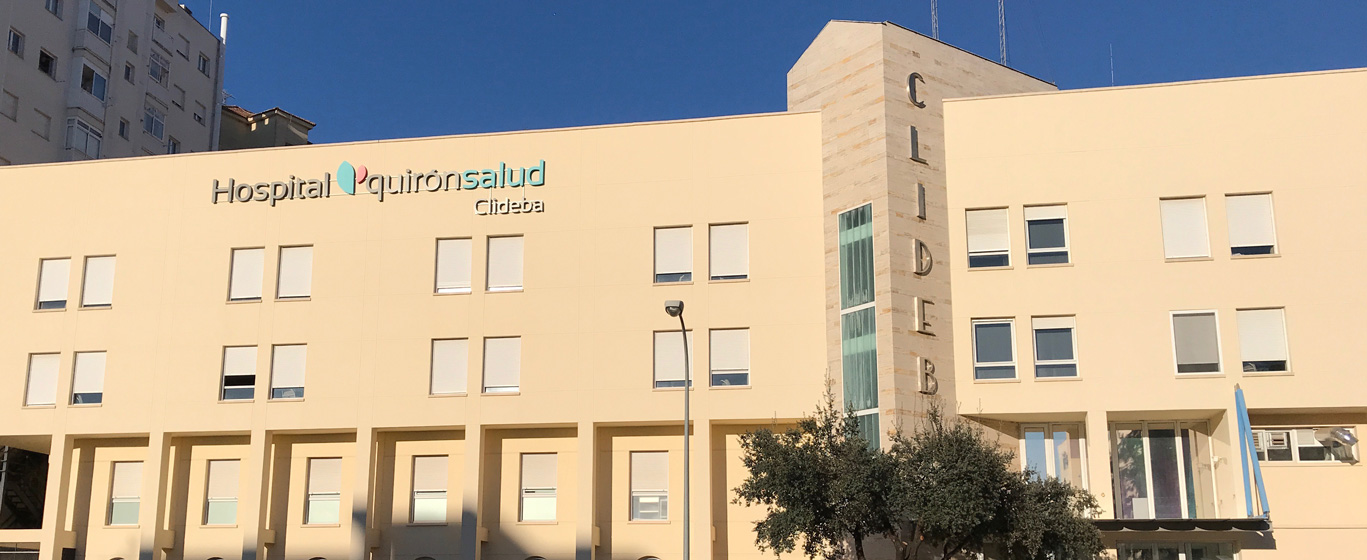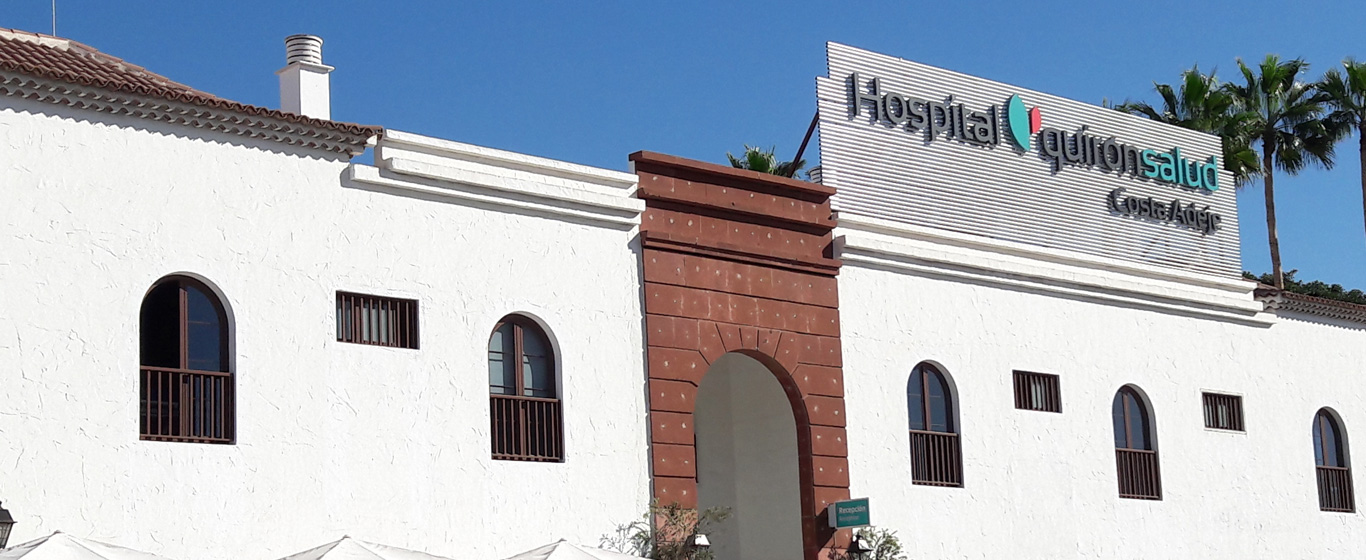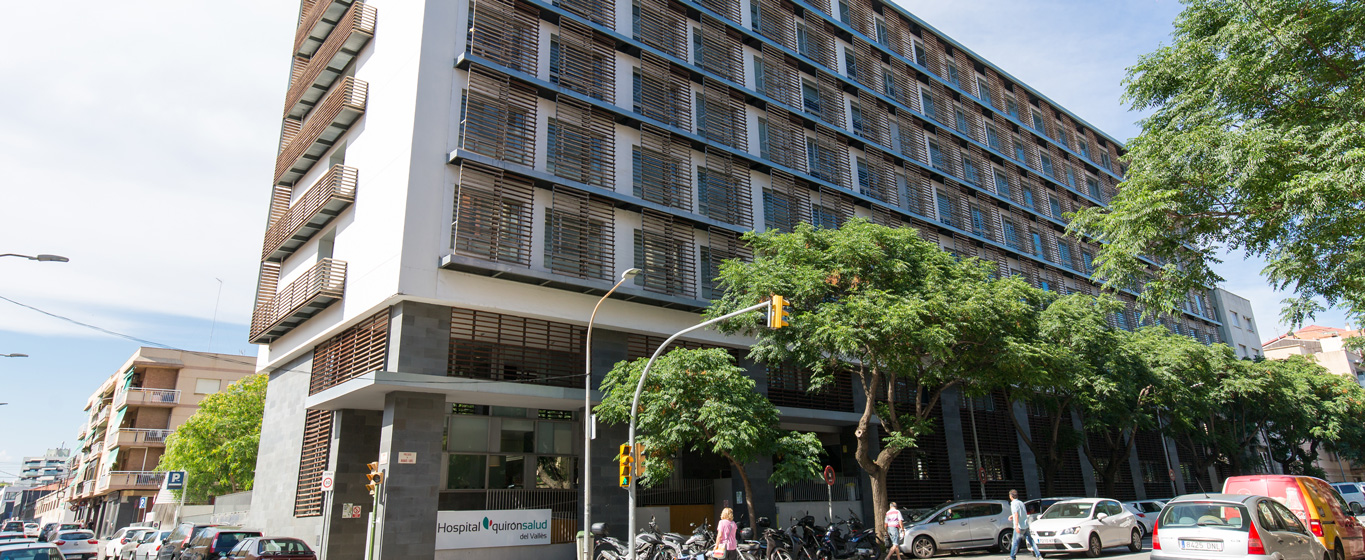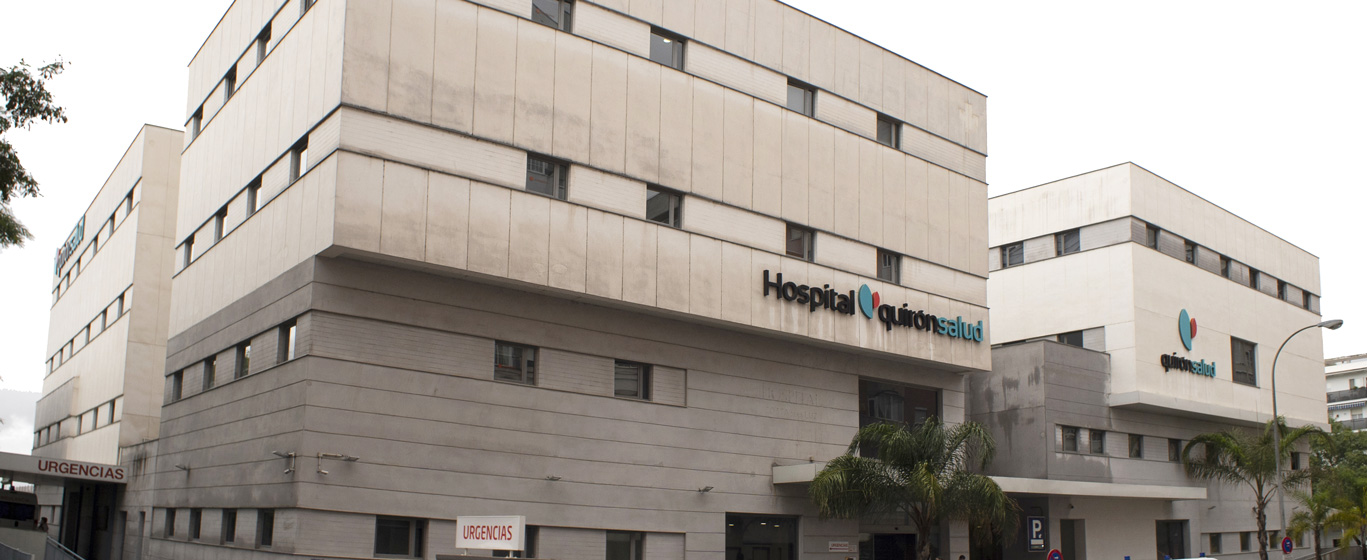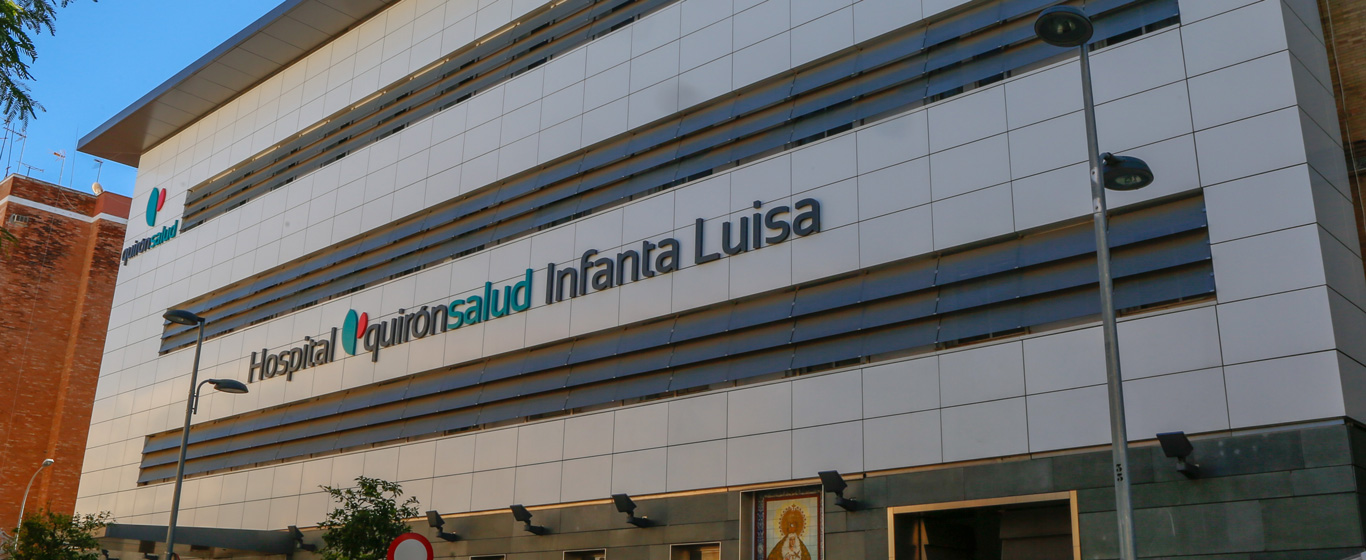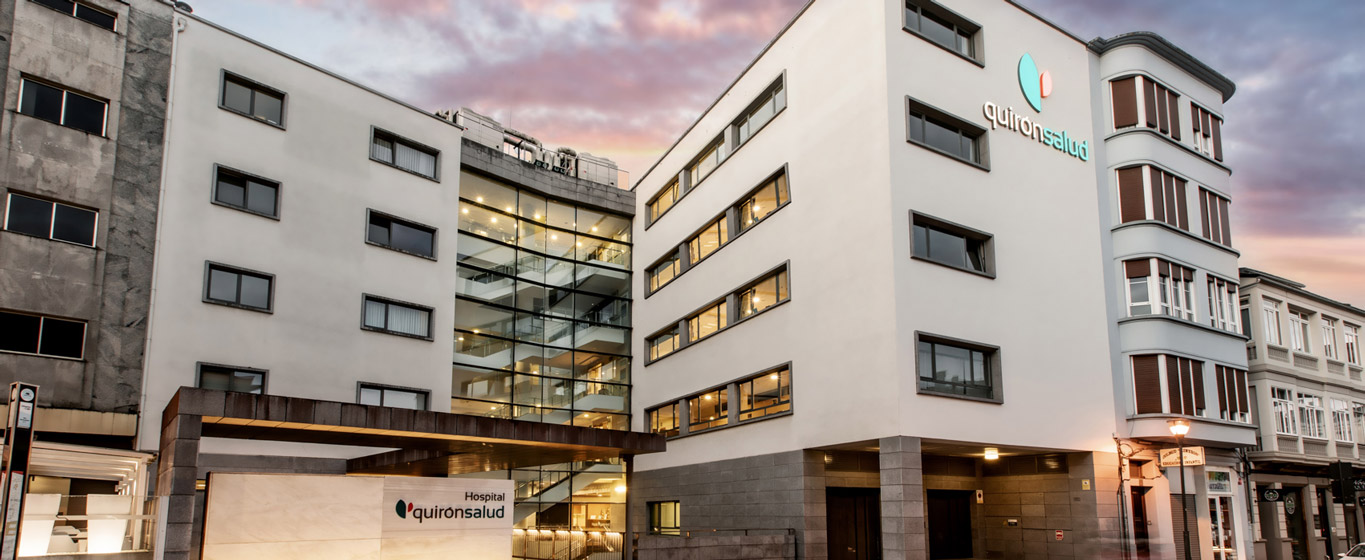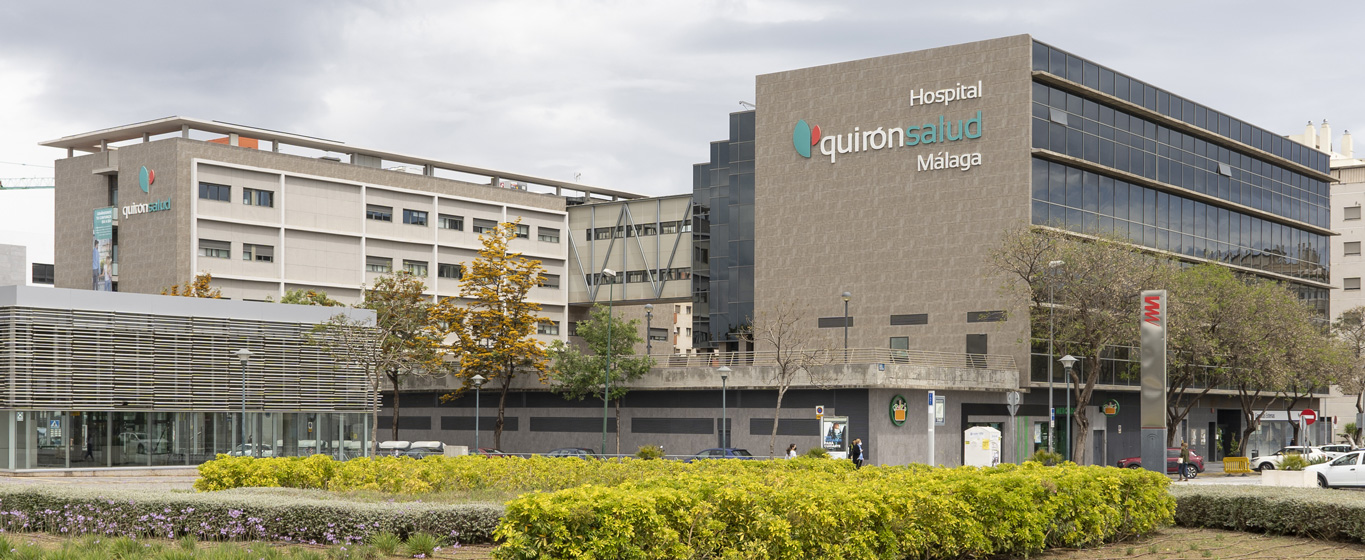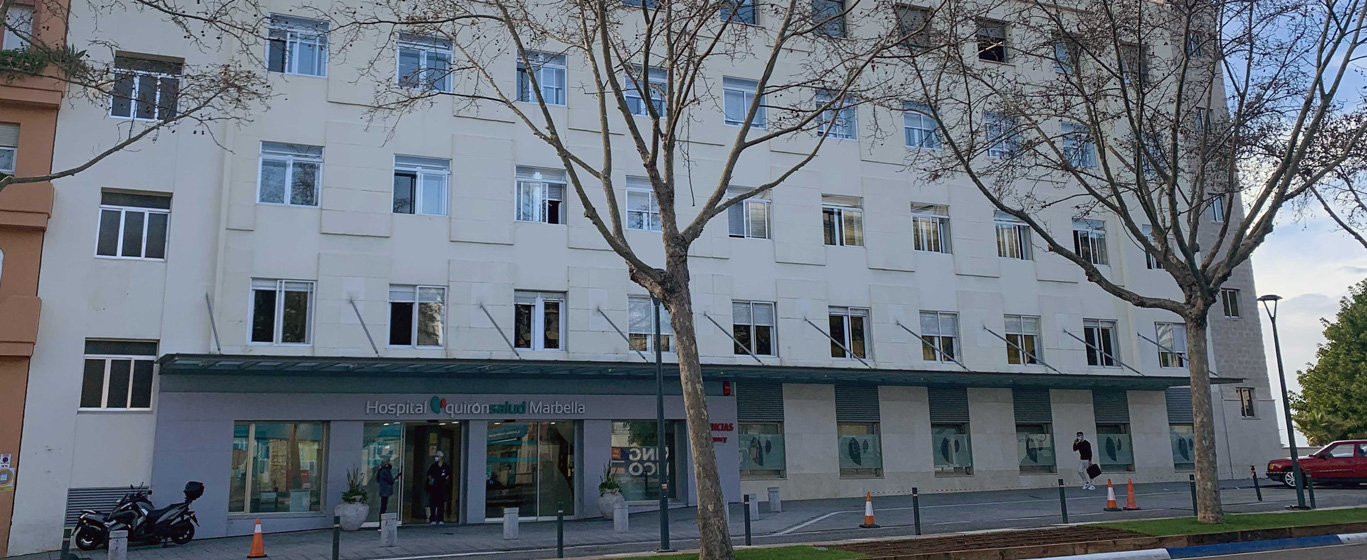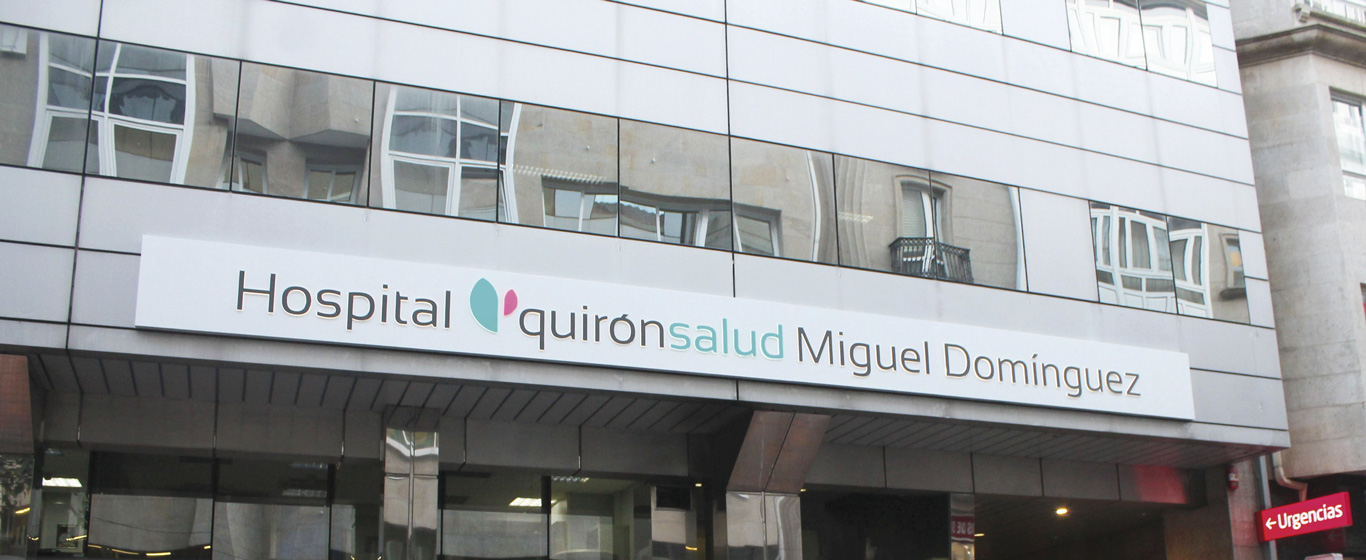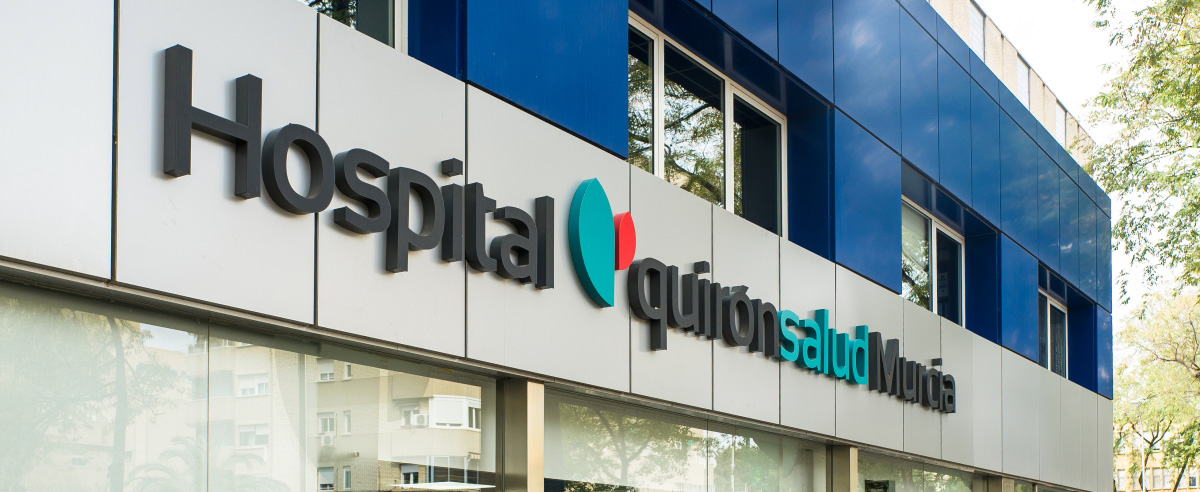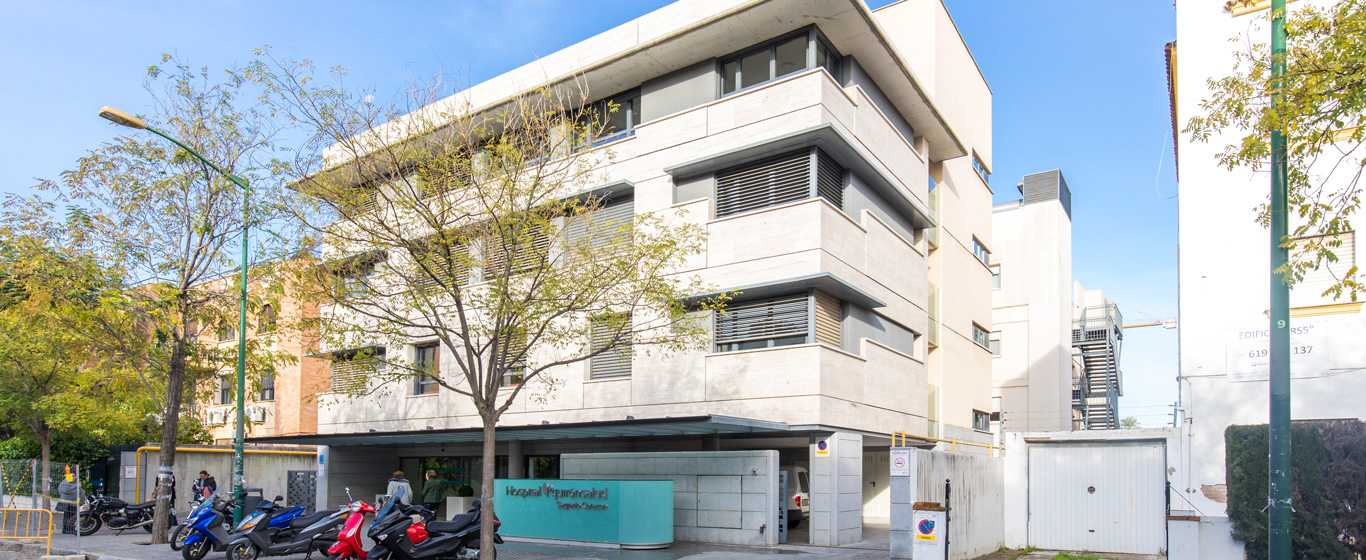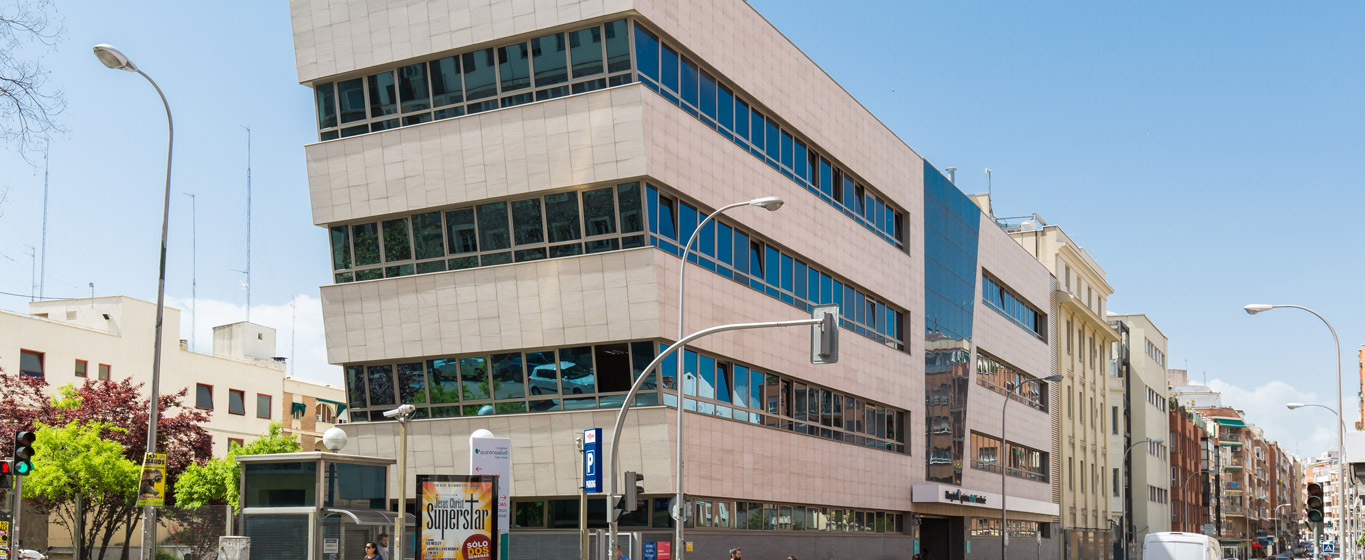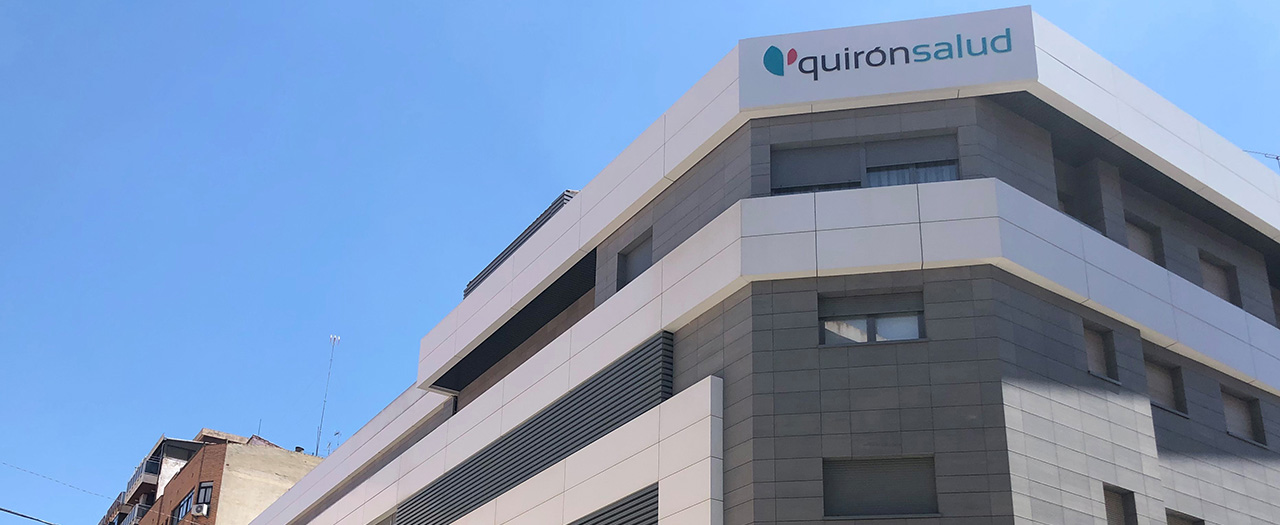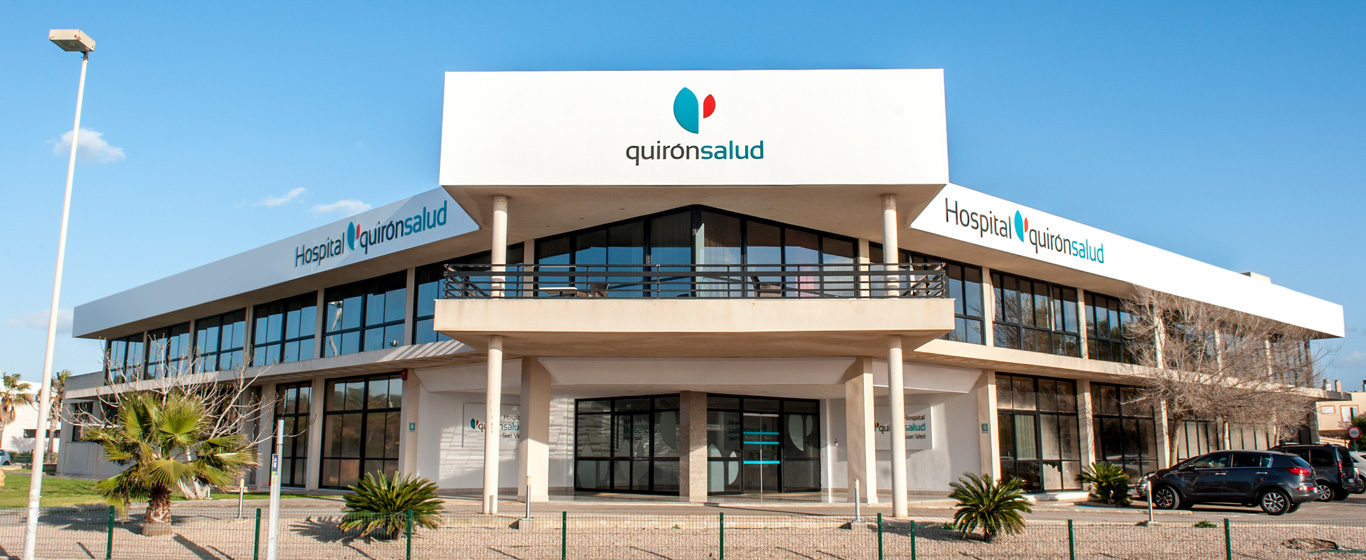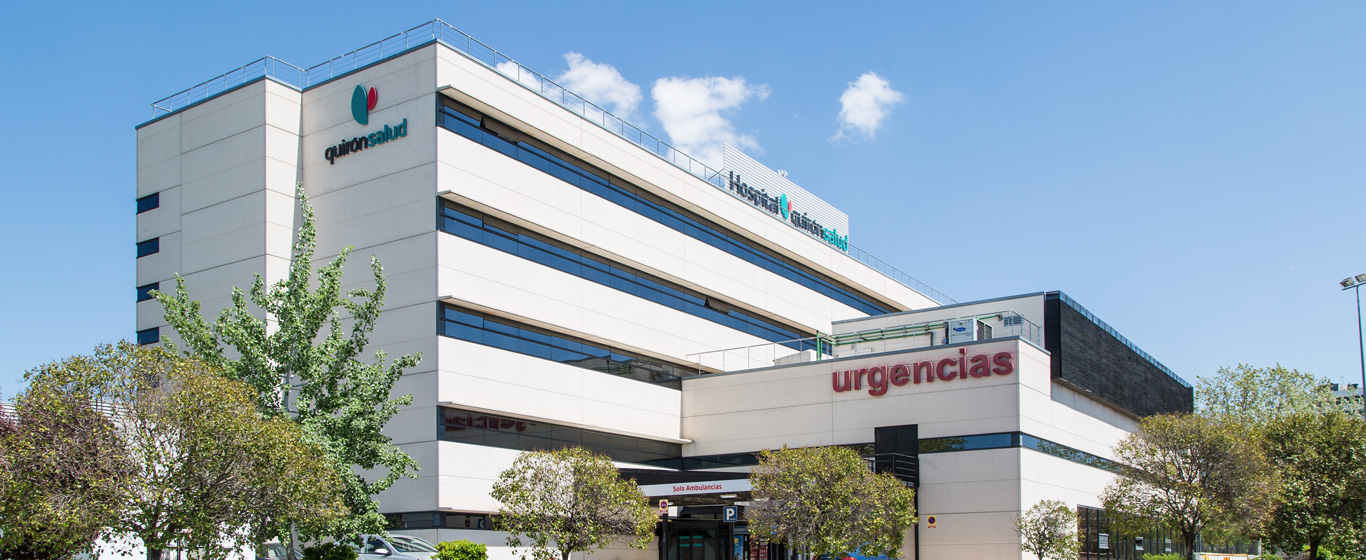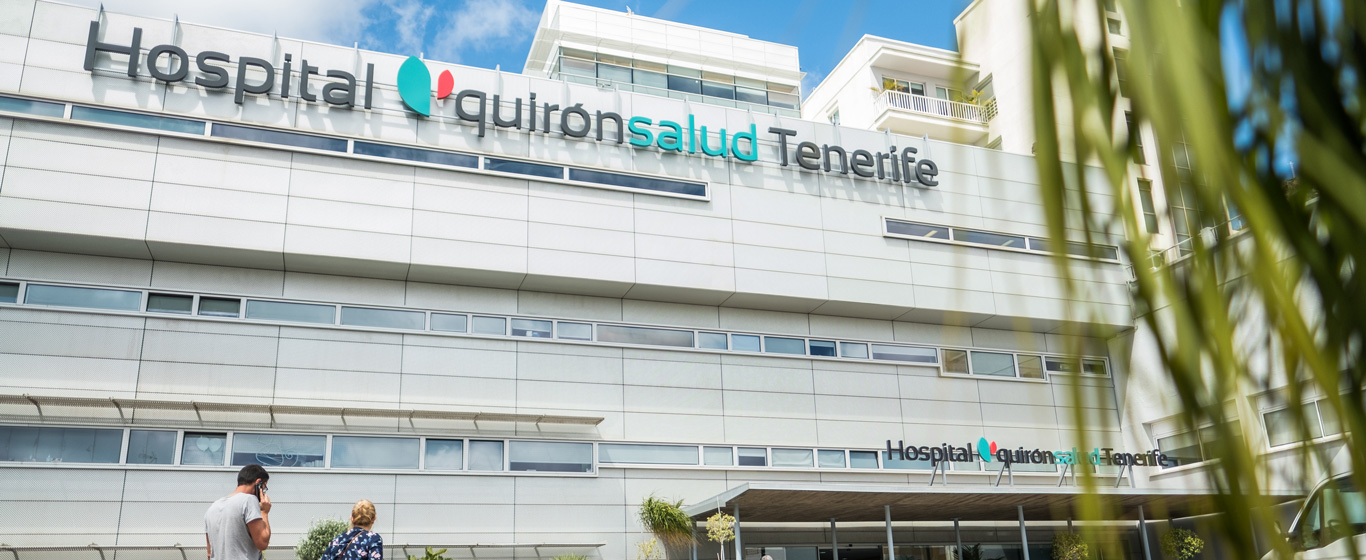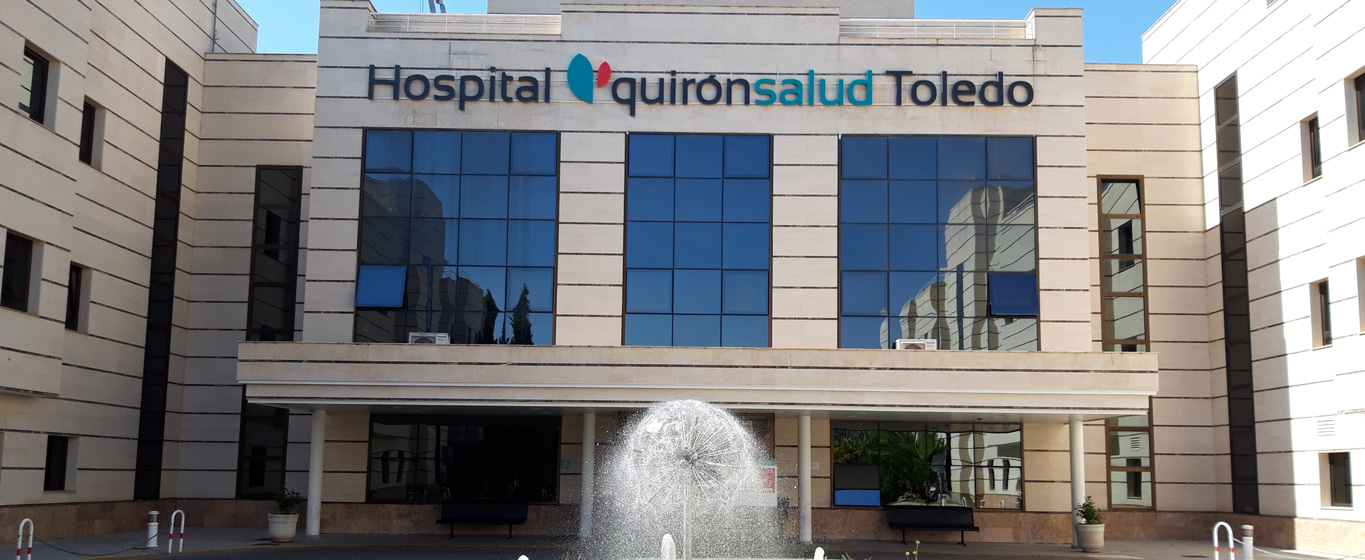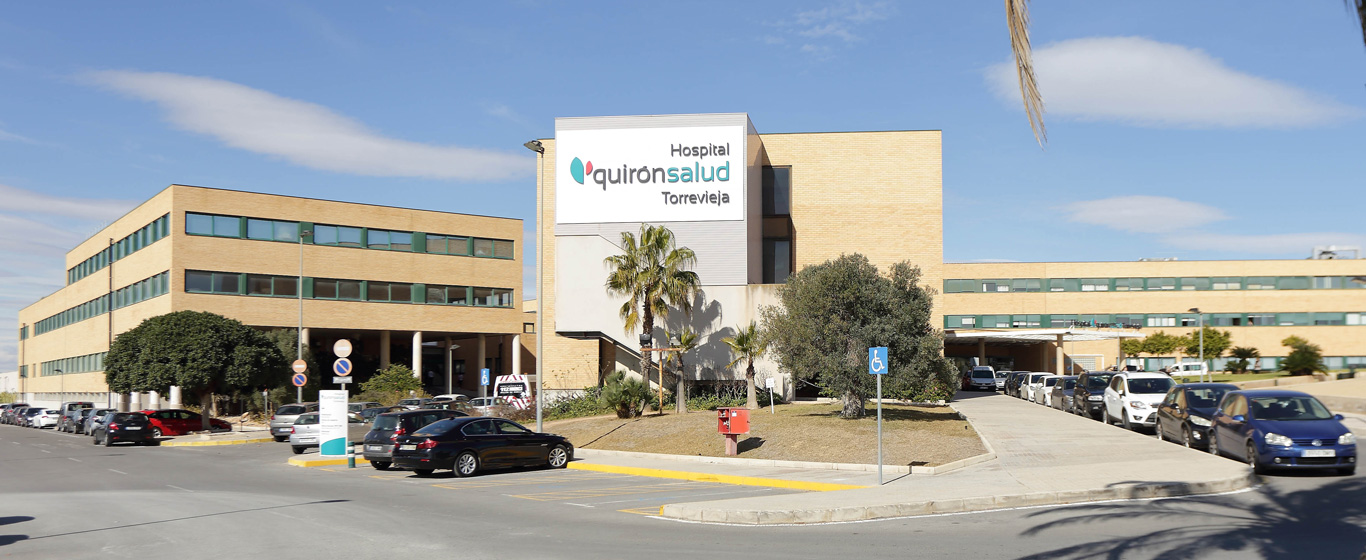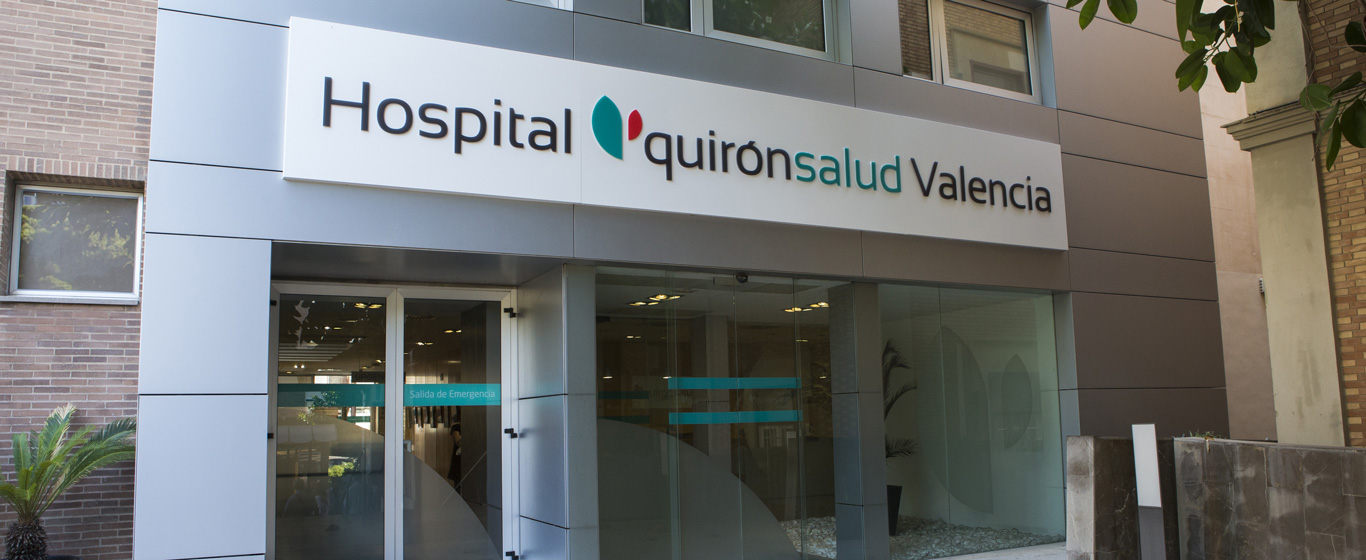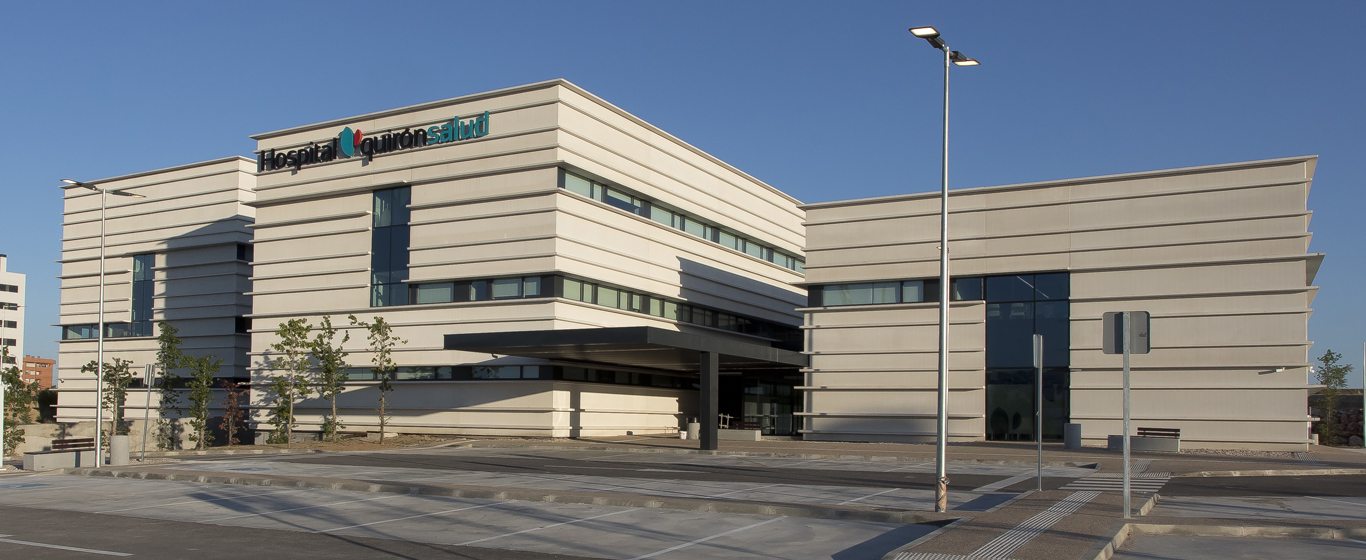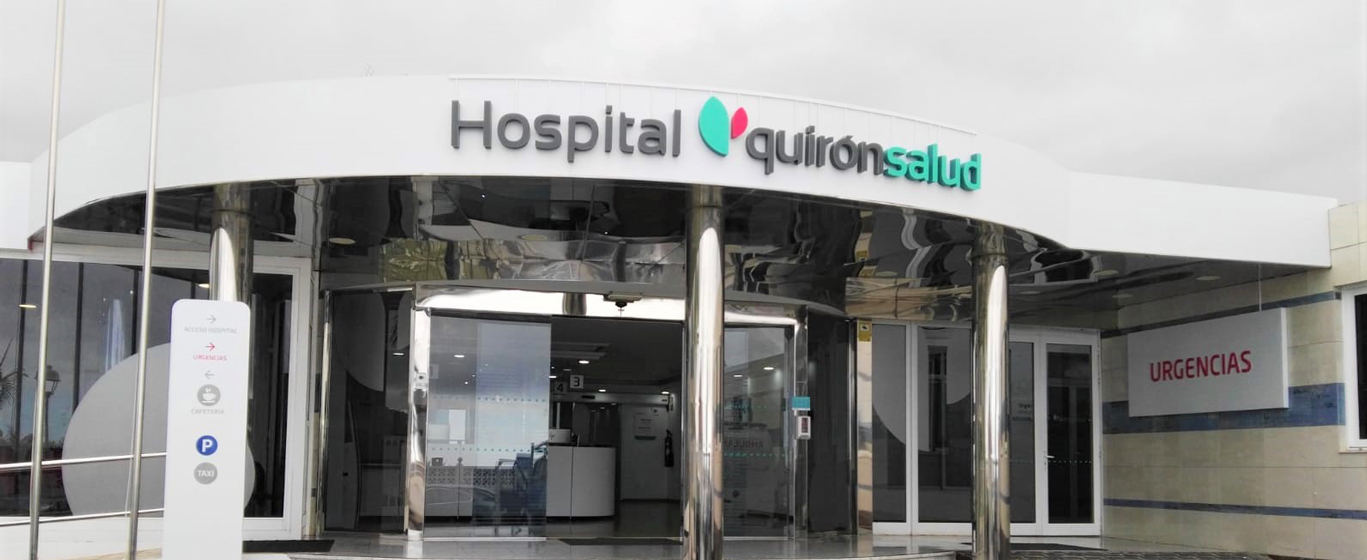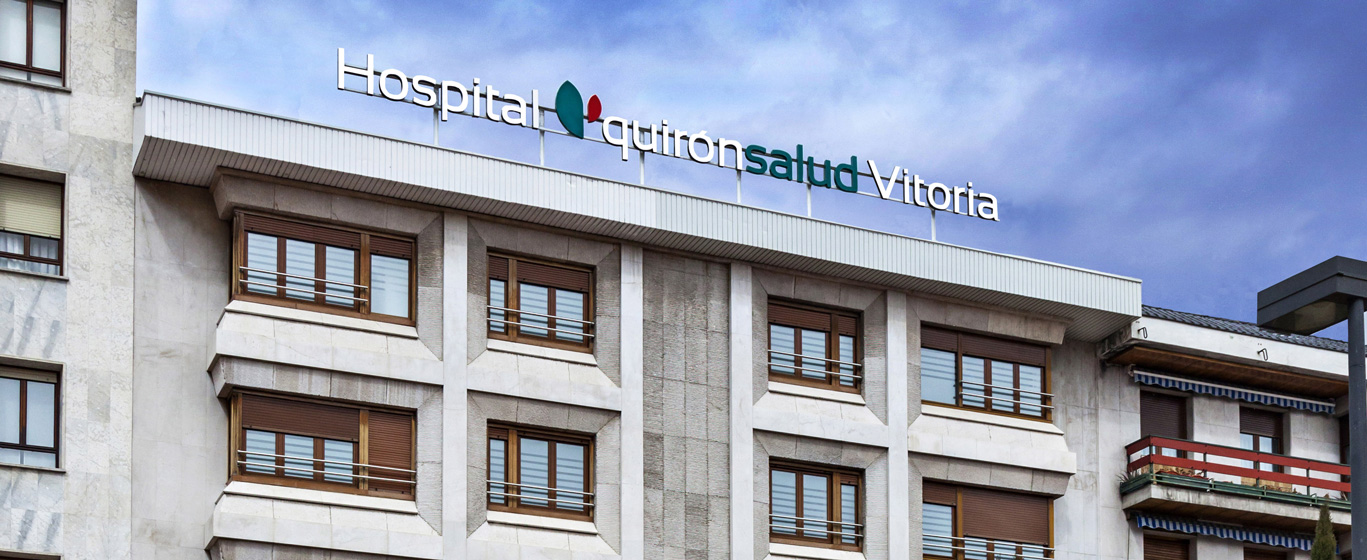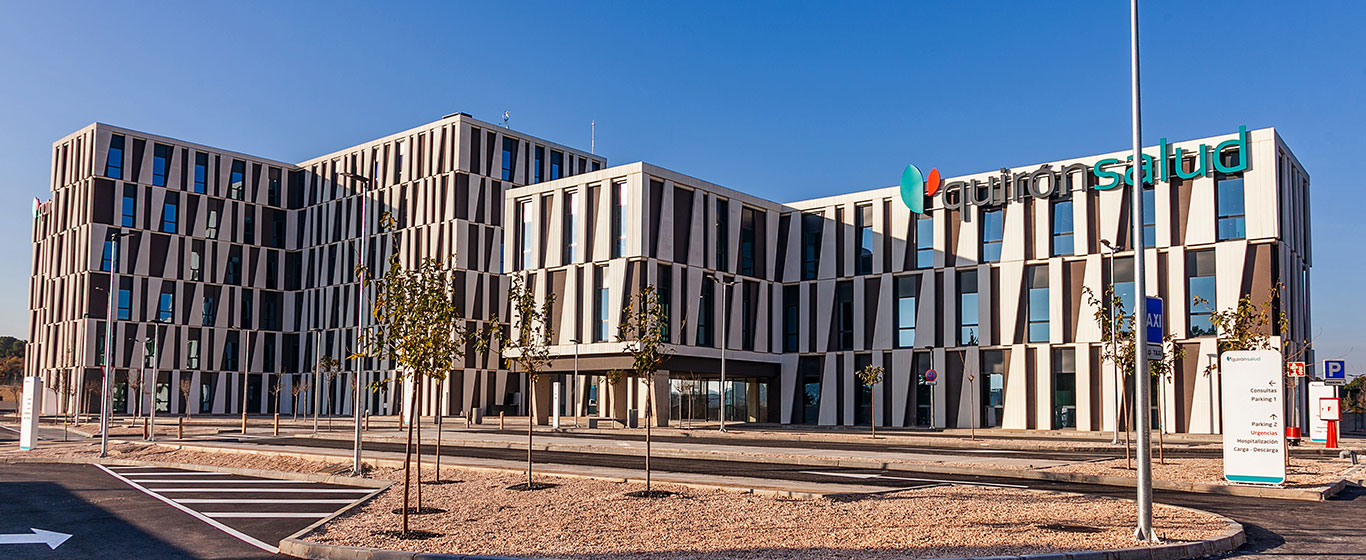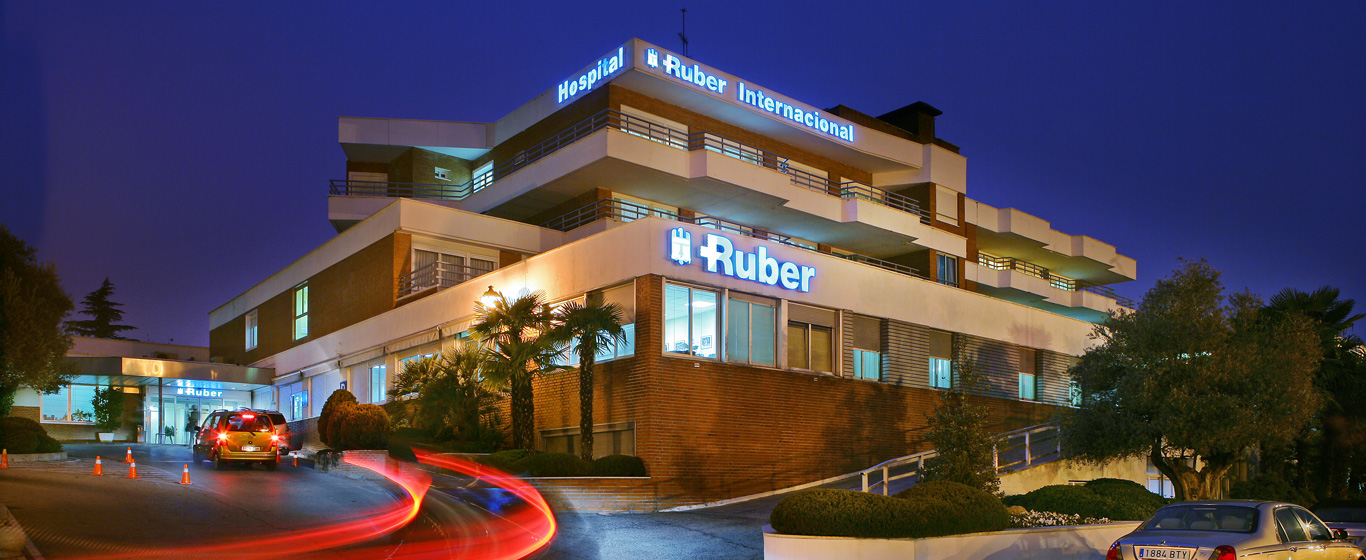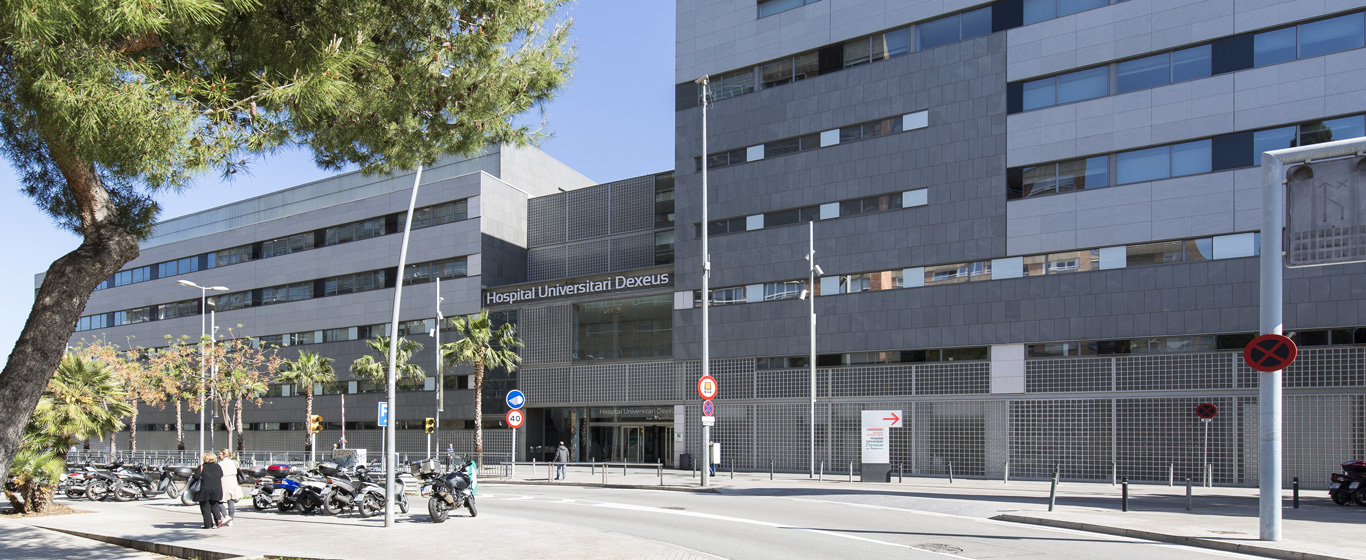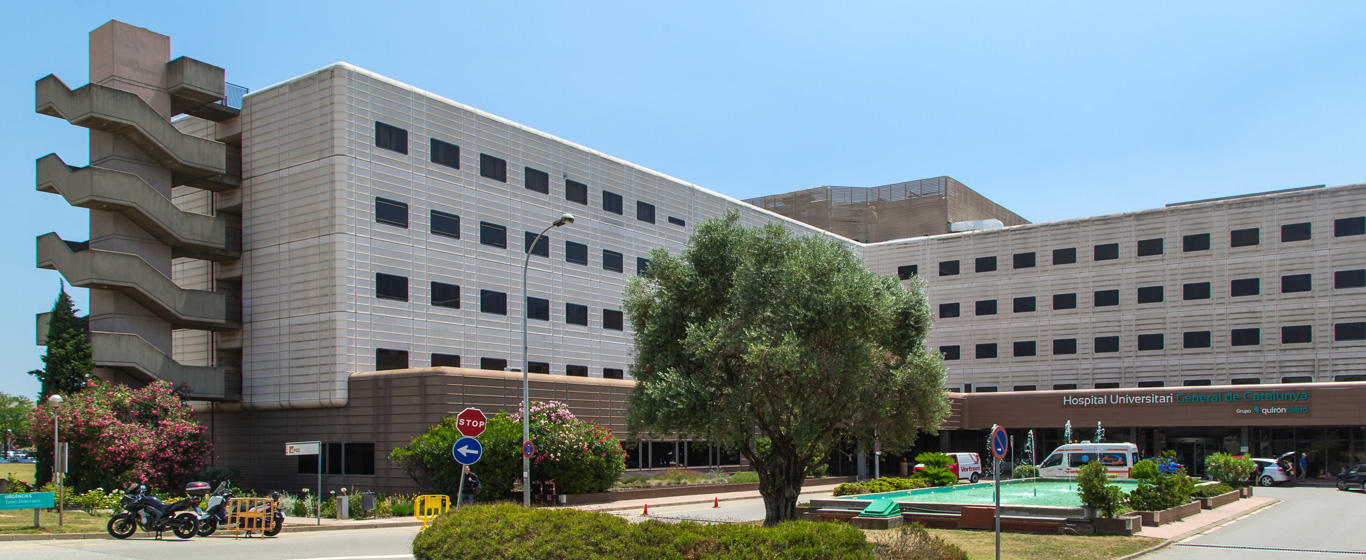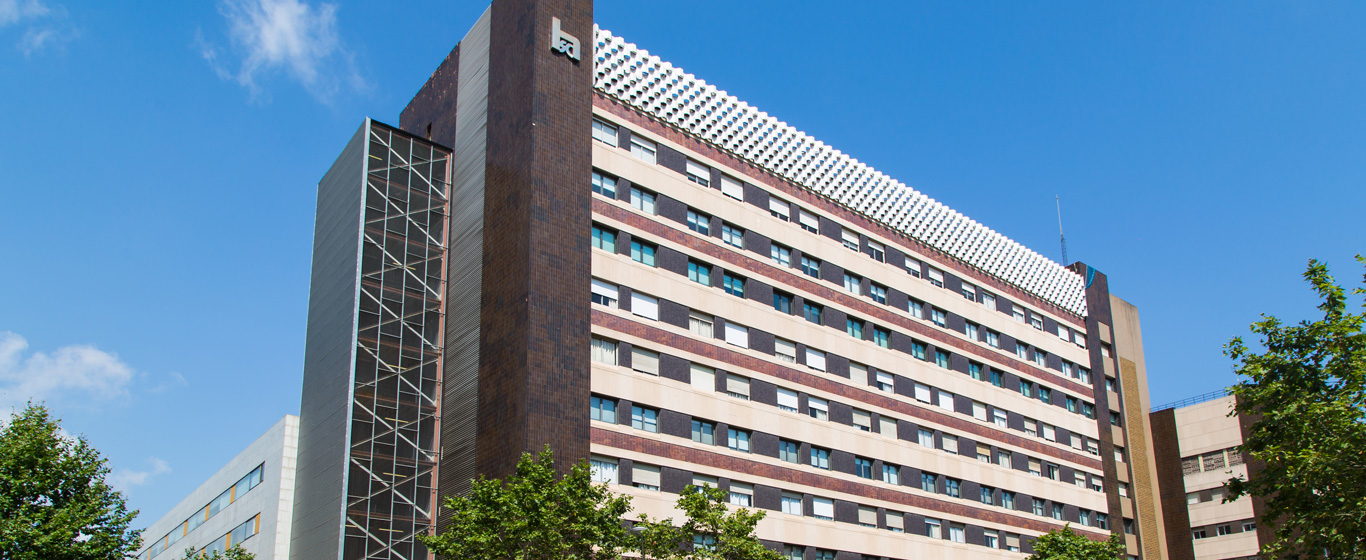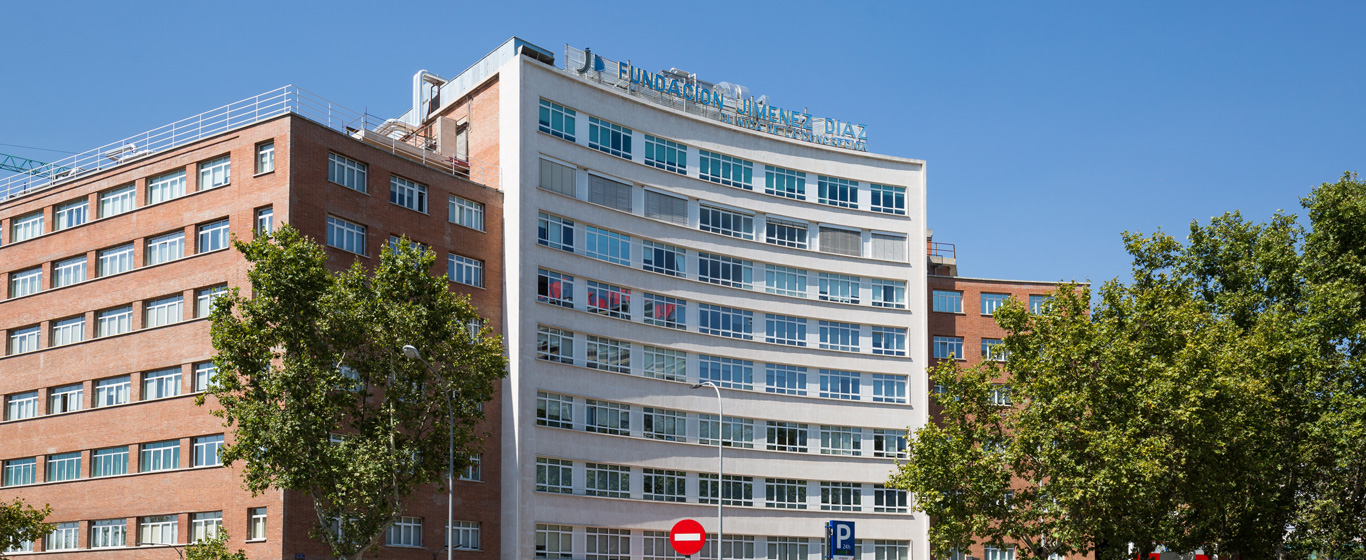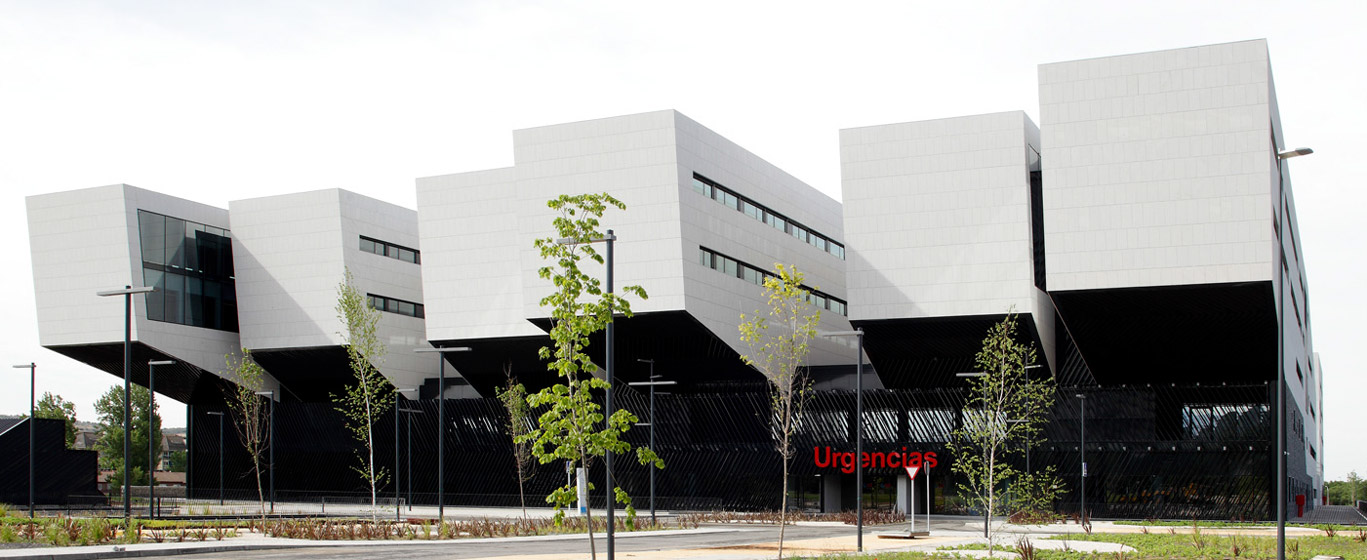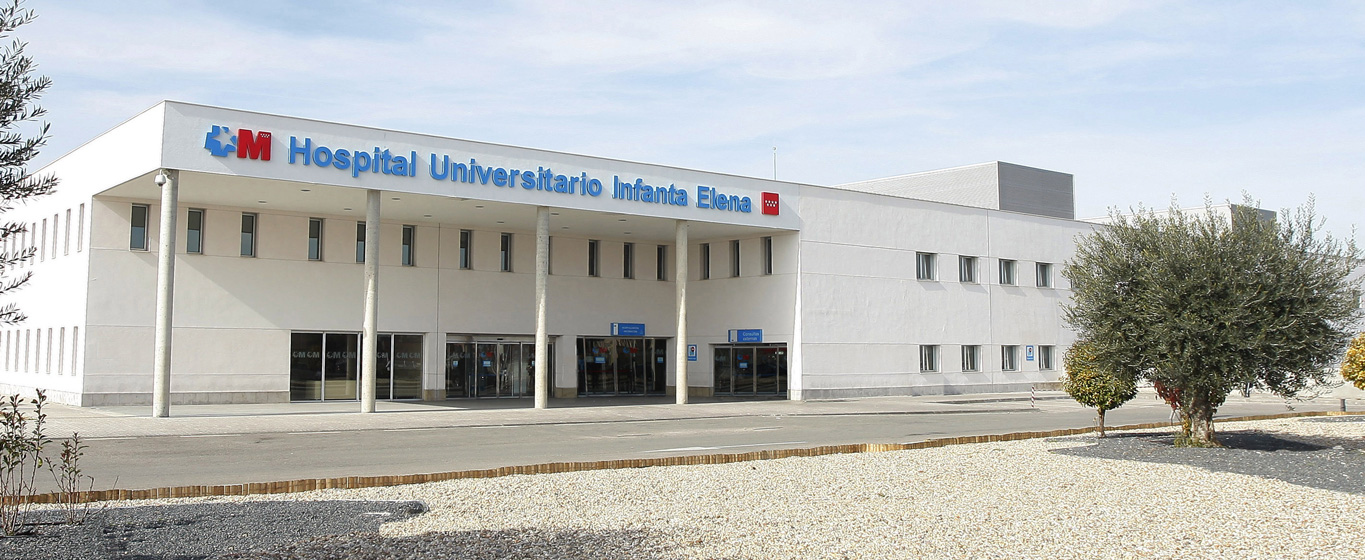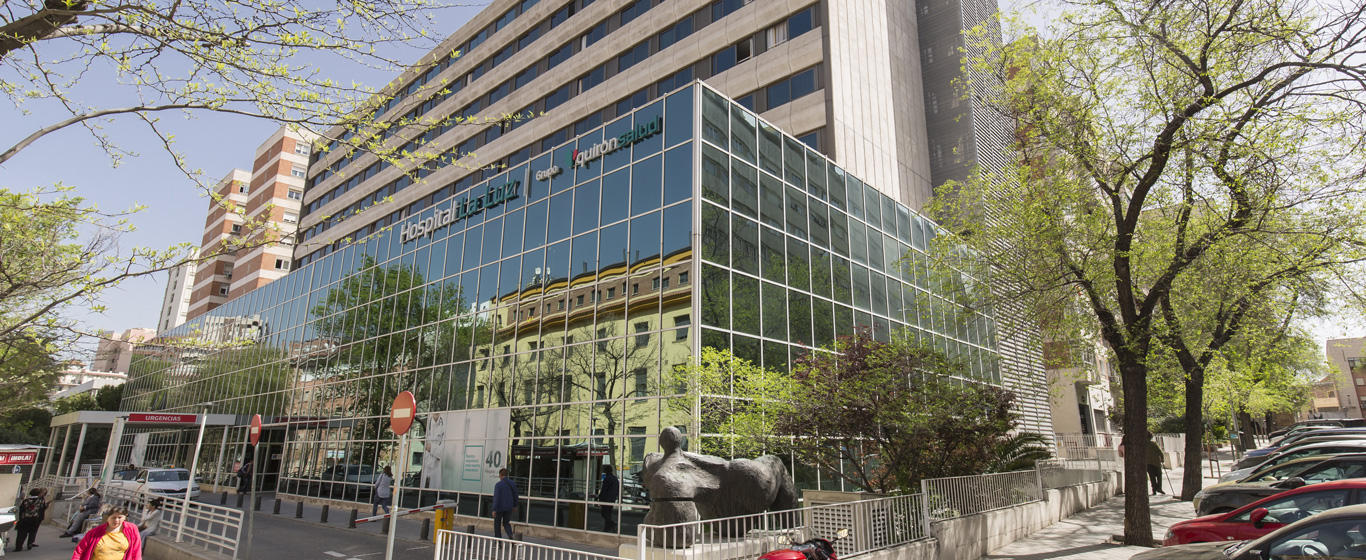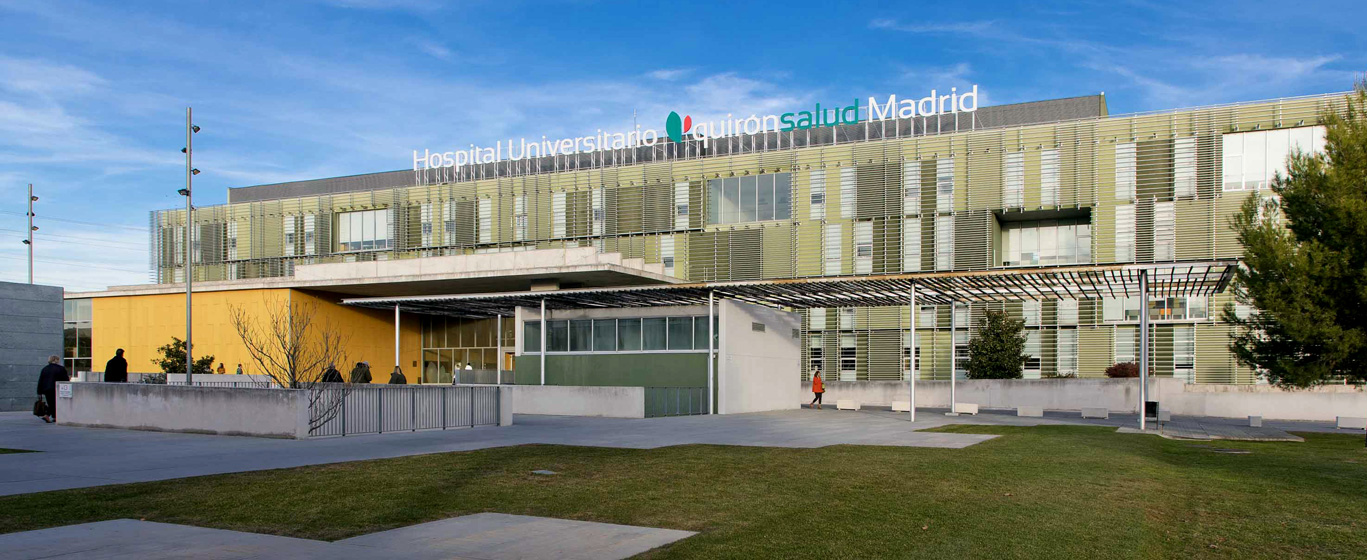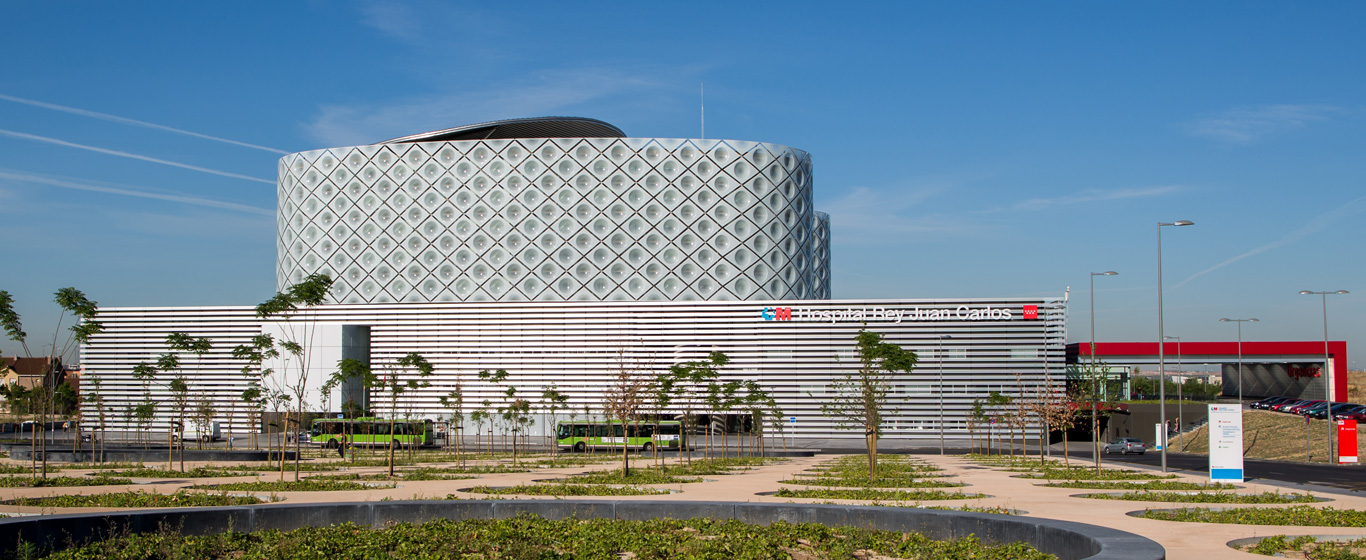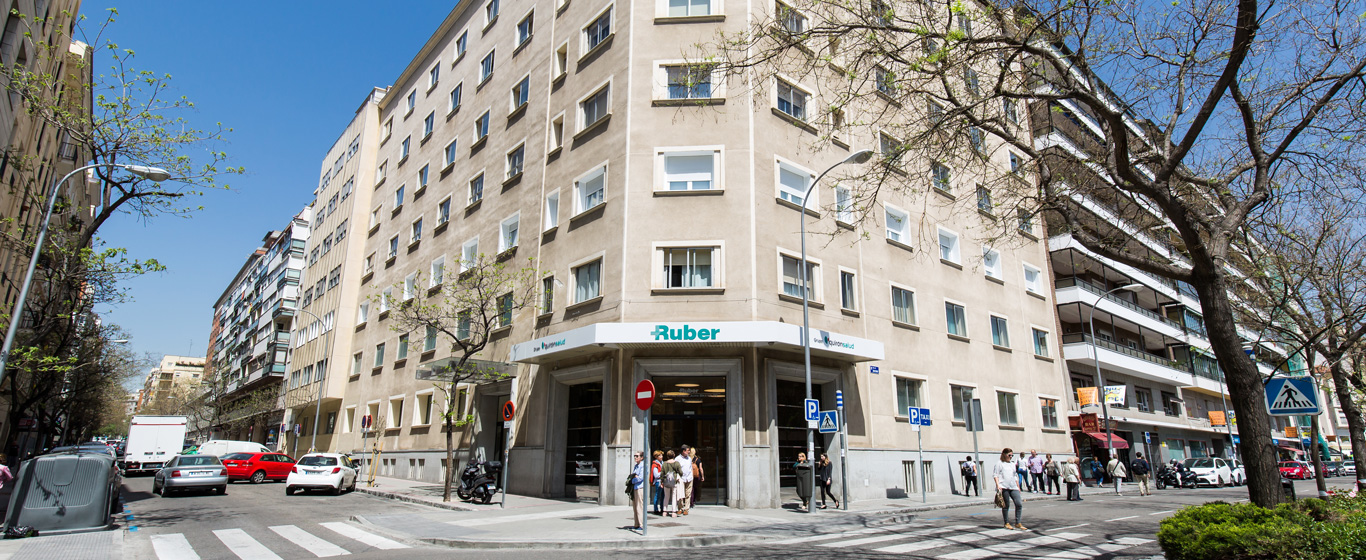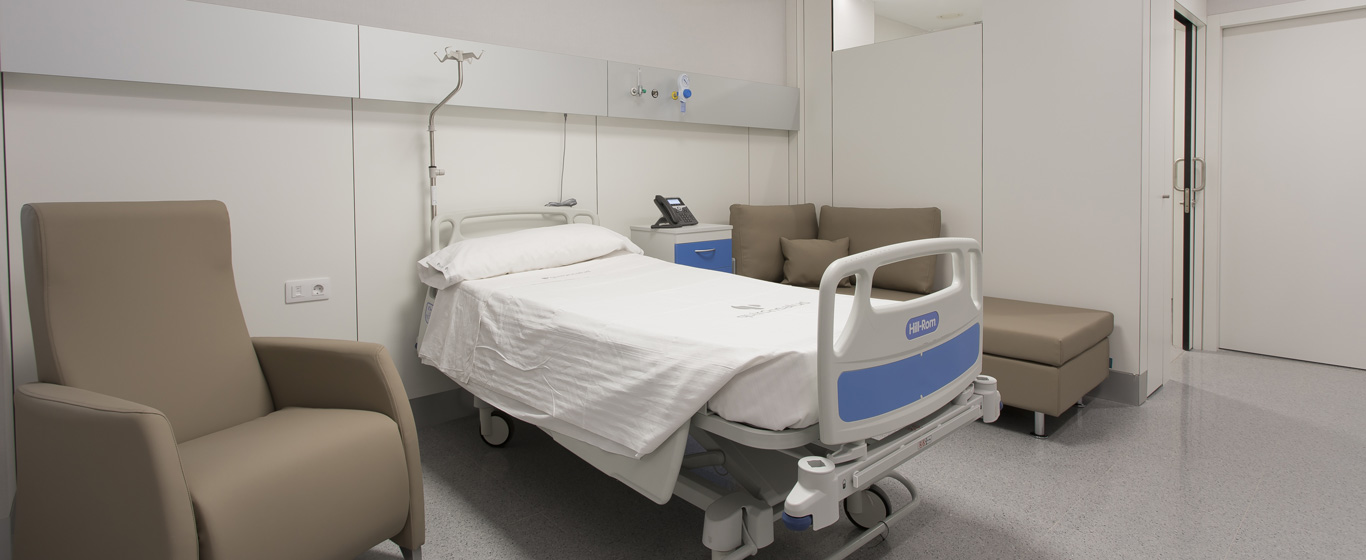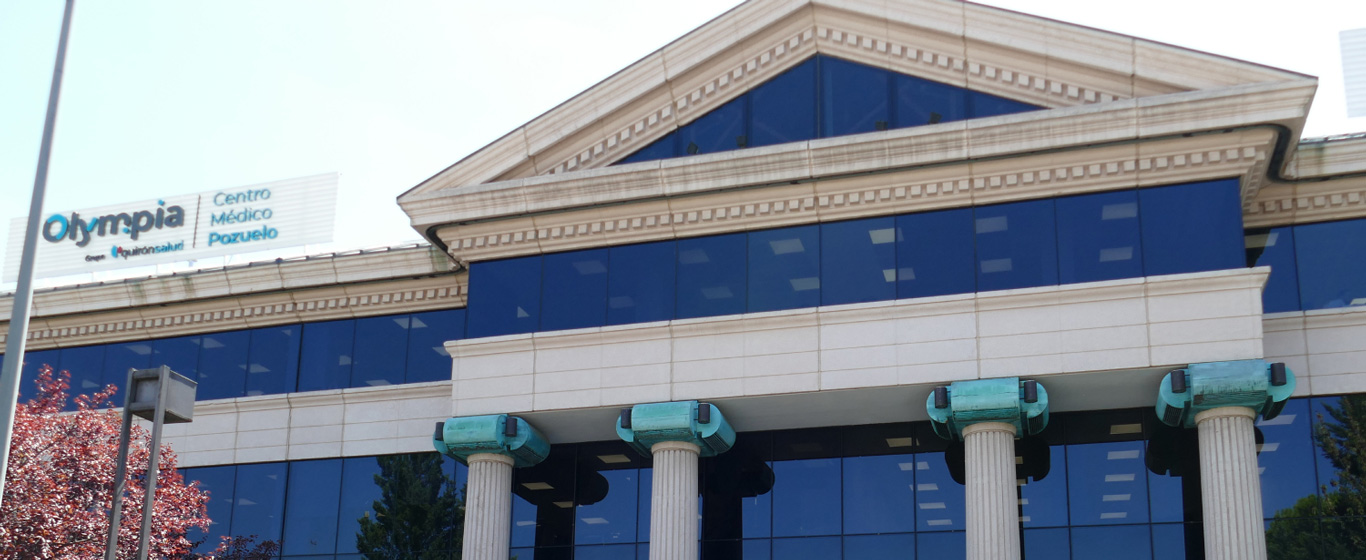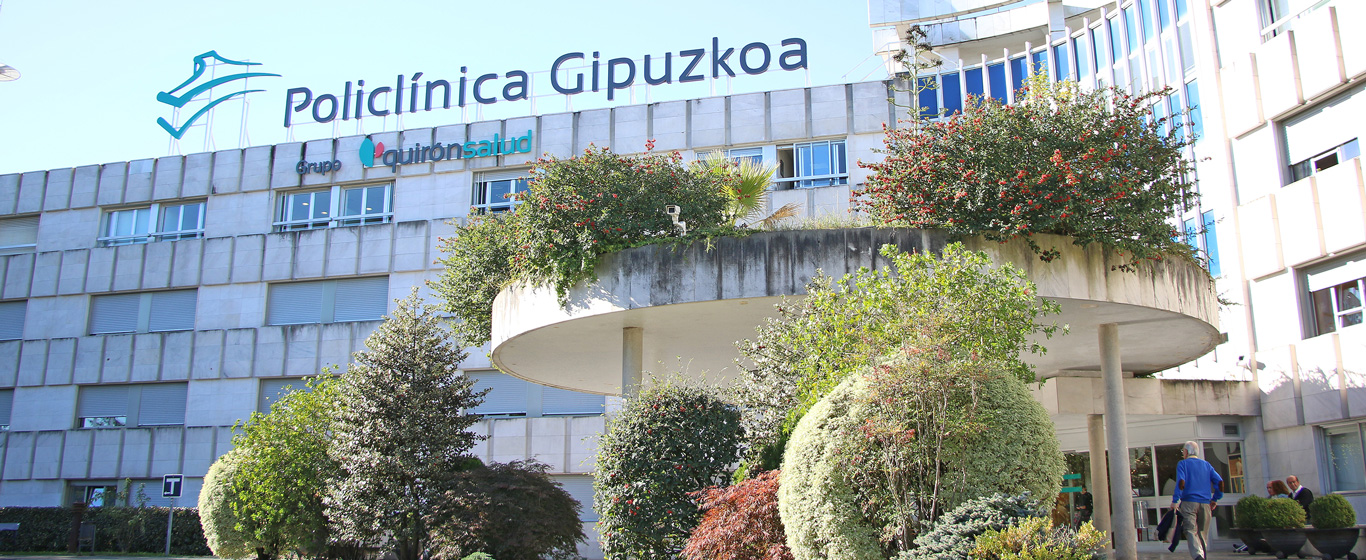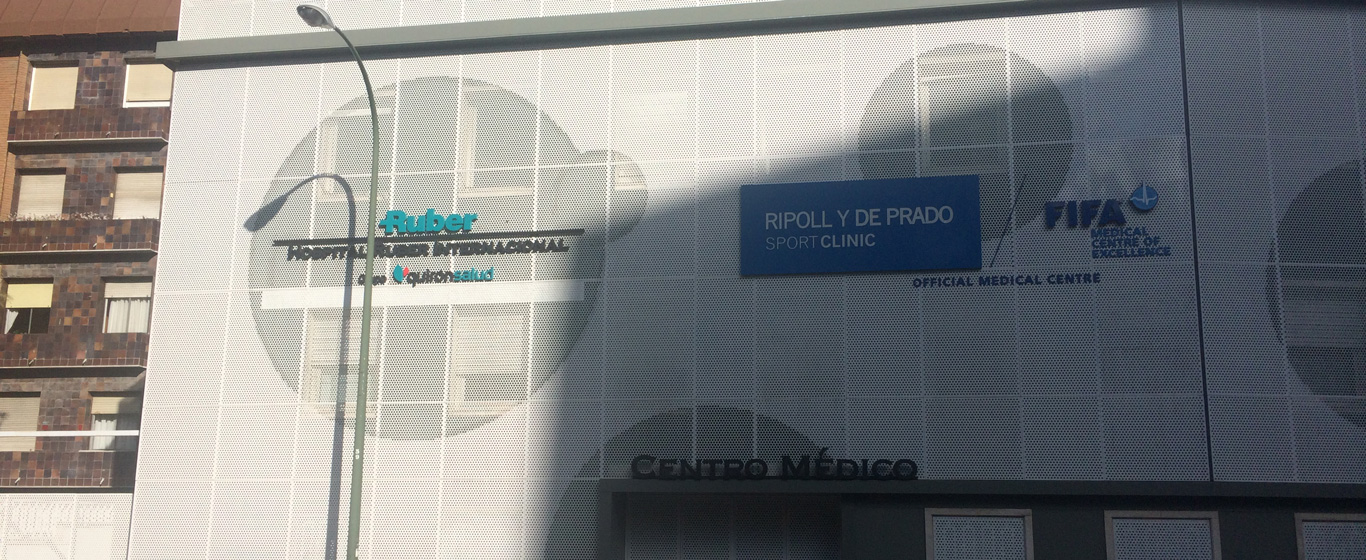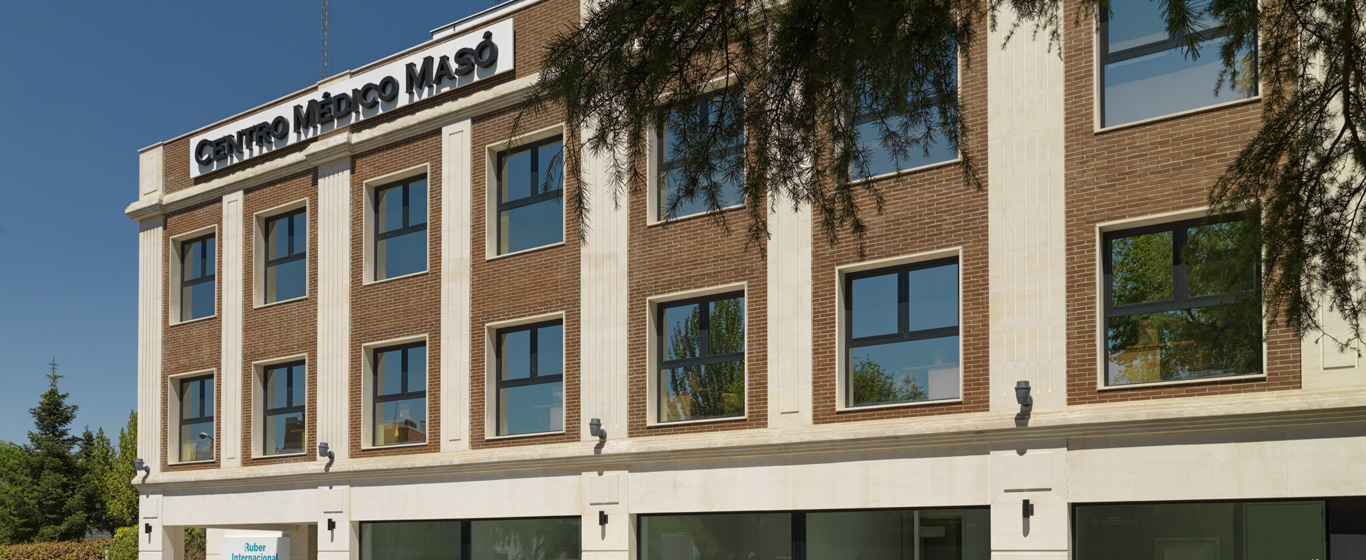Anal Fissure
Information about the causes, symptoms, and most effective treatments for a tear in the internal tissue of the anus.
Symptoms and Causes
An anal fissure is a wound in the mucosal tissue lining the anus. Its depth can vary, so it may present as a mild tear, a crack, or an ulcer. Although usually small in size, it causes intense pain.
The duration of symptoms determines the type of anal fissure:
- Acute anal fissure: heals quickly, in about a week, with non-invasive home treatments.
- Chronic anal fissure: persists for more than eight weeks despite treatment. This chronicity occurs because the sphincter contracts persistently to prevent irritation caused by the passage of stool, but this contraction reduces blood flow and, consequently, the oxygen needed for the wound to heal.
Although anal fissures are common in infants and young children, they can affect people of all ages. In most cases, the prognosis is good, and they heal within a few days with dietary habit changes.
Symptoms
The characteristic symptoms of an anal fissure include:
- Intense pain during bowel movements that may last for minutes or even hours afterward.
- Bright red blood in the stool or on toilet paper.
- Burning sensation.
- Visible crack in the anus accompanied by a small lump.
Causes
Anal fissures are caused by trauma to the mucosa due to:
- Constipation: the most common cause, resulting from excessive straining during bowel movements.
- Large, hard, or solid stools.
- Watery diarrhea.
- Anal intercourse.
- Vaginal childbirth: prolonged straining affects both the vaginal and anorectal canals.
Risk Factors
The likelihood of developing an anal fissure increases in the following situations:
- Chronic constipation.
- Pregnancy and childbirth.
- Age: more common in infants and older adults.
- During sphincter development, the mucosa is more sensitive and easily damaged. In addition, when the muscle is not fully developed, stronger-than-usual spasms occur, making bowel movements more difficult.
- Aging decreases blood flow to the rectum, slowing tissue regeneration.
- Inflammatory bowel diseases, such as Crohn’s disease: inflammation weakens the skin, making it more prone to injury.
- Hemorrhoids.
- Anal intercourse without sufficient lubrication.
- Internal anal sphincter hypertonia: excessive muscle tension hinders stool passage and reduces blood flow in the area.
- Chemotherapy treatment.
- Infections in the anal canal, which irritate the tissues.
- Rectal examination.
- Previous anal canal surgeries.
- Underlying diseases: although less common, certain conditions can cause or hinder the healing of an anal fissure, such as anal cancer, HIV, or syphilis.
Complications
Although most anal fissures resolve quickly, chronic cases may lead to more serious conditions such as:
- Infections: common due to the large number of bacteria present in the anal canal.
- Abscesses: pus-filled cavities that form when infection spreads.
- Anal fistula: a channel that connects the anal canal with the perineal skin, usually resulting from a spontaneously drained abscess.
- Chronic constipation caused by the patient’s reluctance to defecate to avoid pain.
Prevention
Although not all anal fissures can be prevented, avoiding constipation significantly reduces the risk. It is recommended to follow a balanced diet rich in fiber, drink plenty of fluids, and exercise regularly.
Which specialist treats anal fissures?
Anal fissures are diagnosed and treated in the specialty of General and Digestive Surgery.
Diagnosis
Diagnosis of anal fissure is based on anamnesis and physical examination:
- Medical history: the specialist gathers information about medical background, dietary habits, lifestyle, and patient-reported symptoms.
- Physical examination: with the patient lying on their side or face down, the buttocks are gently separated to visualize the lesion. It may appear as a superficial cut, a tear, a fold, or a small bump.
Fissures usually appear in the anterior or posterior part of the anus. If they are located elsewhere, they may indicate another condition, requiring additional tests:
- Anoscopy: a short, rigid tube with a light at the end is inserted to view the anal canal and lower rectum in greater detail. It helps detect hemorrhoids, fissures, infections, or precancerous lesions.
- Sigmoidoscopy: a flexible probe is inserted to examine the anal canal, rectum, and lower part of the colon. It is useful for diagnosing Crohn’s disease, intestinal disorders, or cancerous tumors.
- Colonoscopy: similar to the previous procedure but allows observation of the entire colon.
Treatment
At the first signs of an anal fissure, it is recommended to adopt dietary changes and specific home care:
- Increase fiber intake.
- Drink more fluids.
- Take warm sitz baths for 10–15 minutes, especially after bowel movements.
If symptoms persist, it is time to see a specialist for further treatment:
- Topical medication: creams or ointments to relieve symptoms:
- Blastoestimulina: increases blood flow to promote healing and skin regeneration.
- Anesthetics: relieve pain.
- Anti-inflammatory agents: reduce swelling.
- Nitroglycerin: relaxes the muscles.
- Botulinum toxin injections: help stop sphincter spasms, improving blood flow and healing.
- Surgery: considered the last resort when other treatments fail. Approximately one centimeter of the internal sphincter is cut to reduce spasms and relieve pain.




